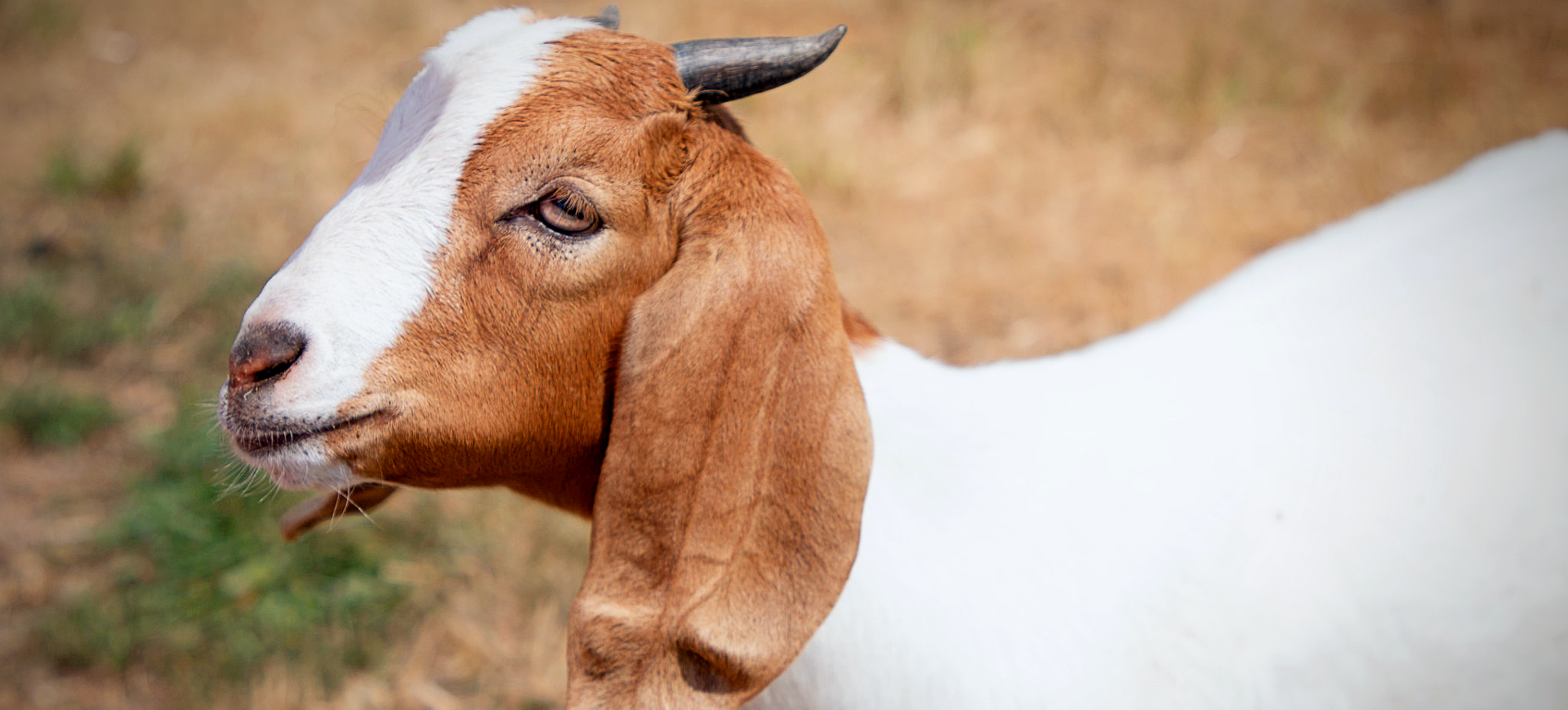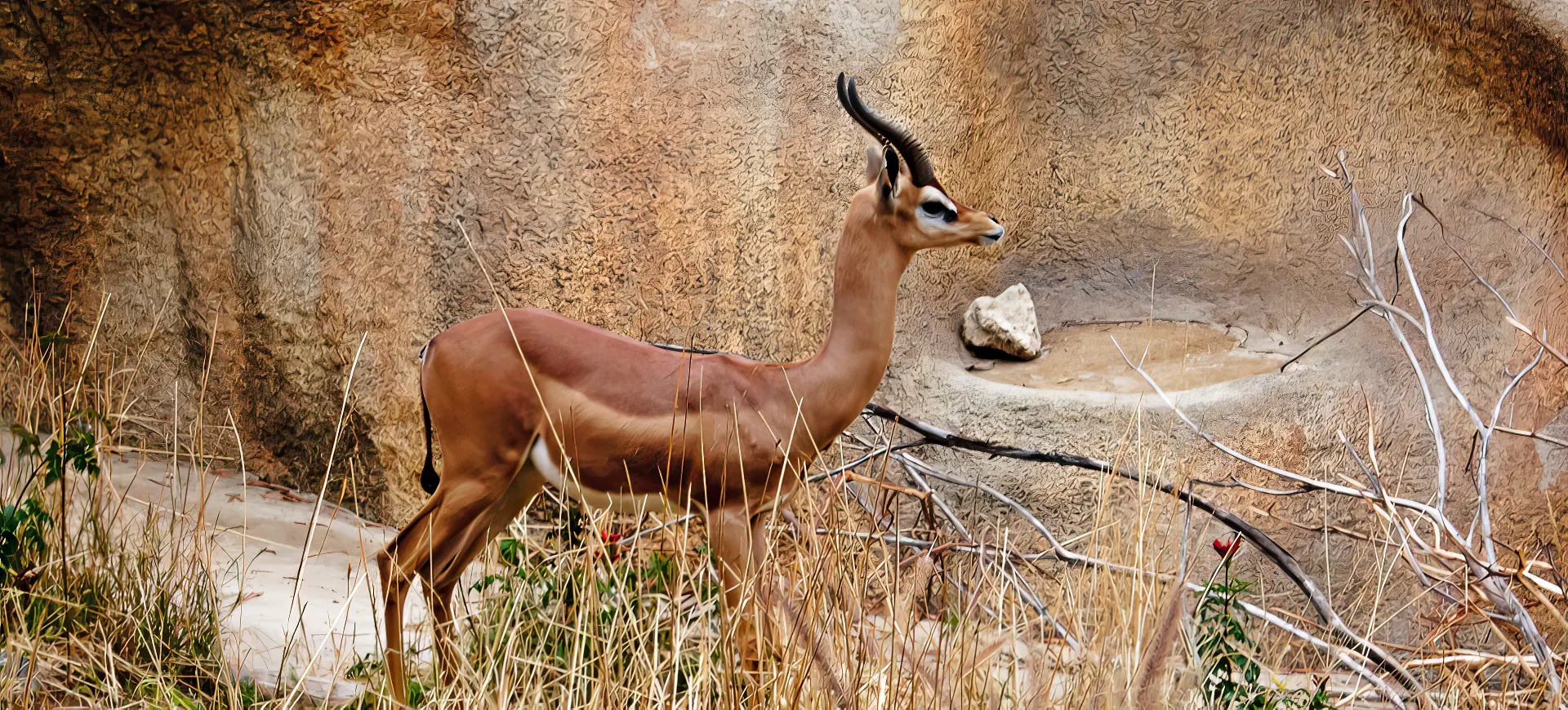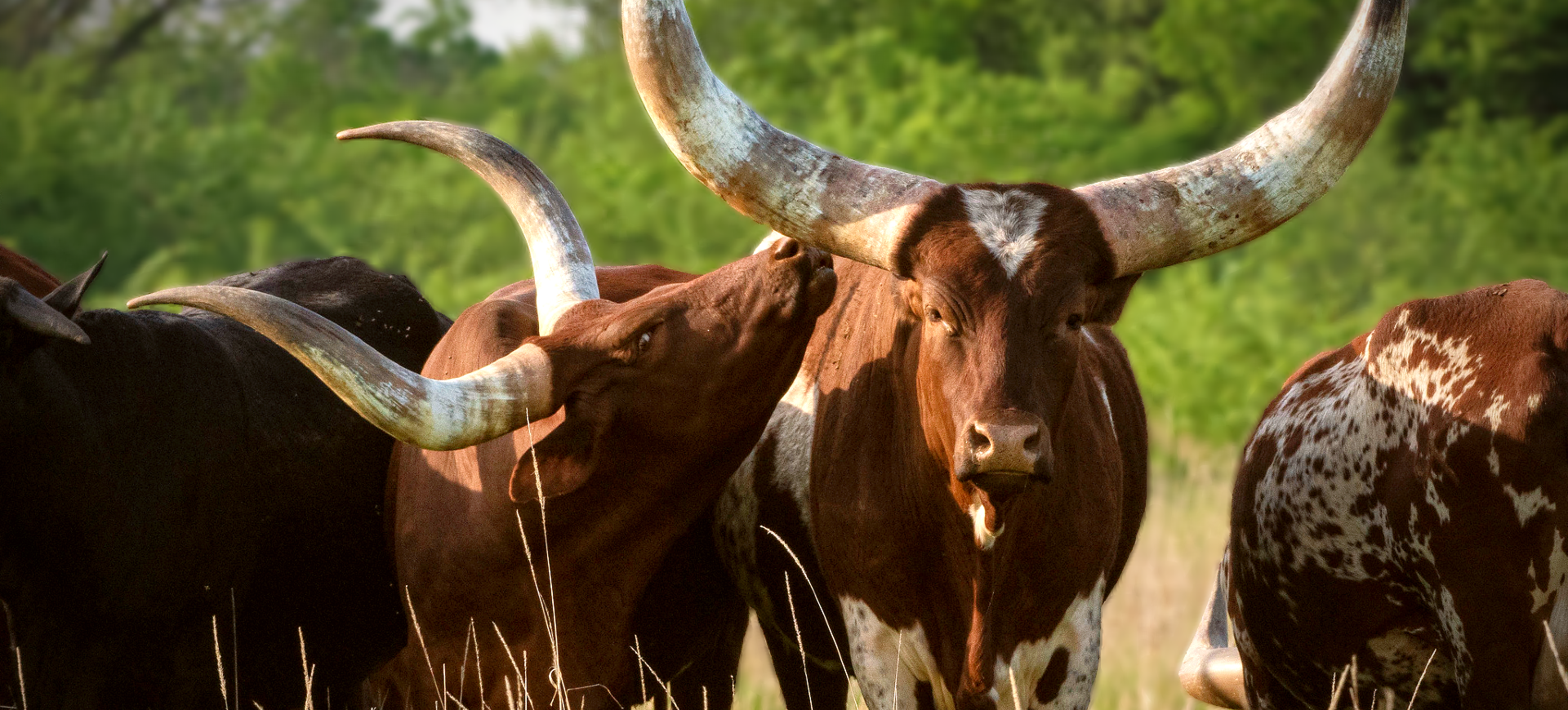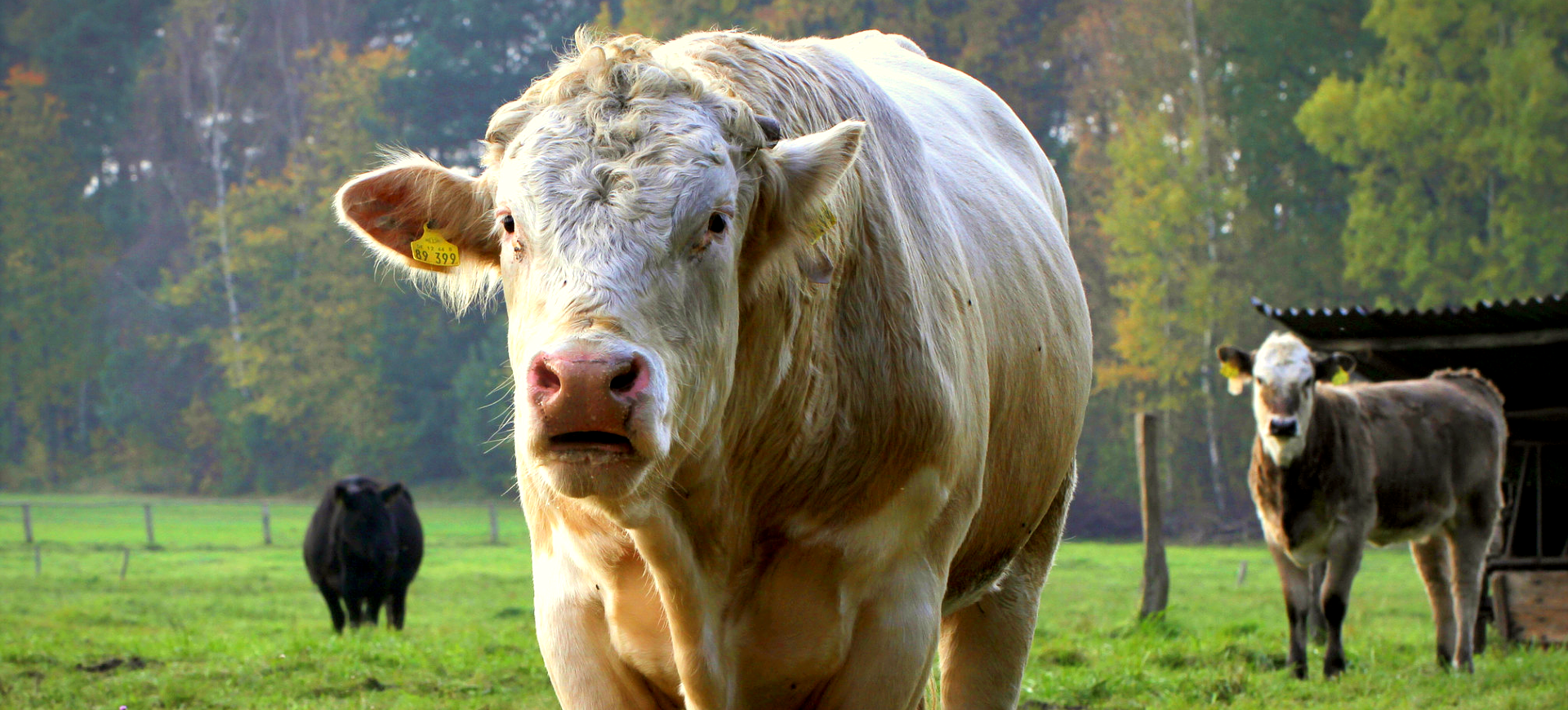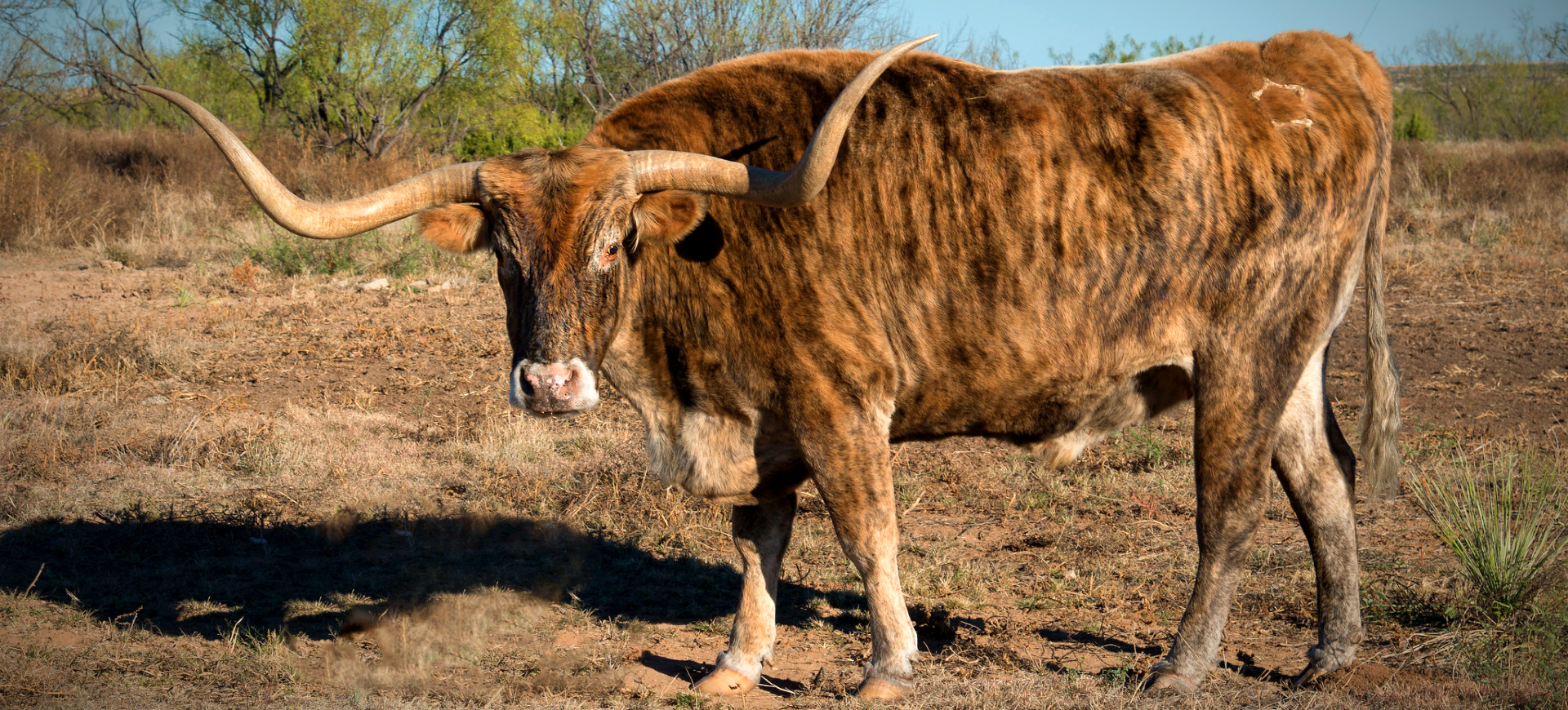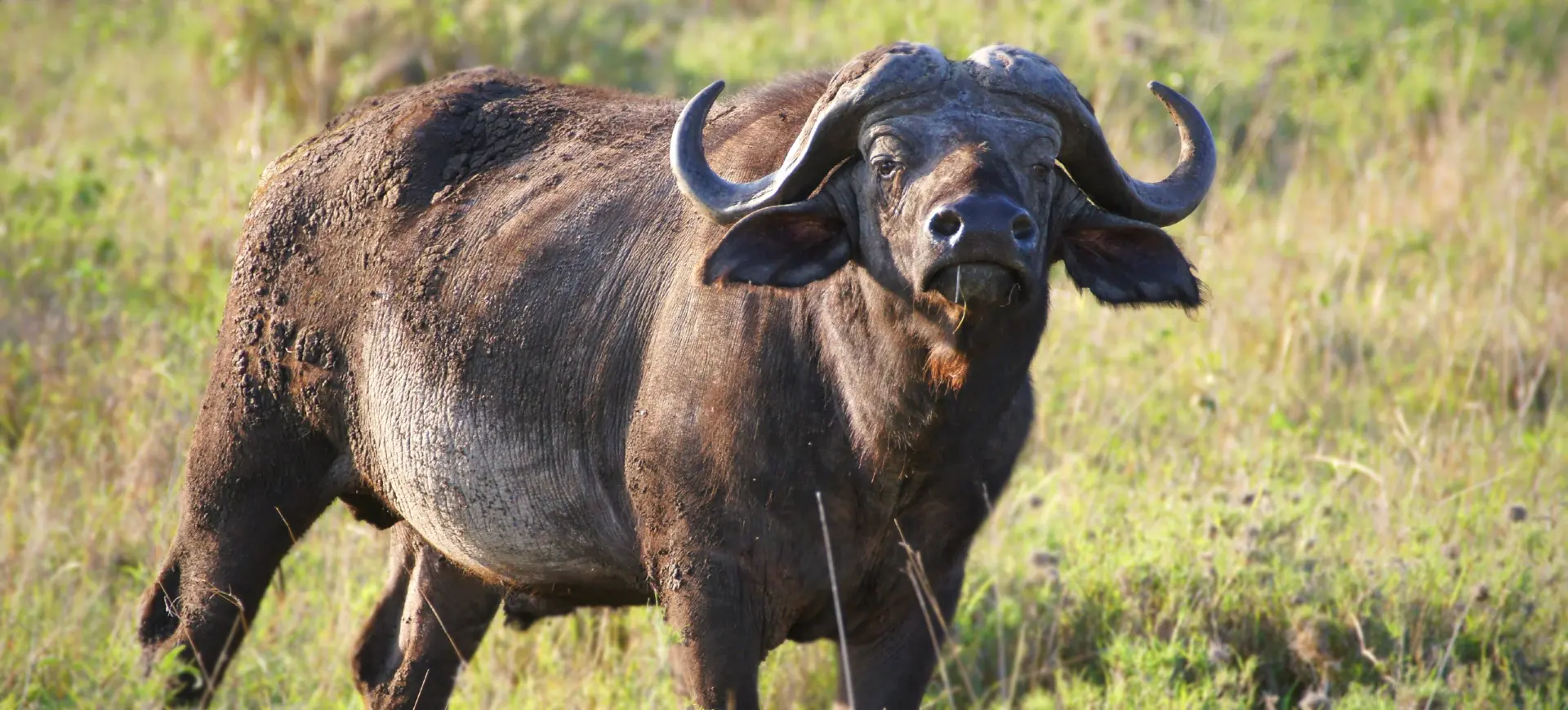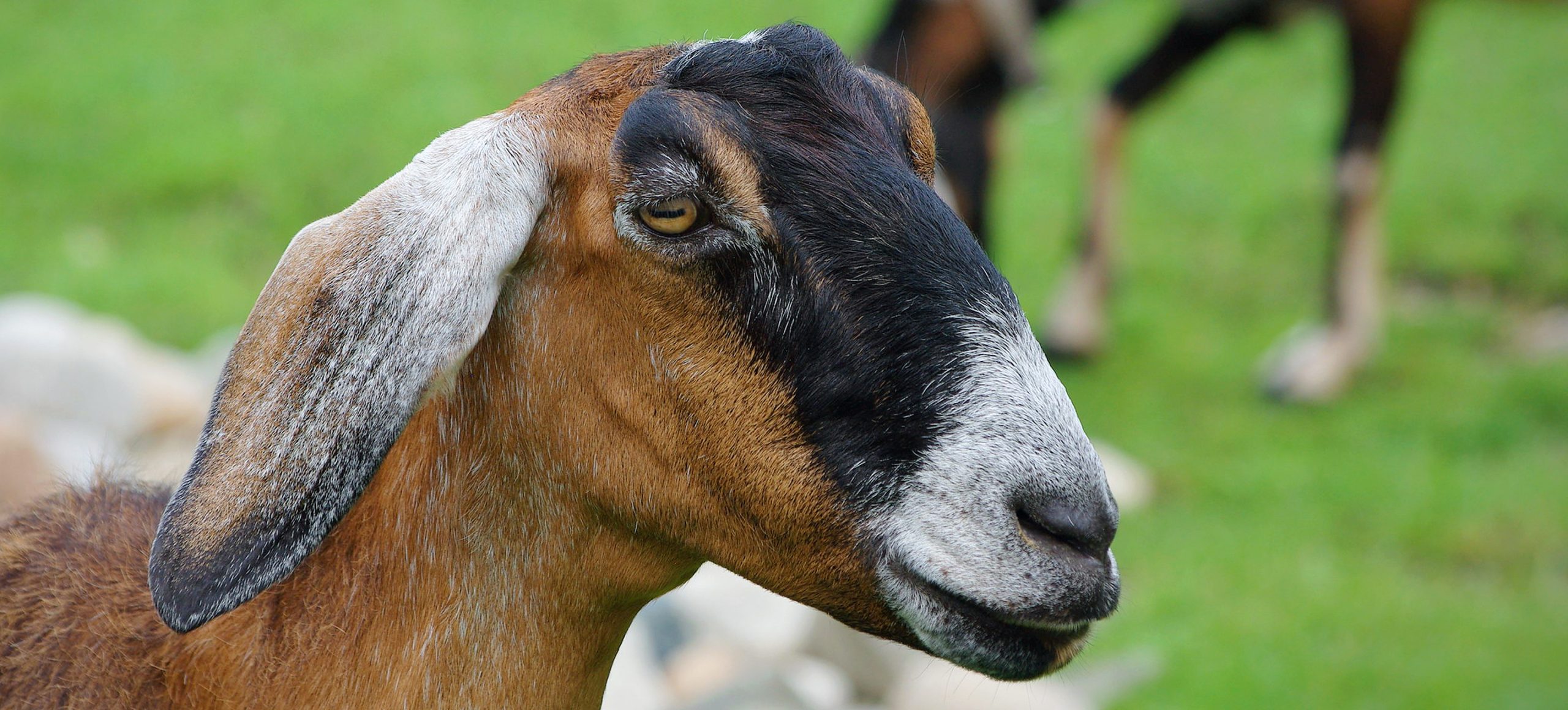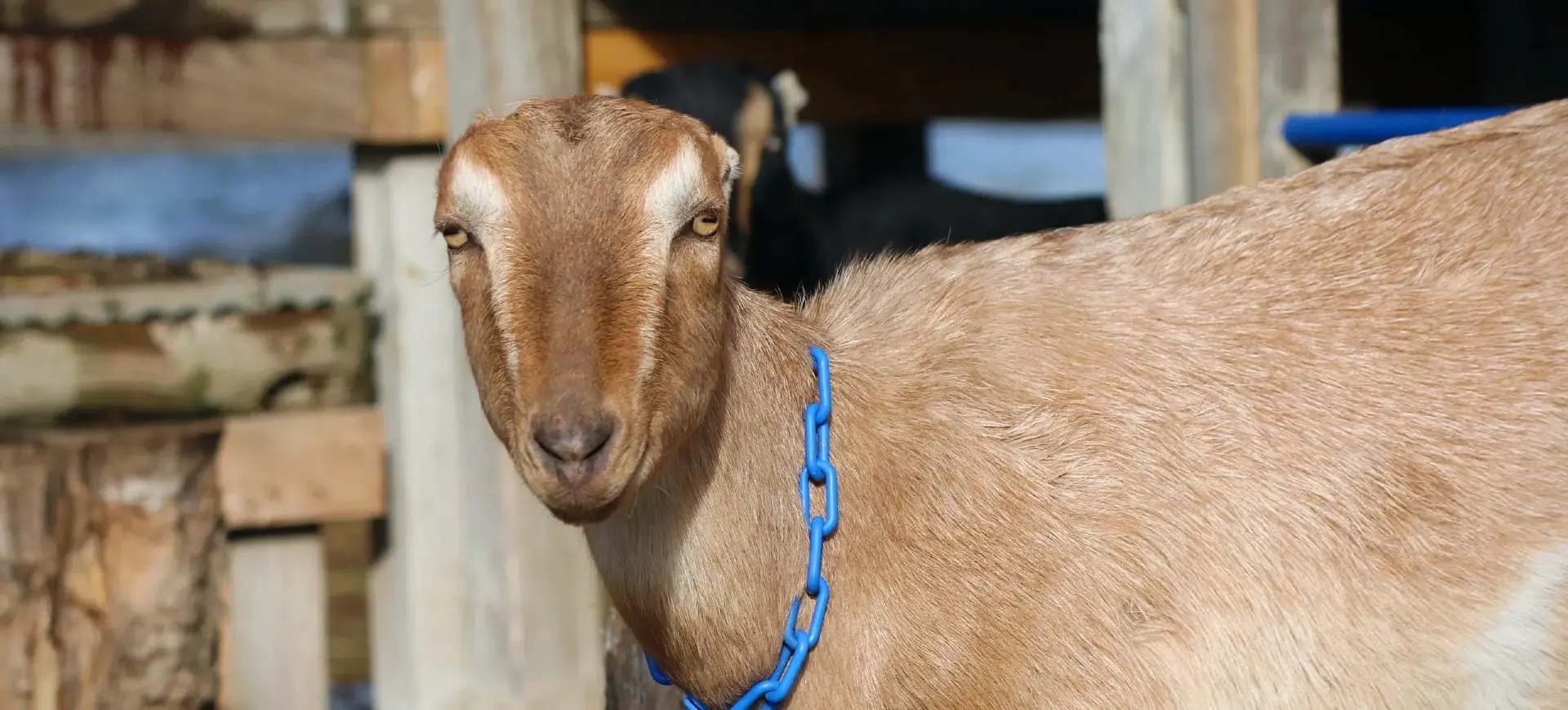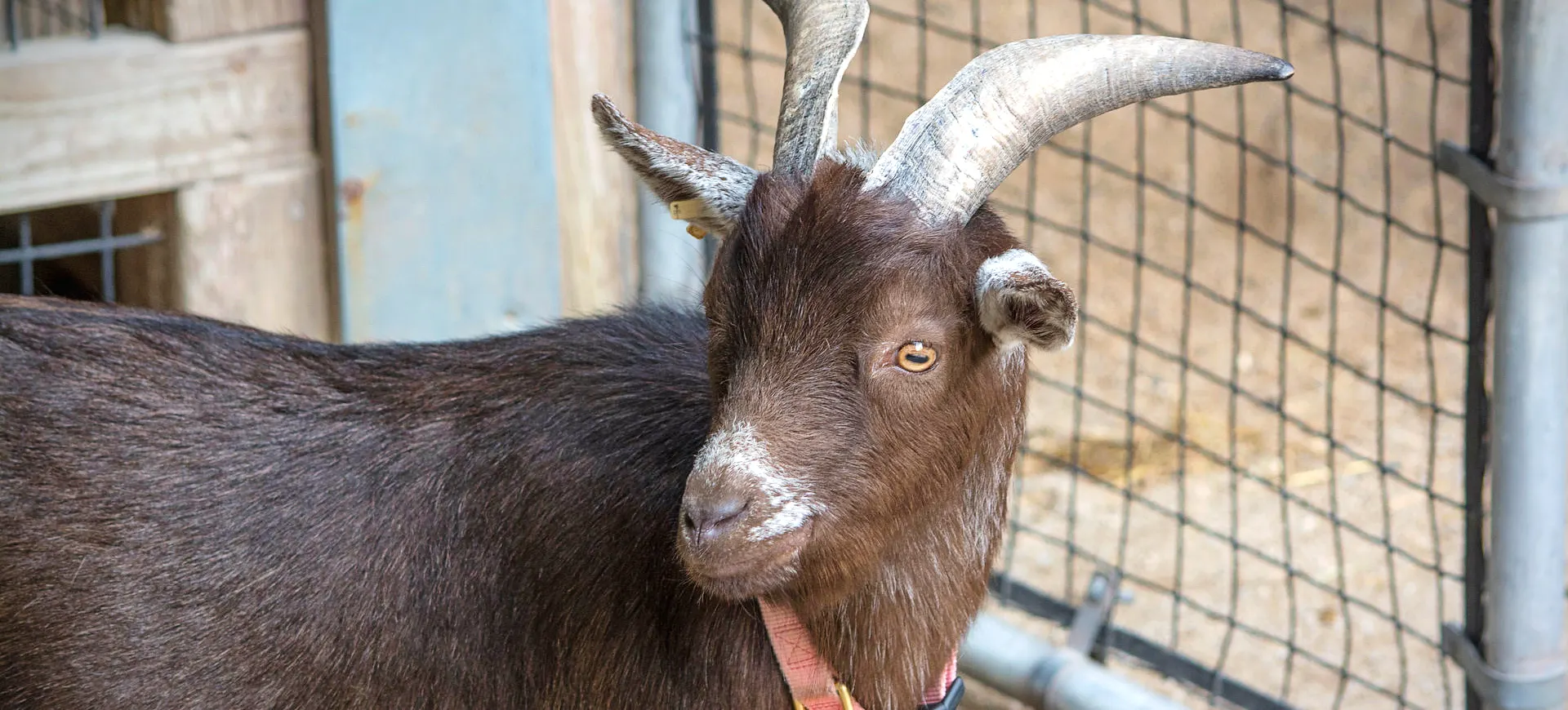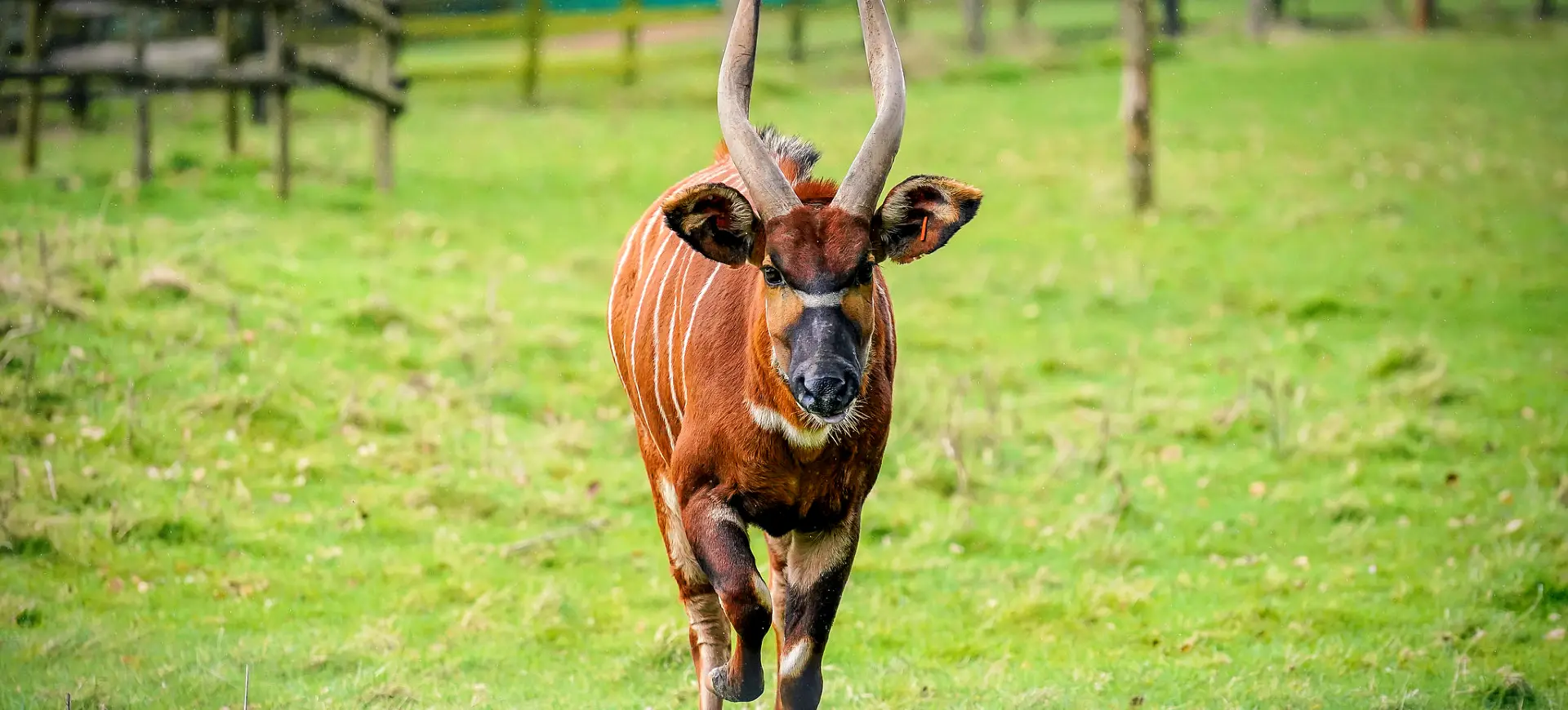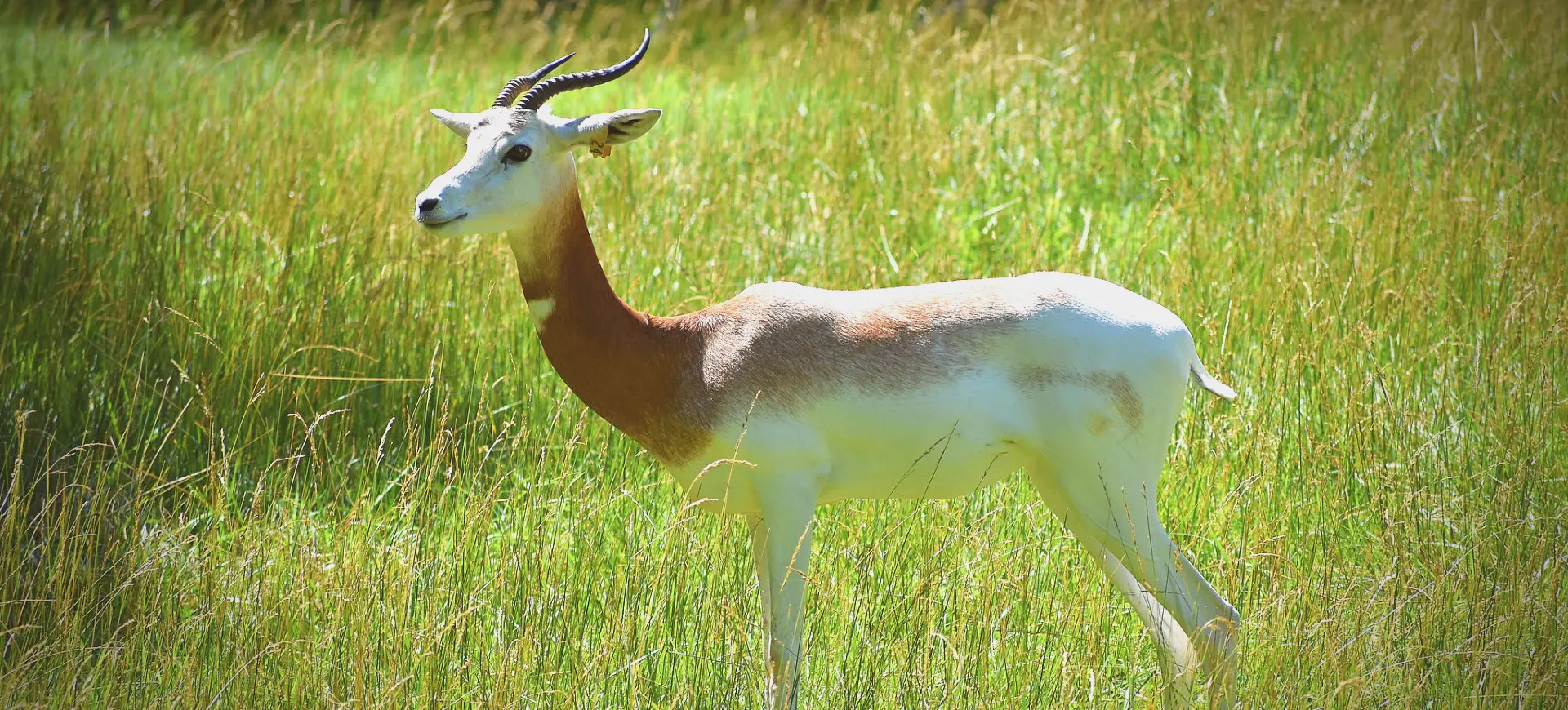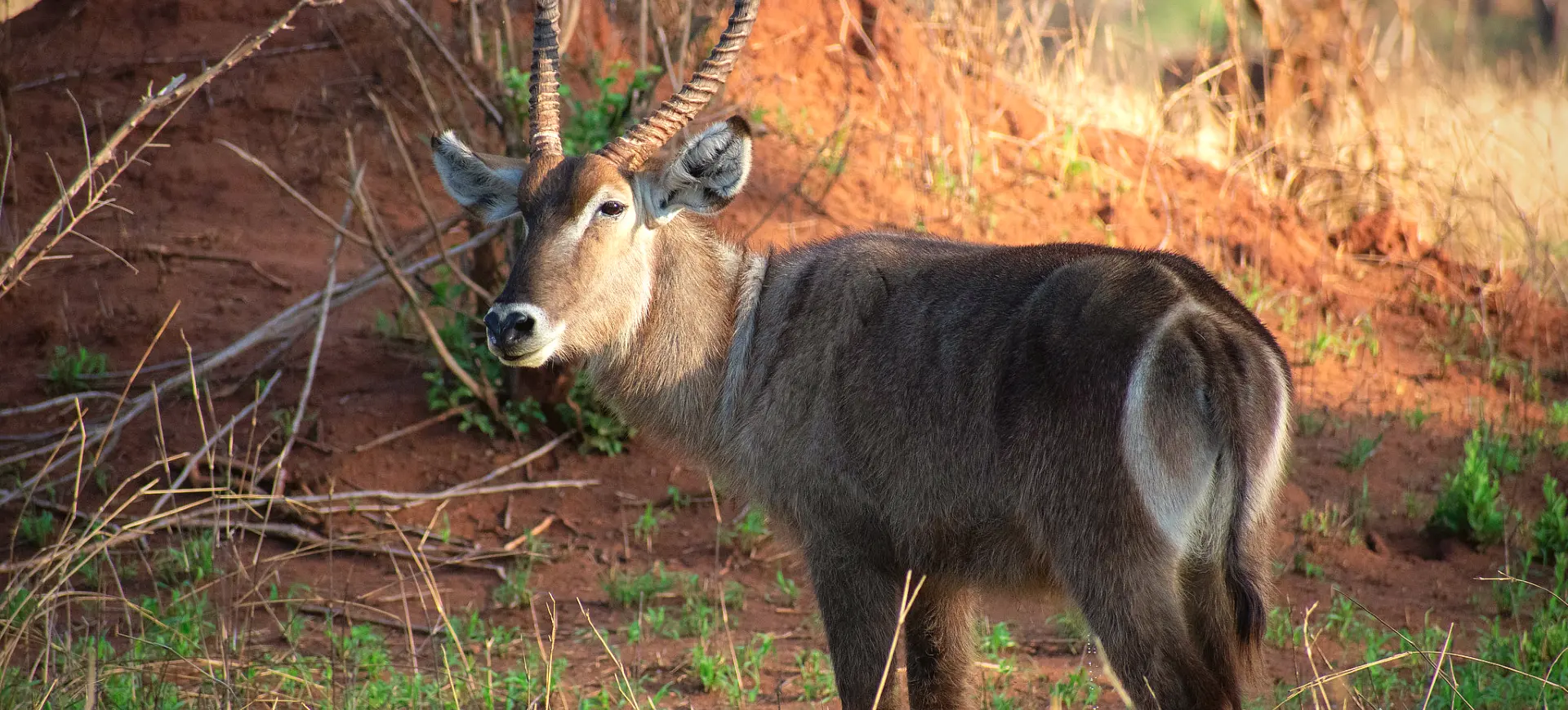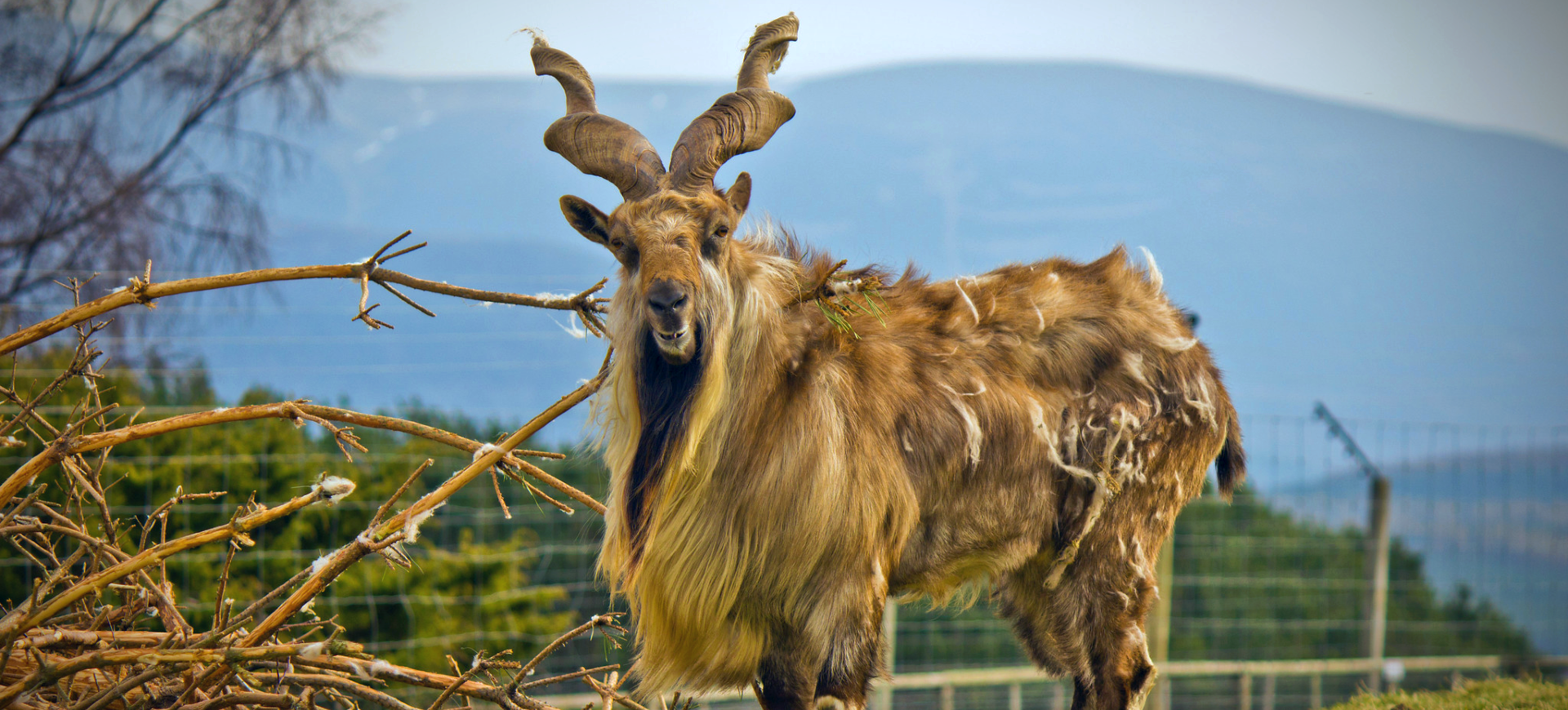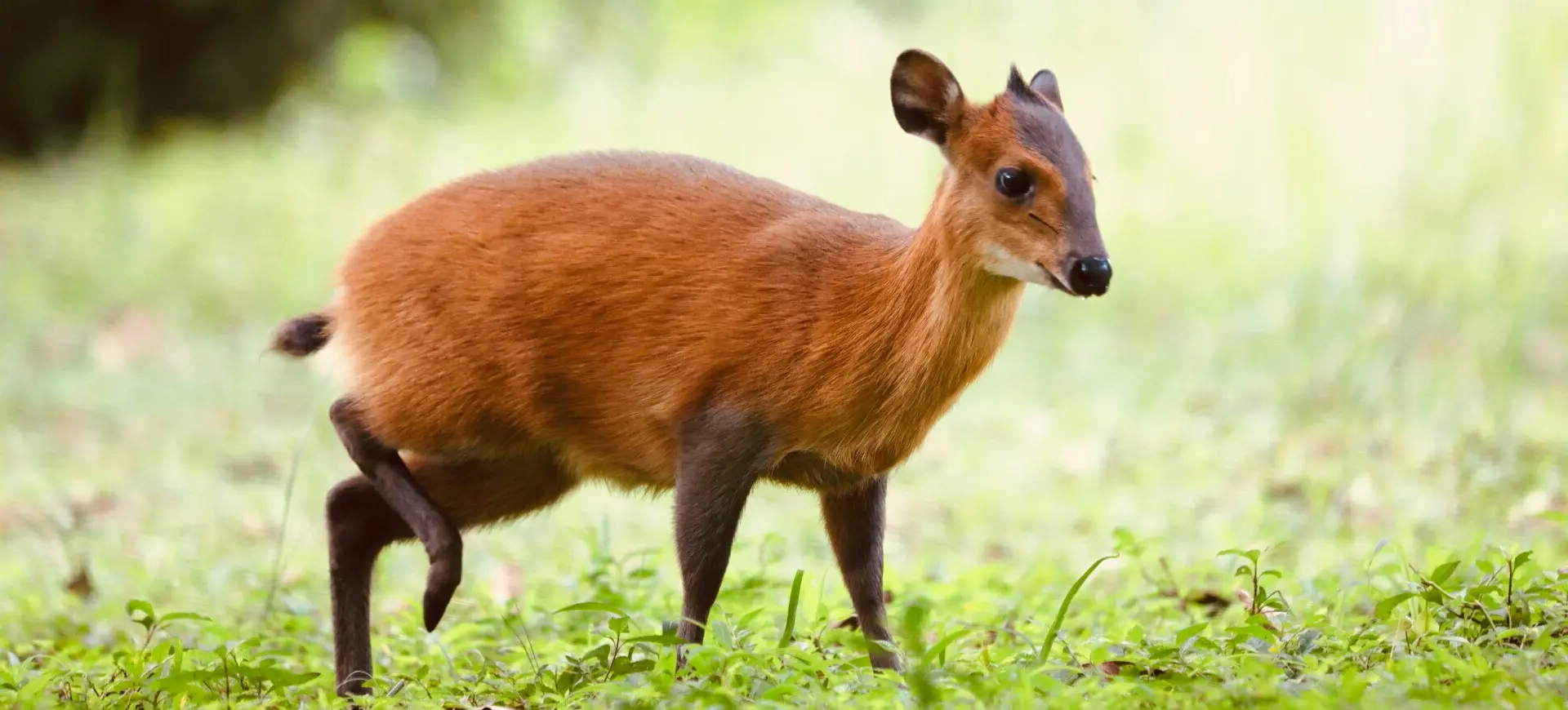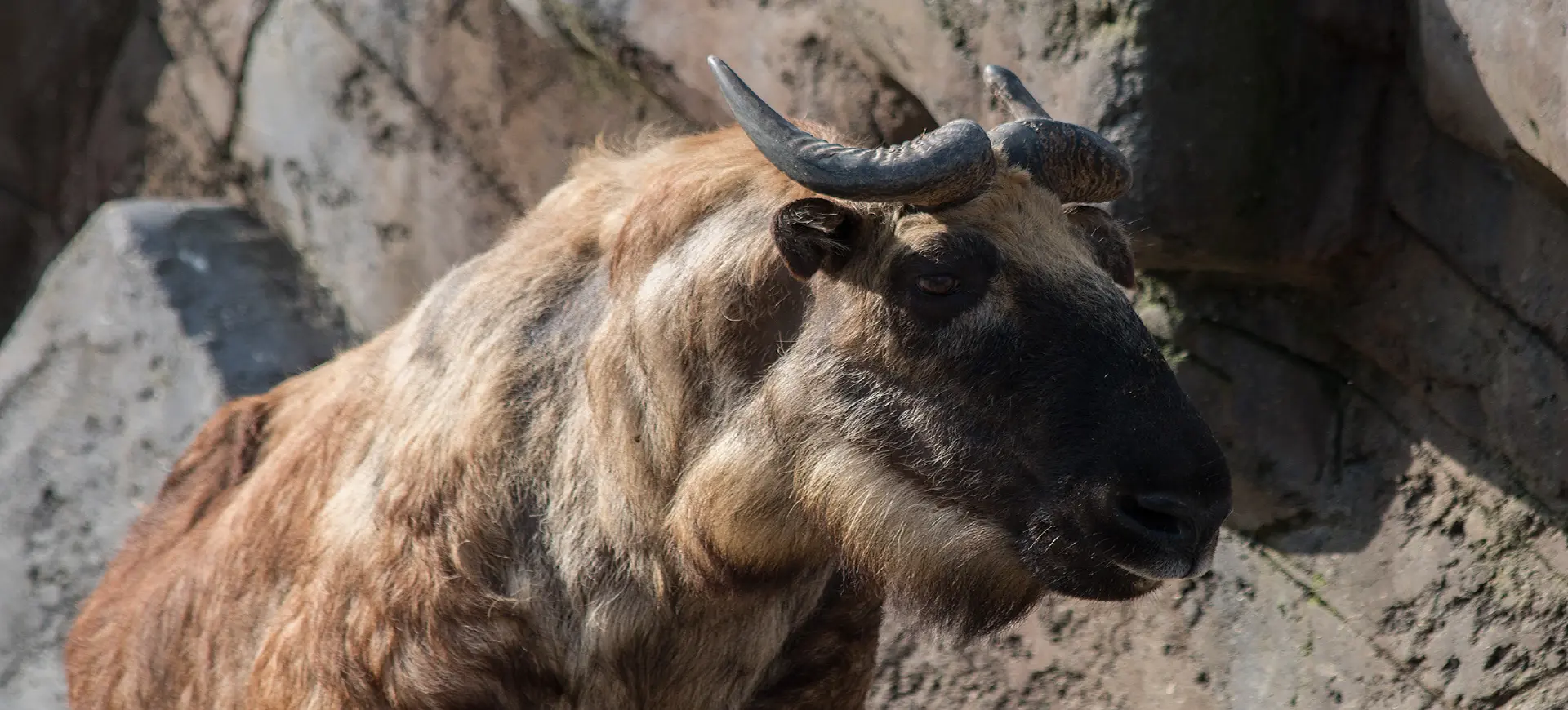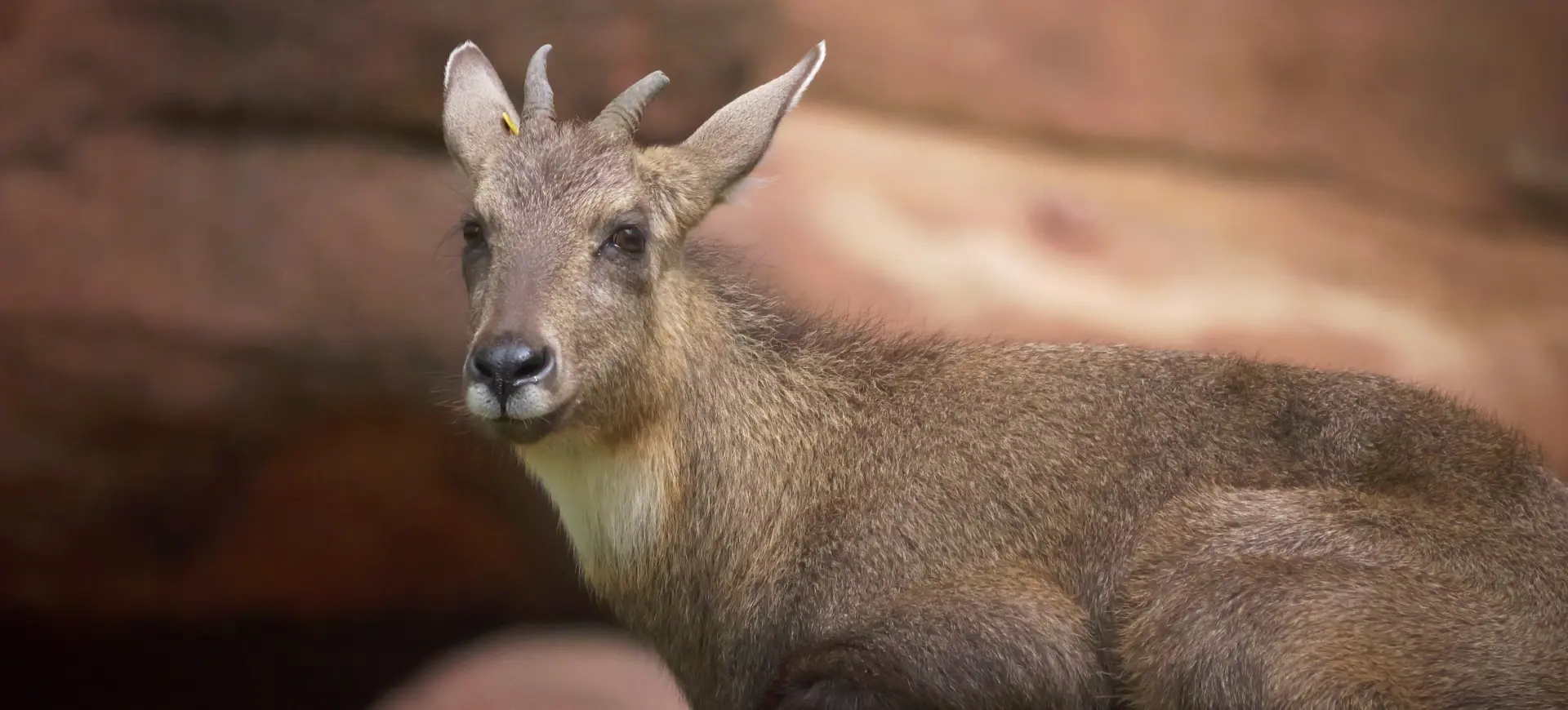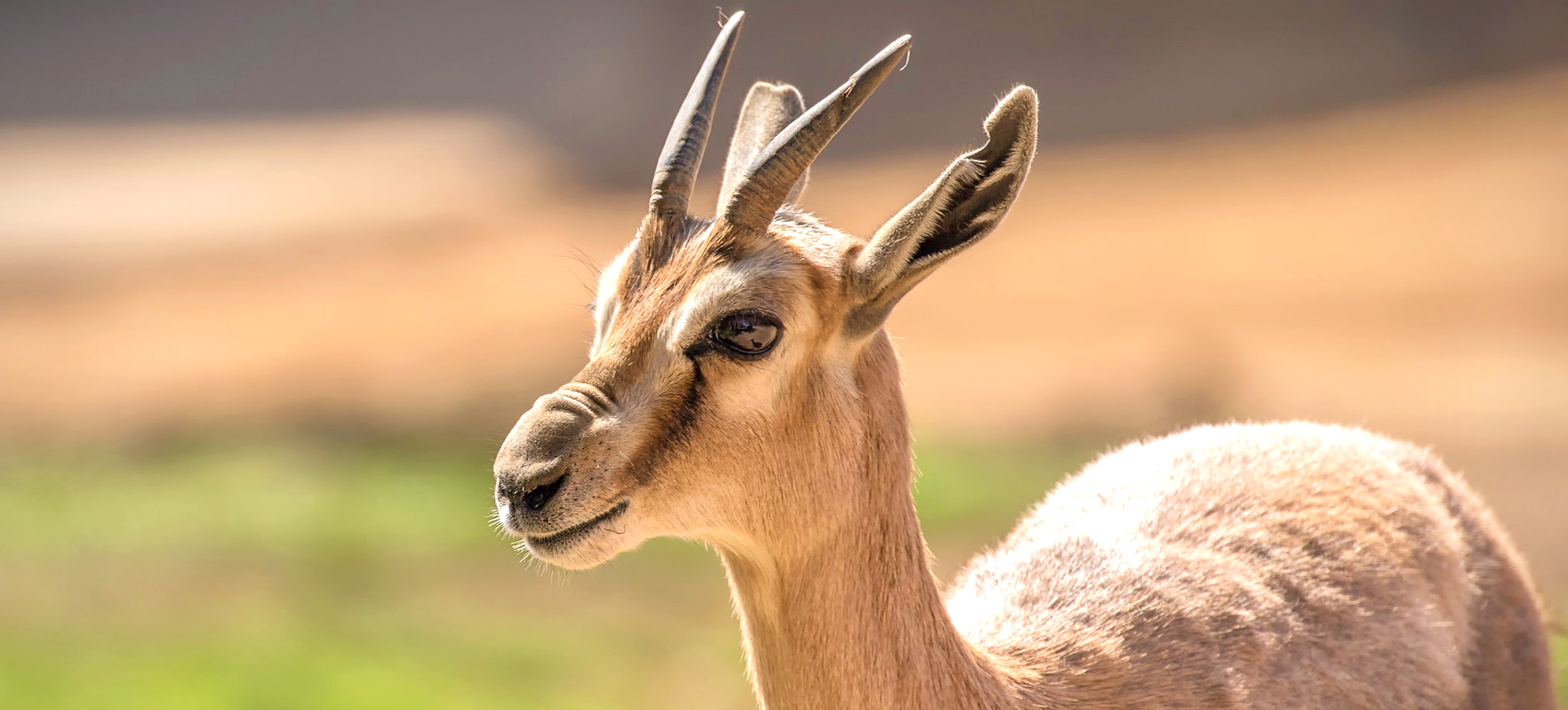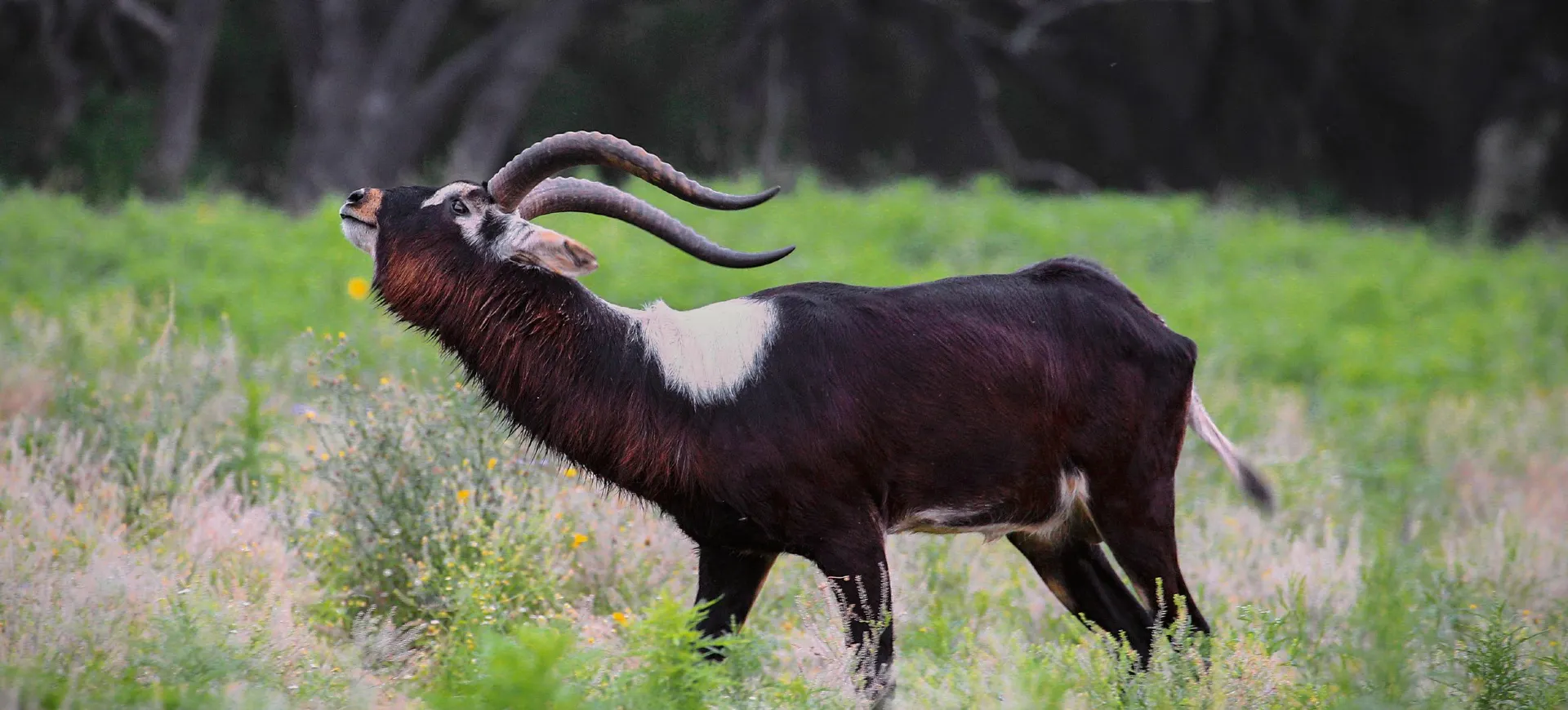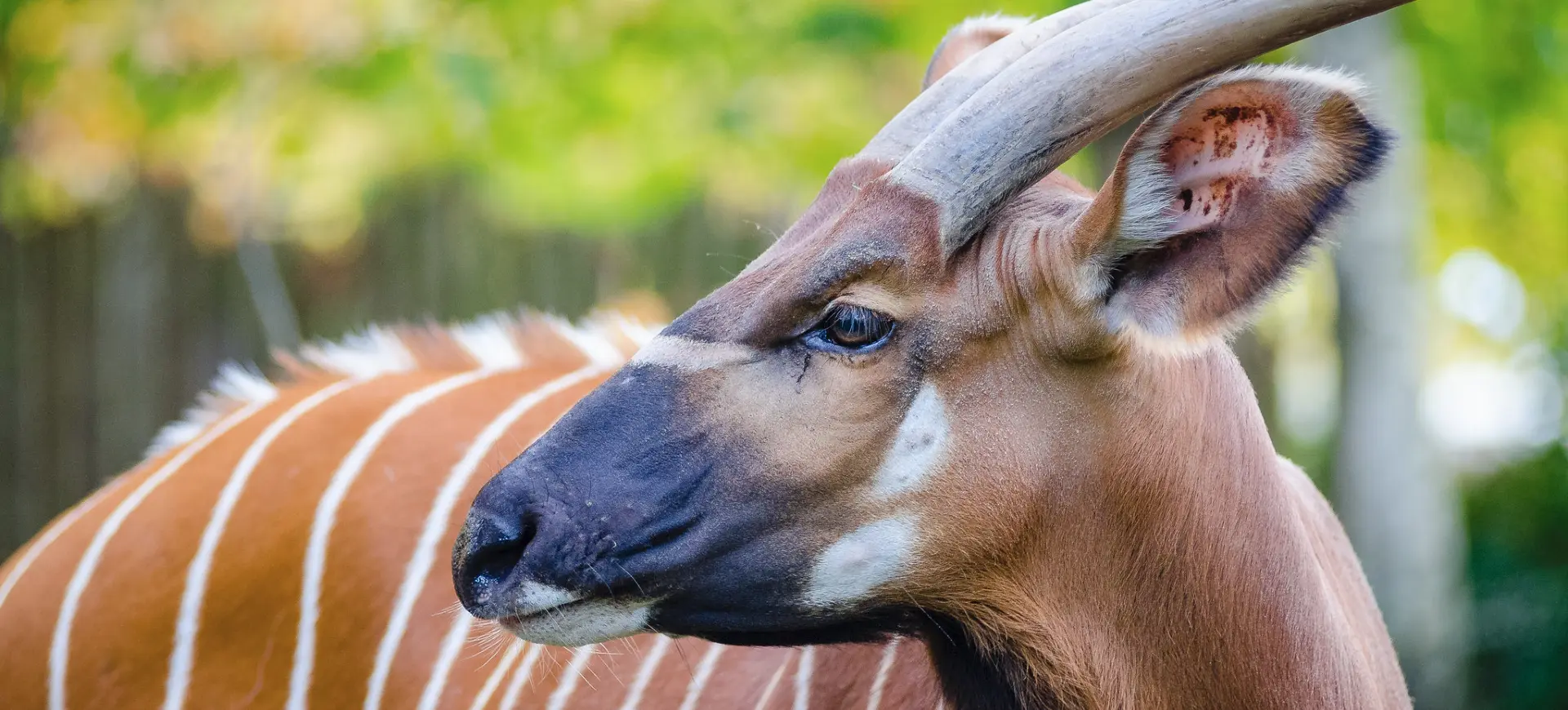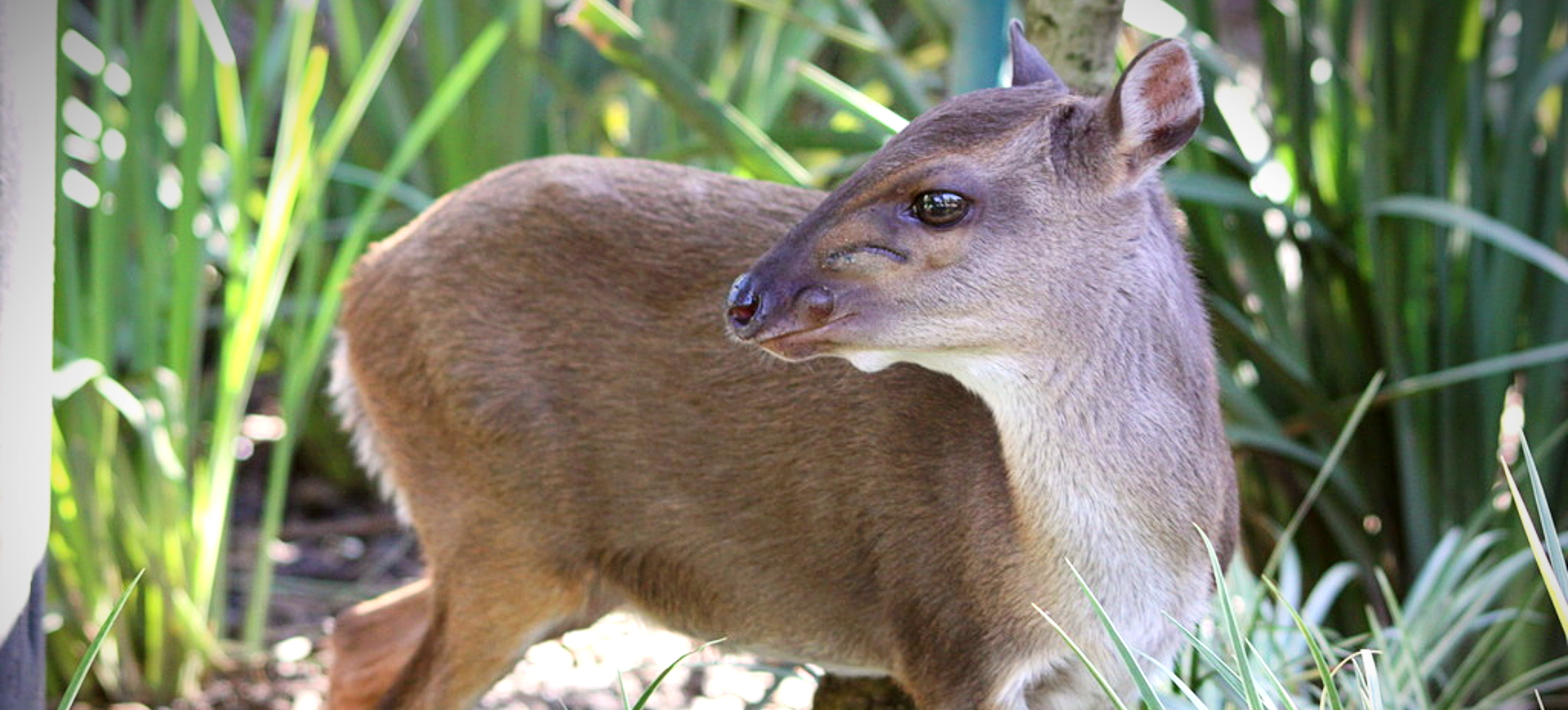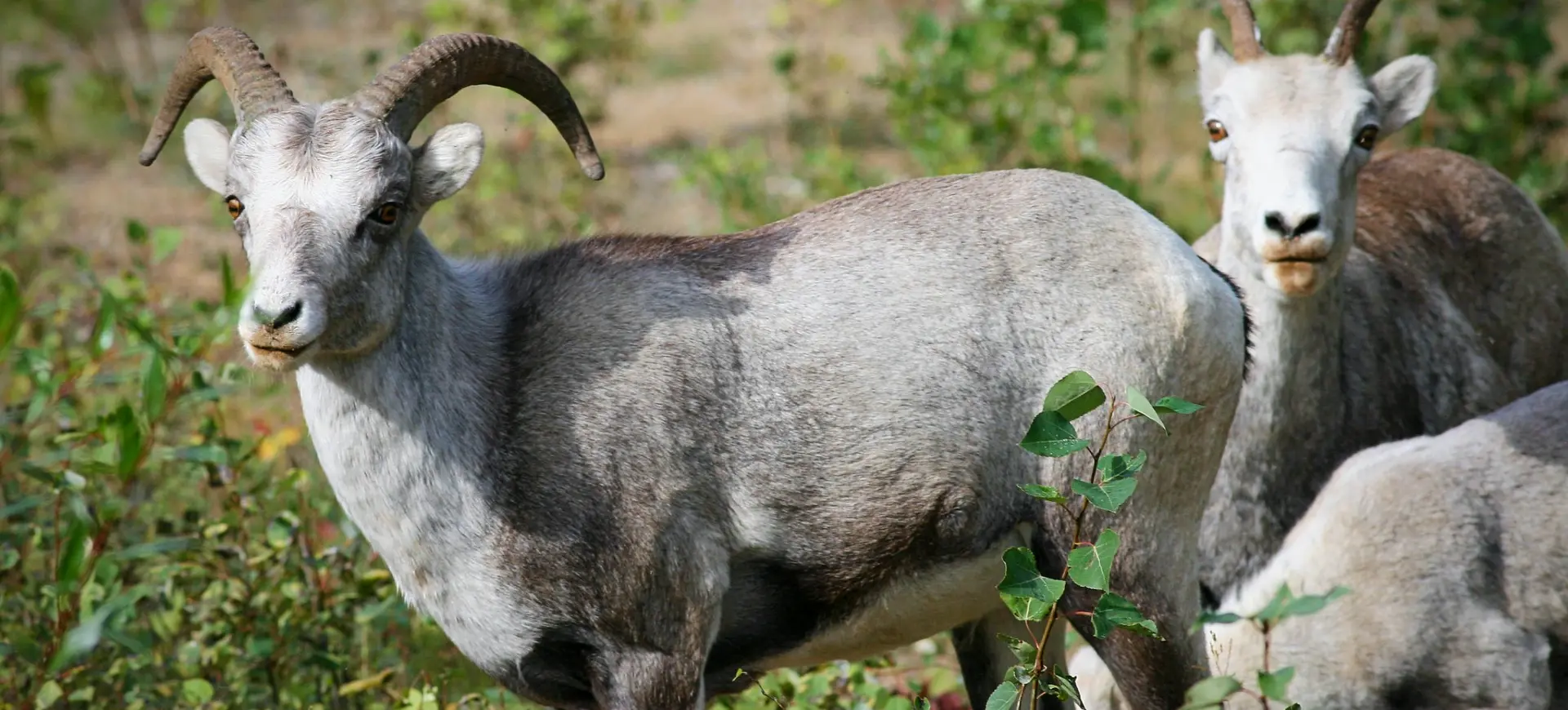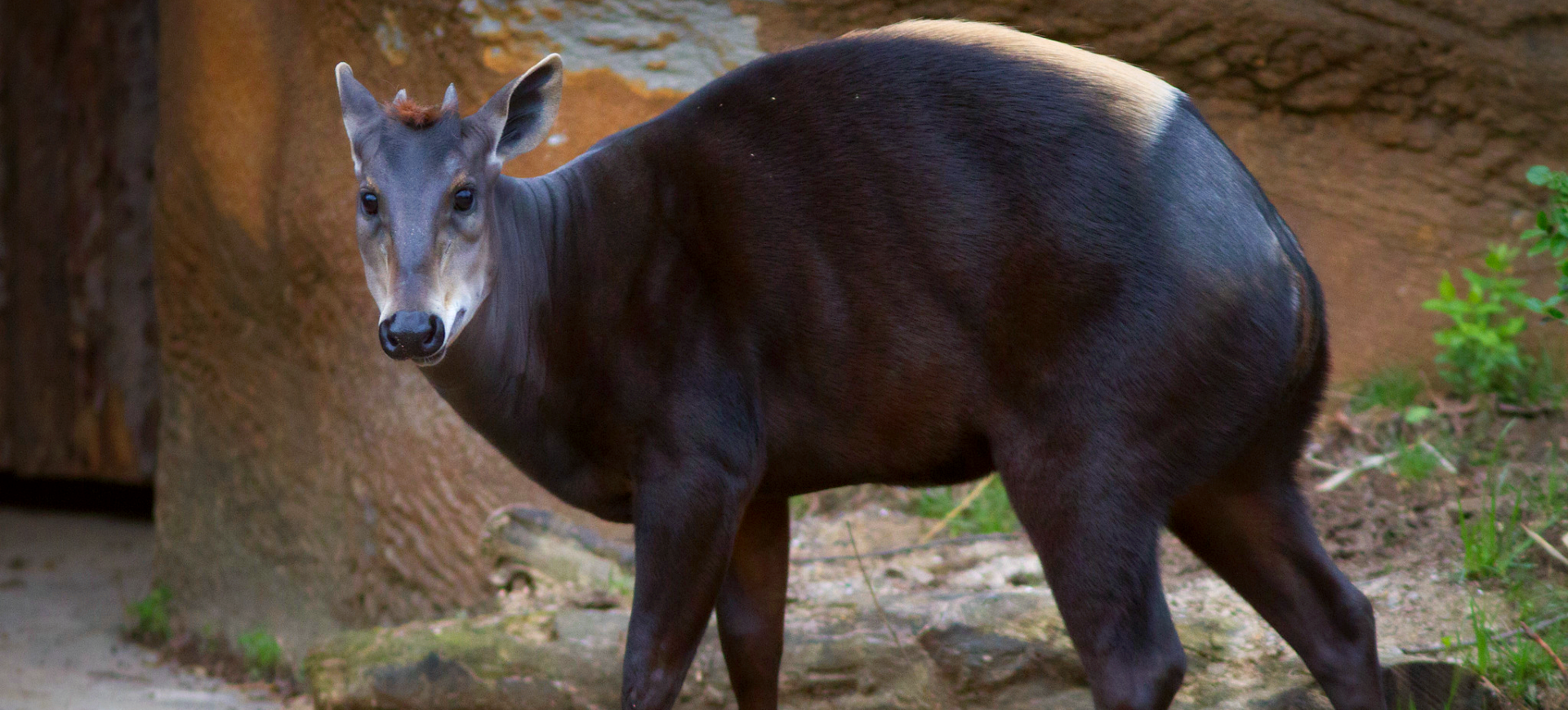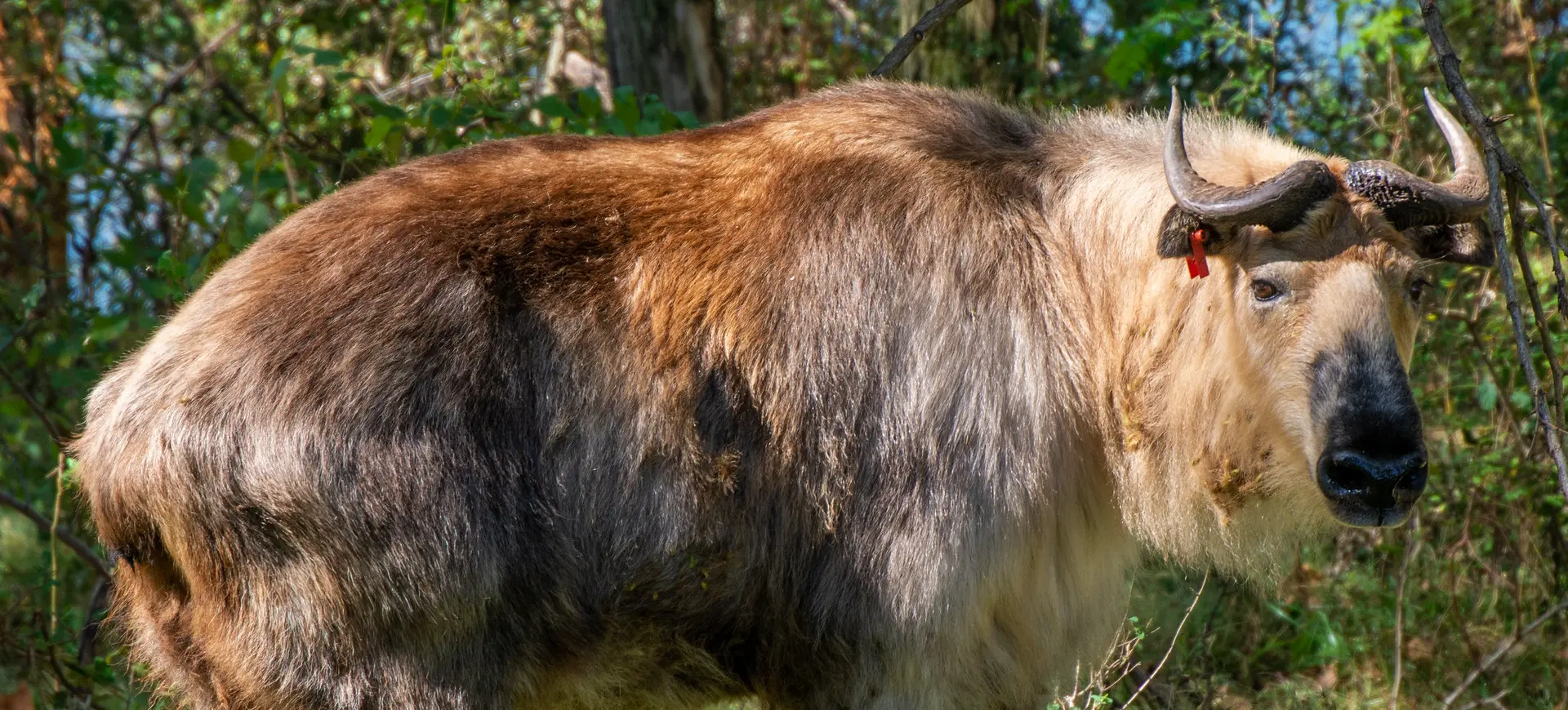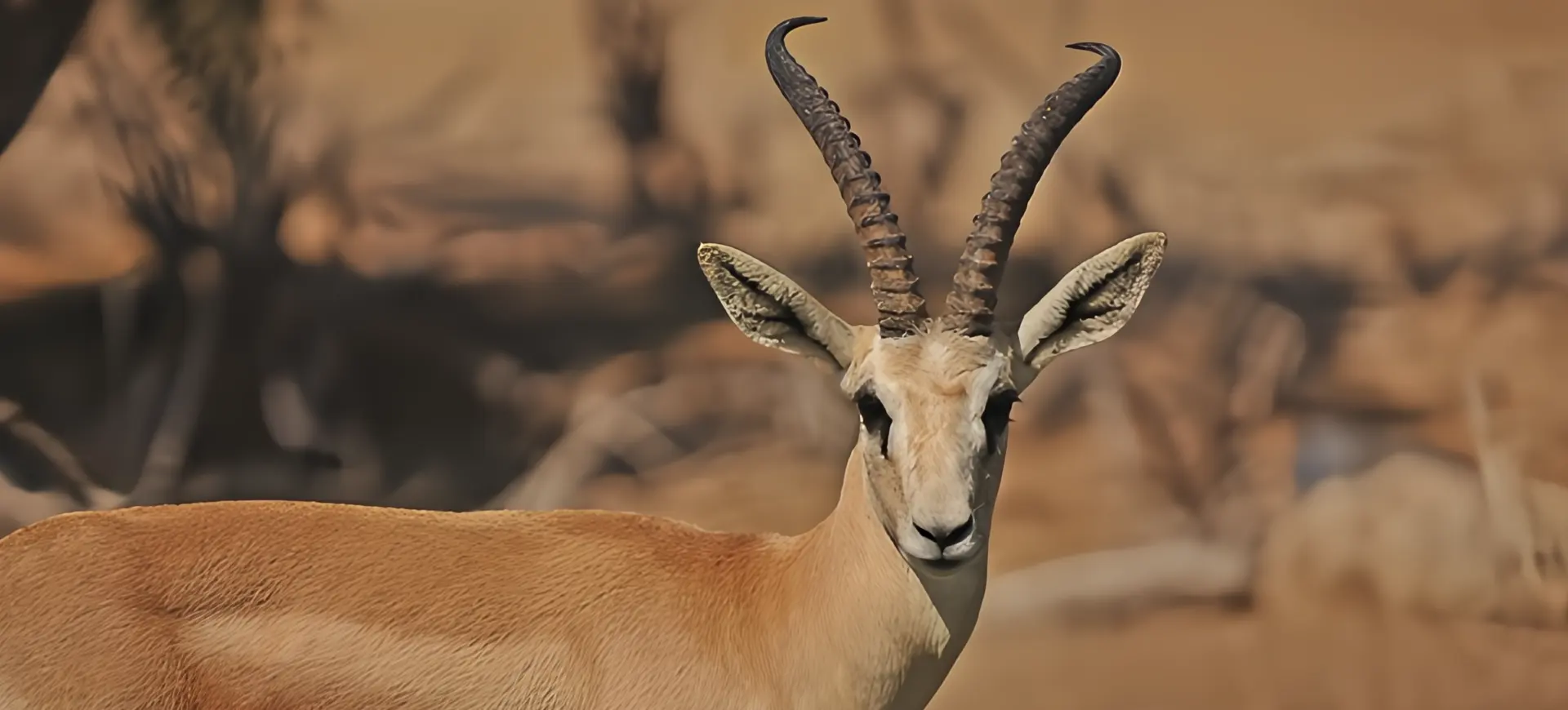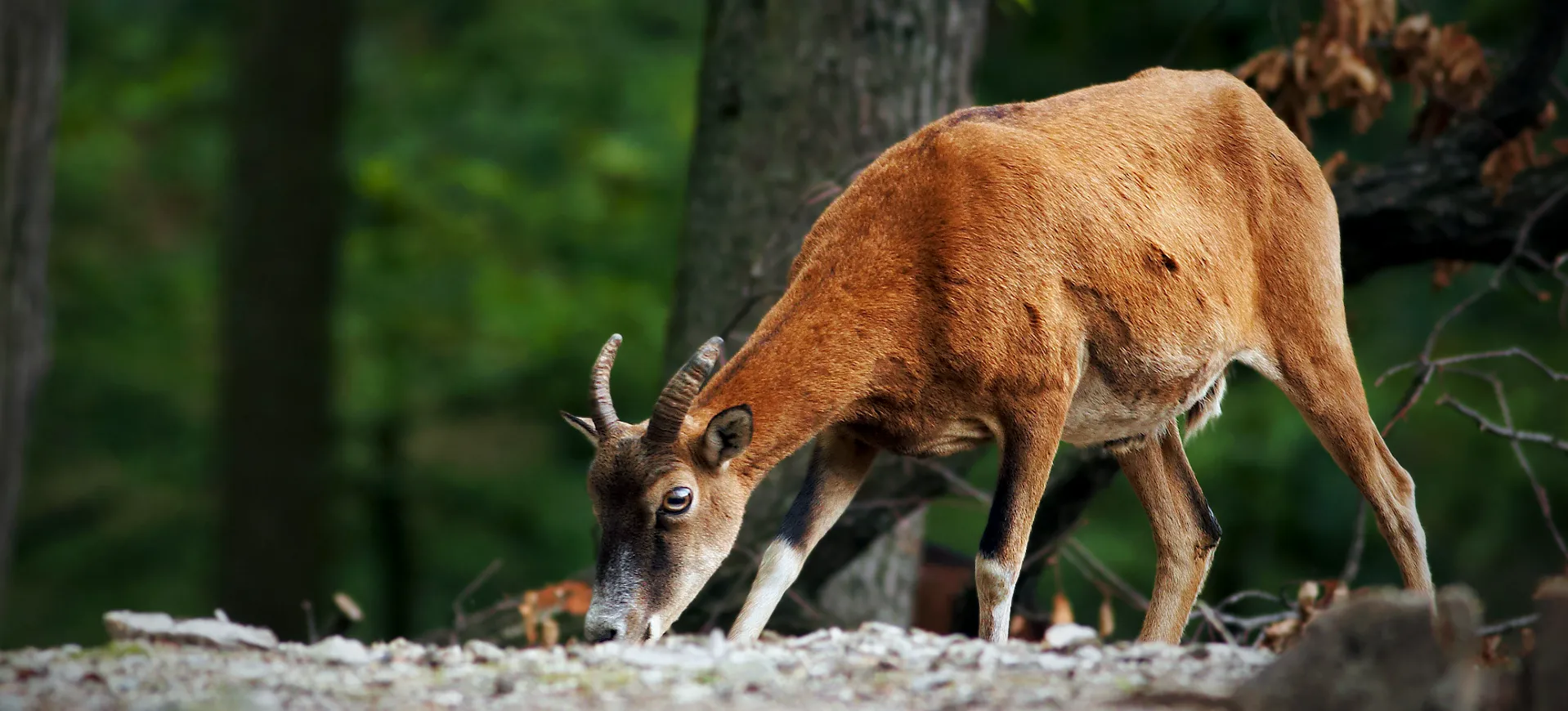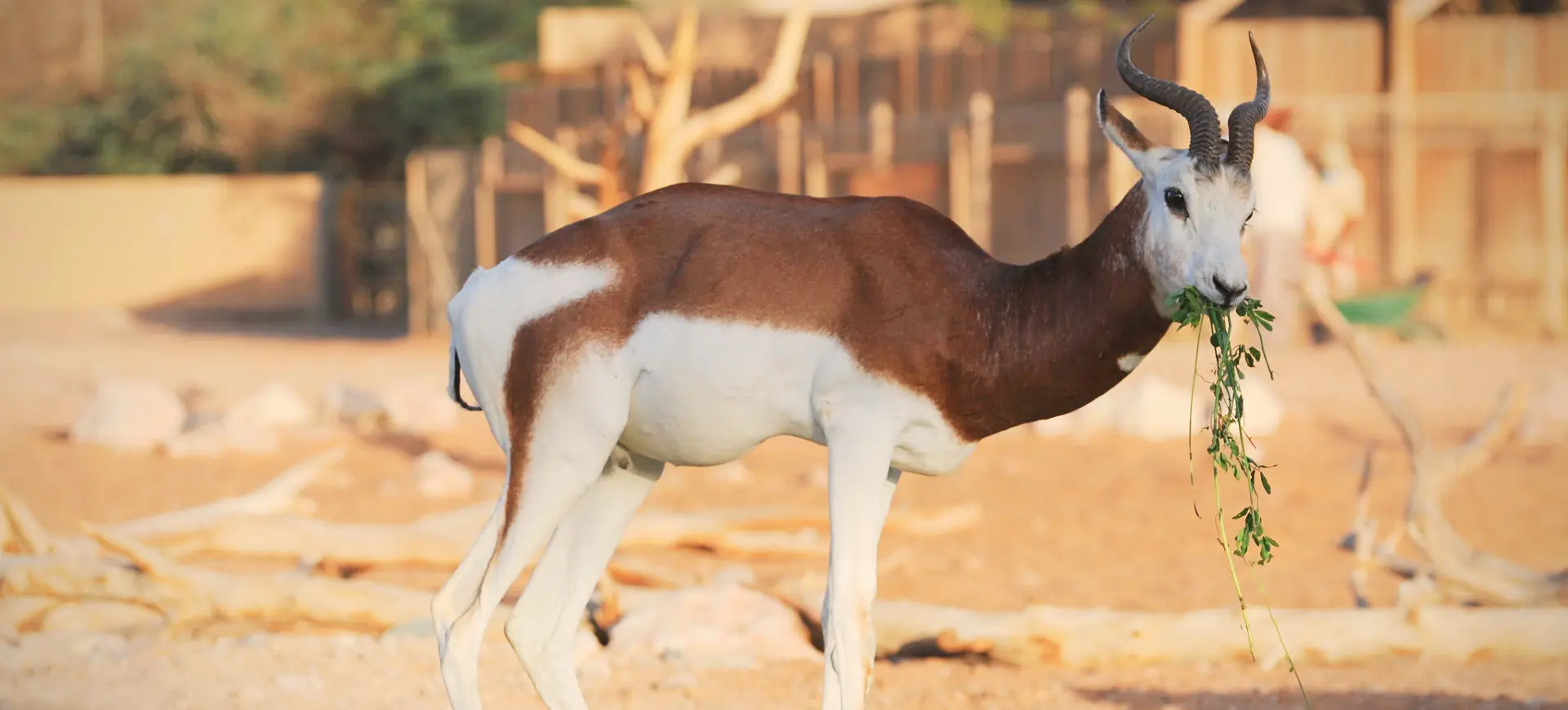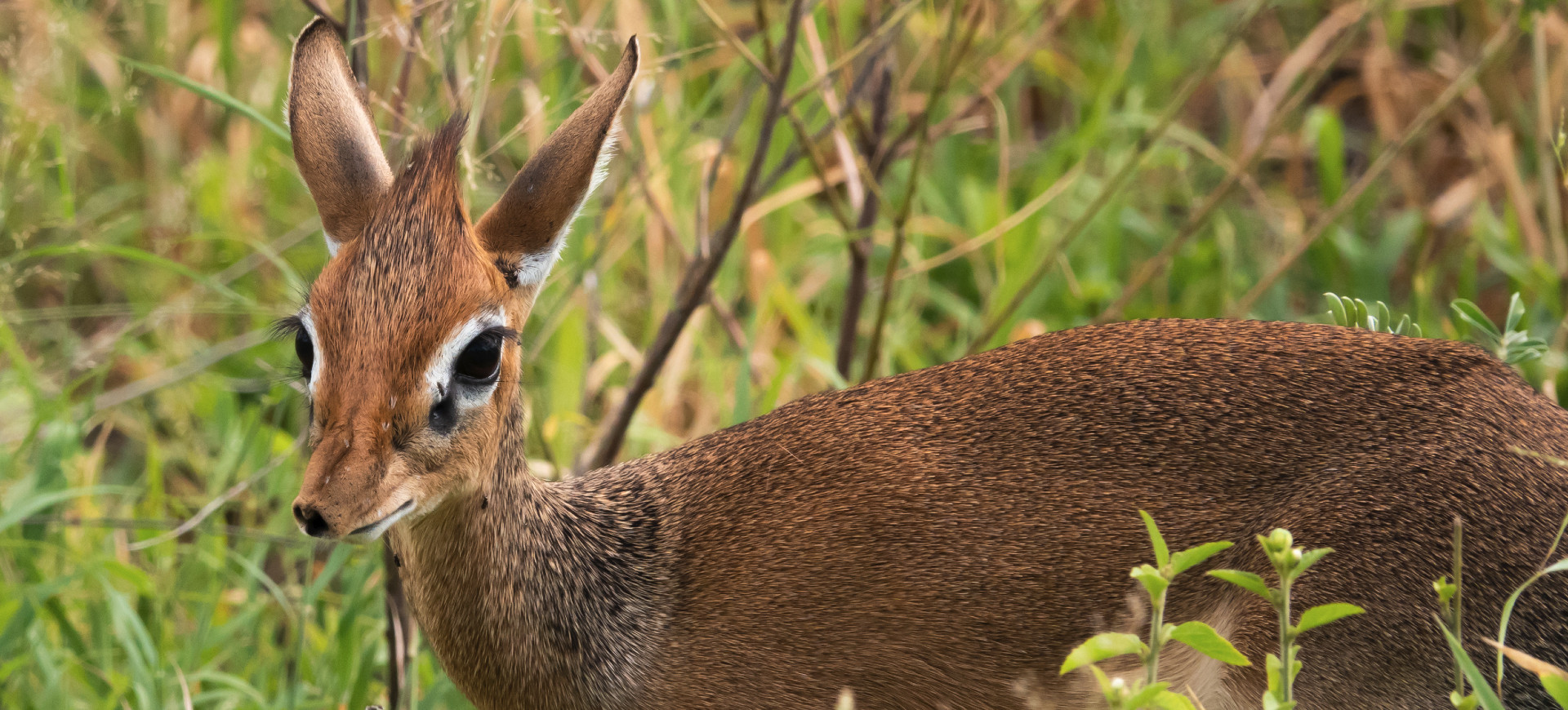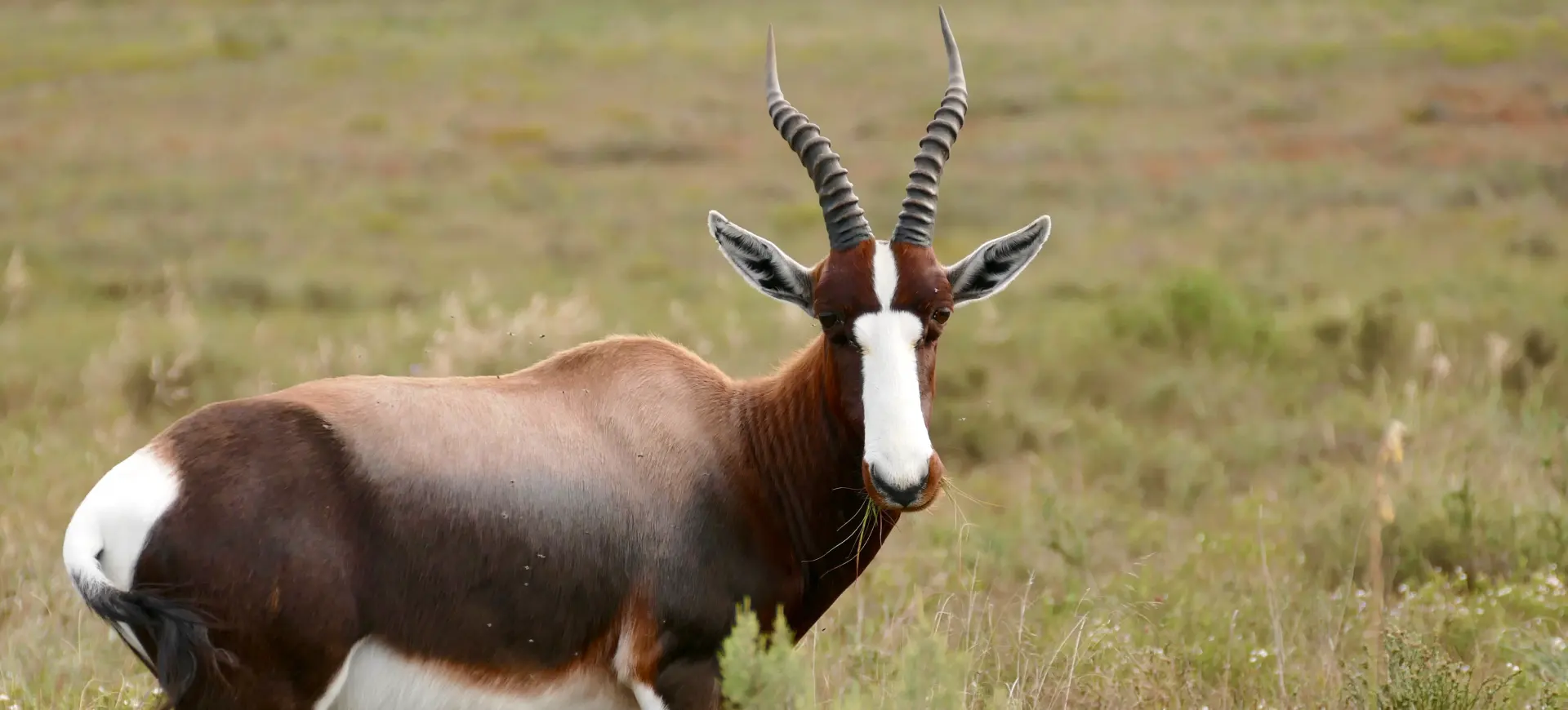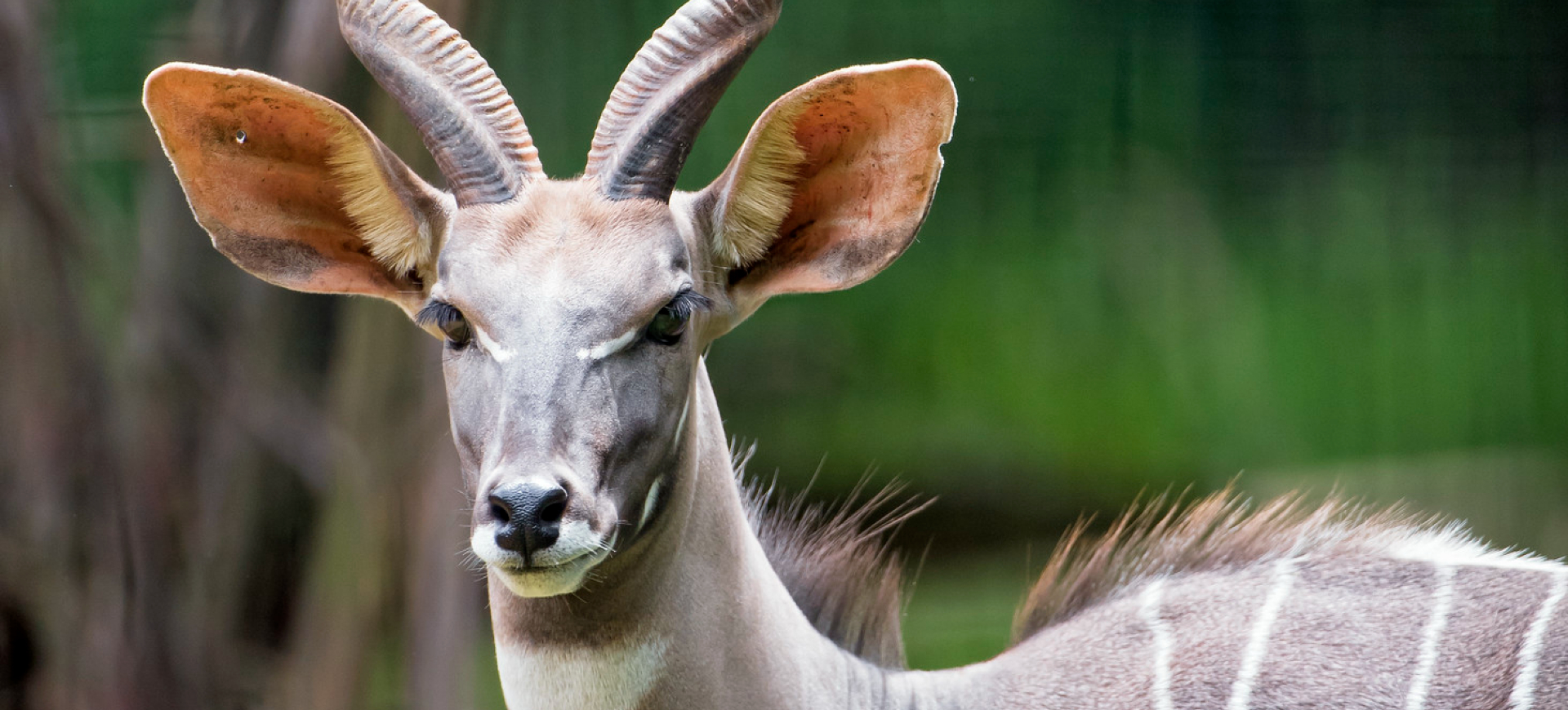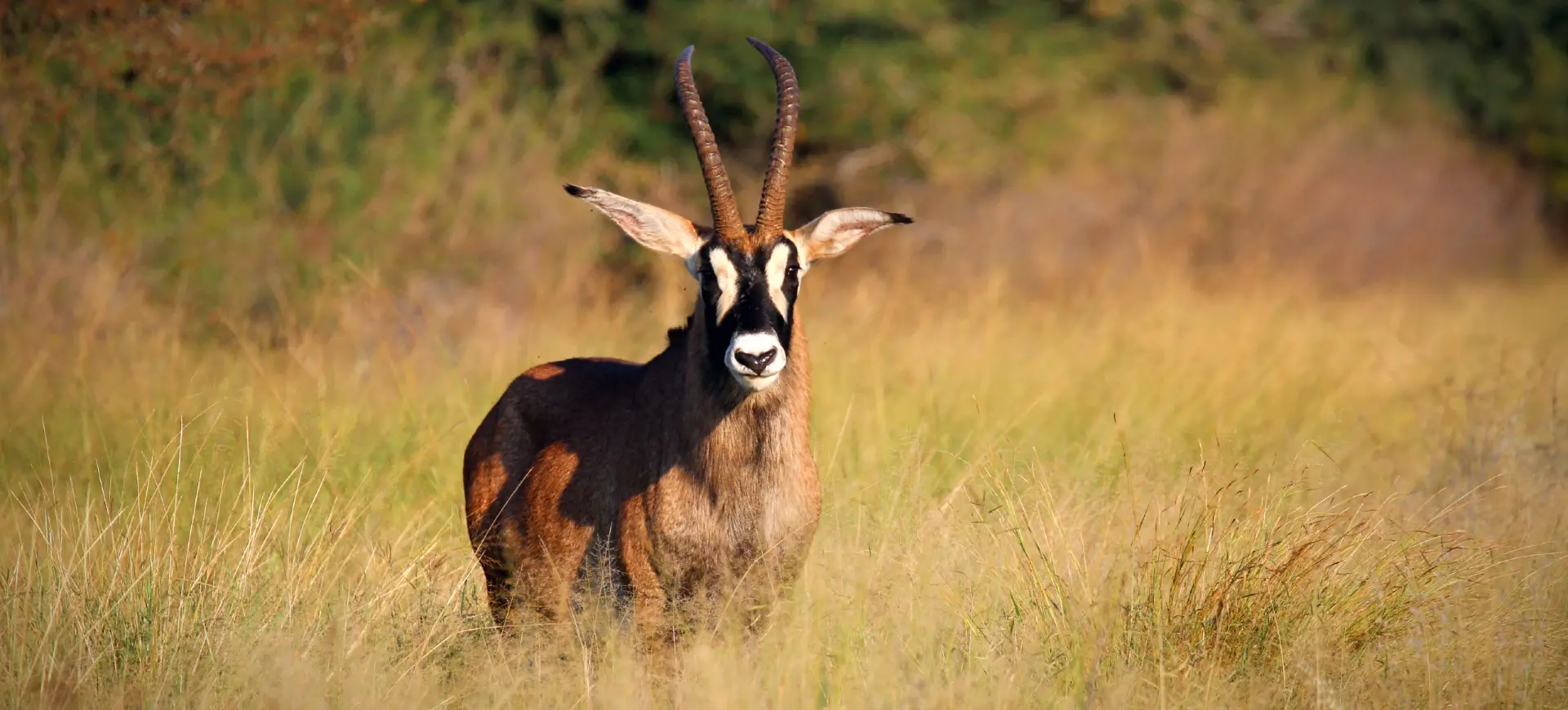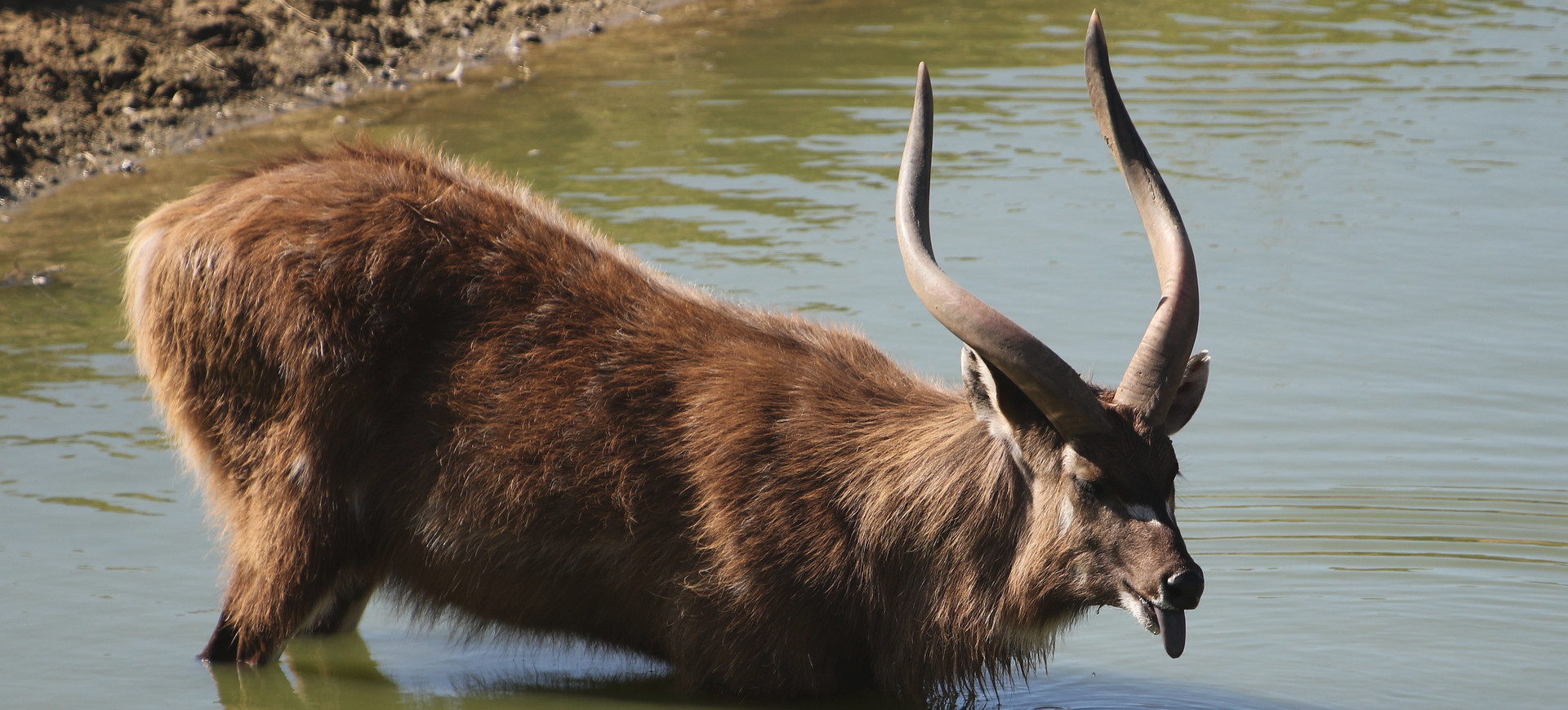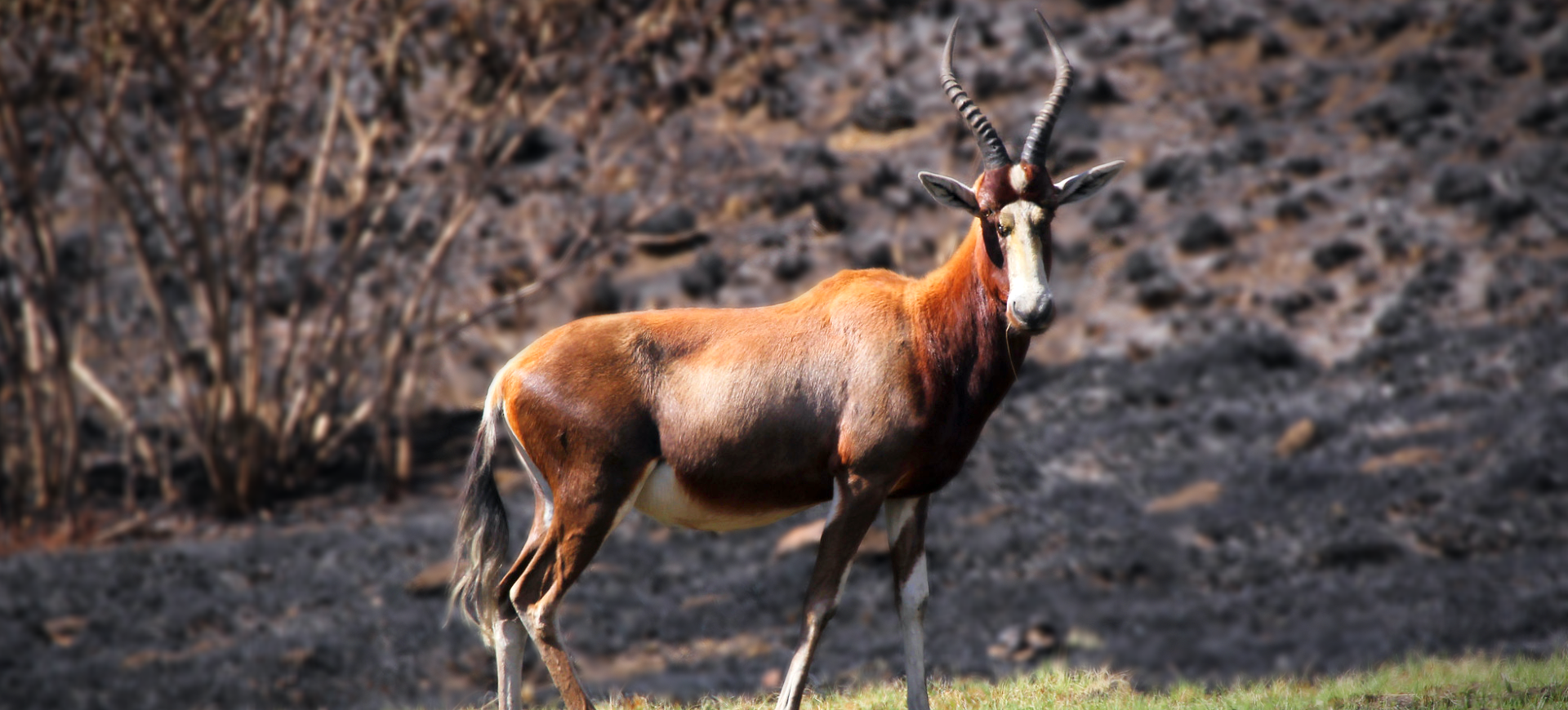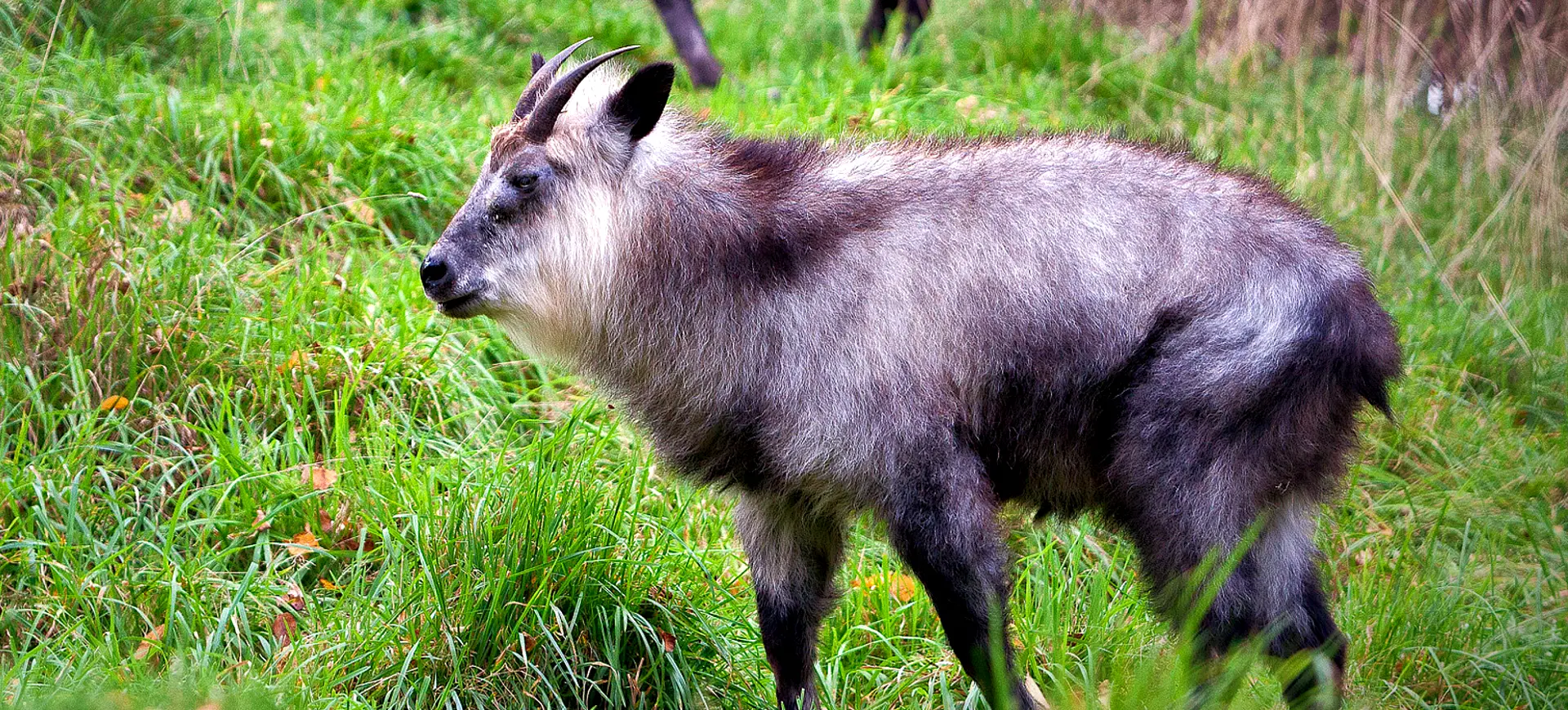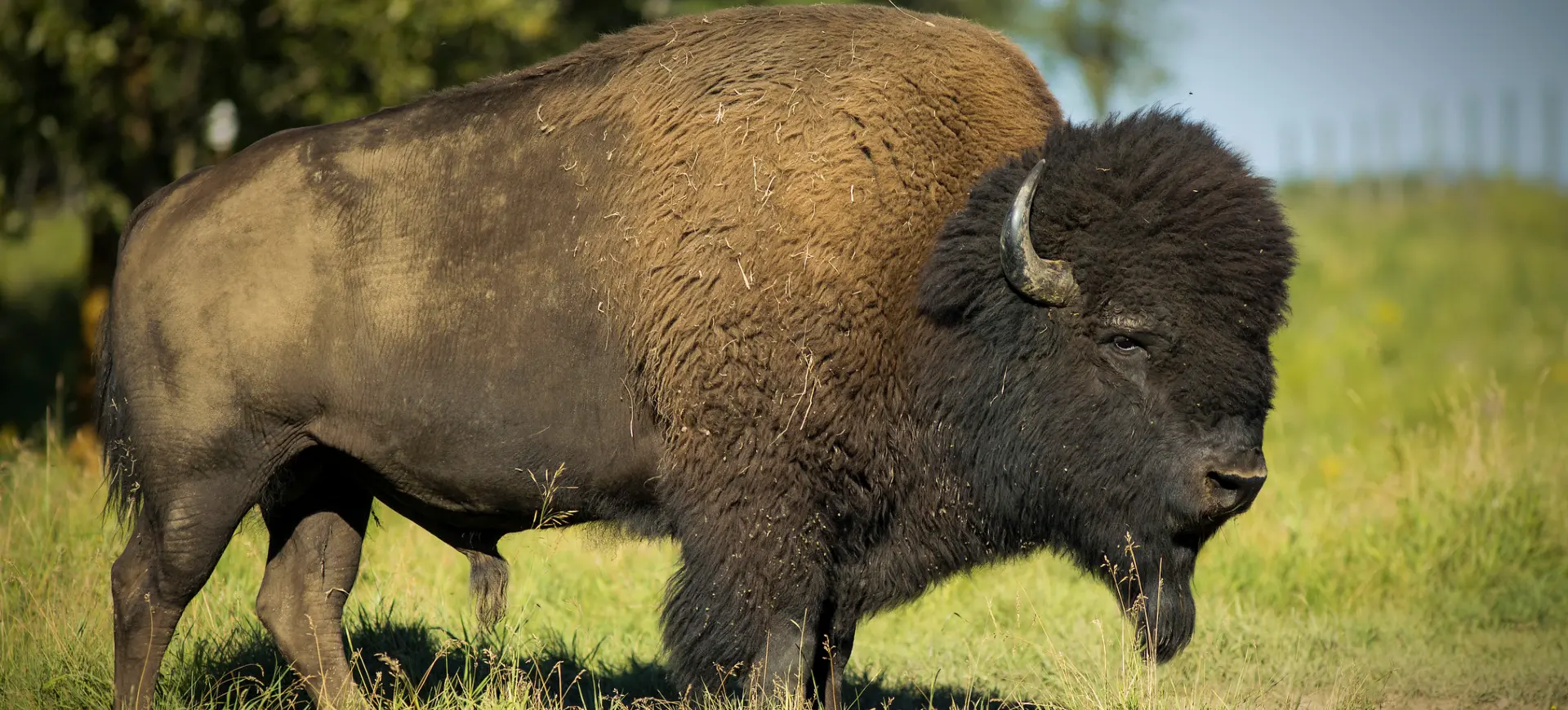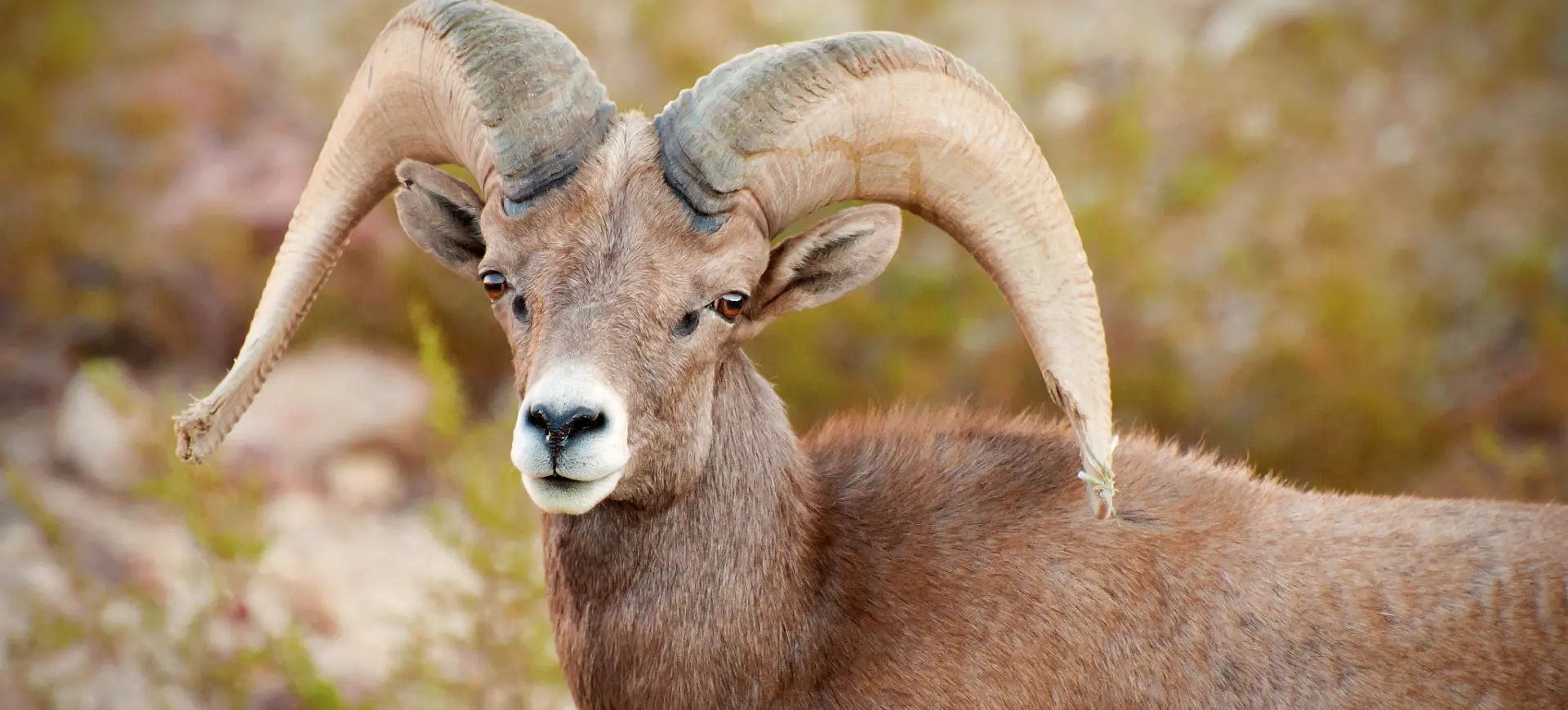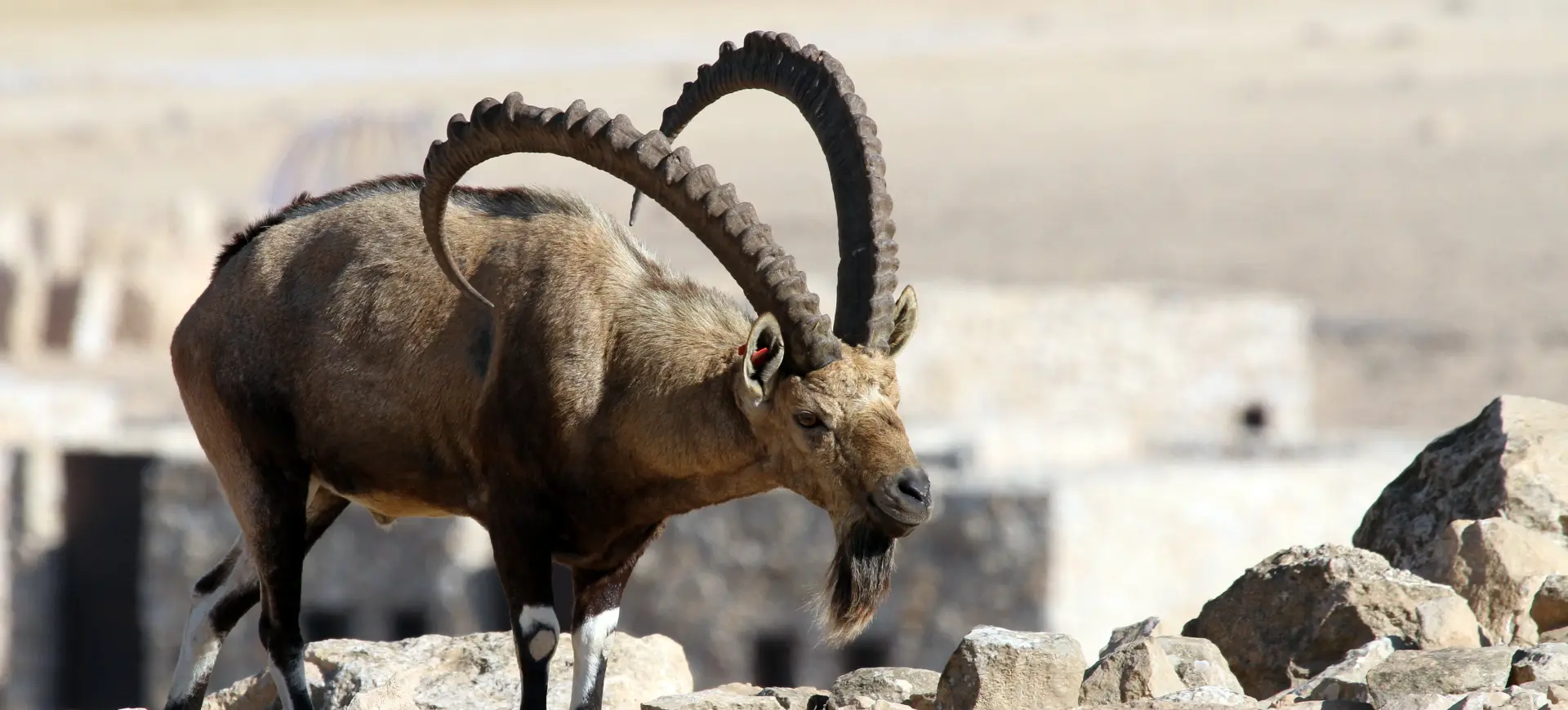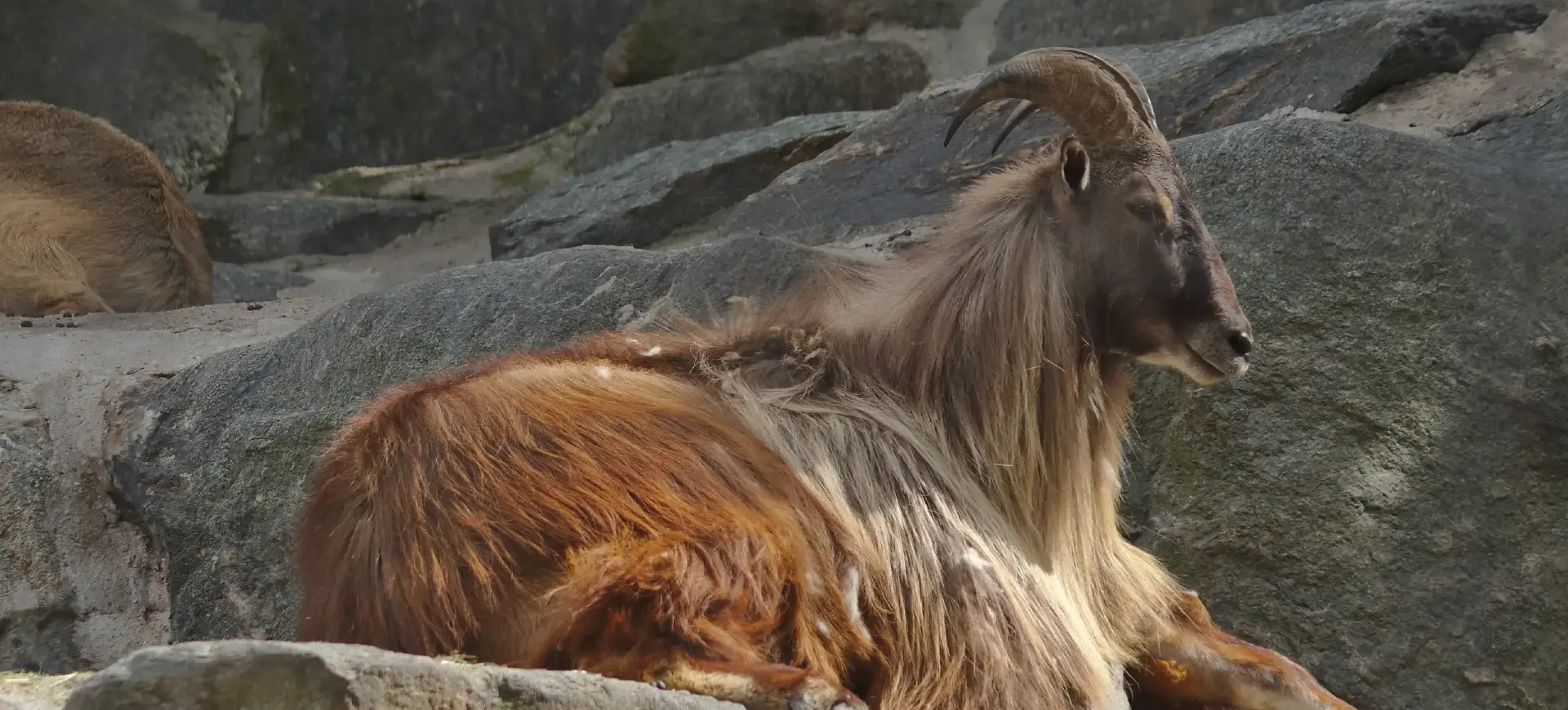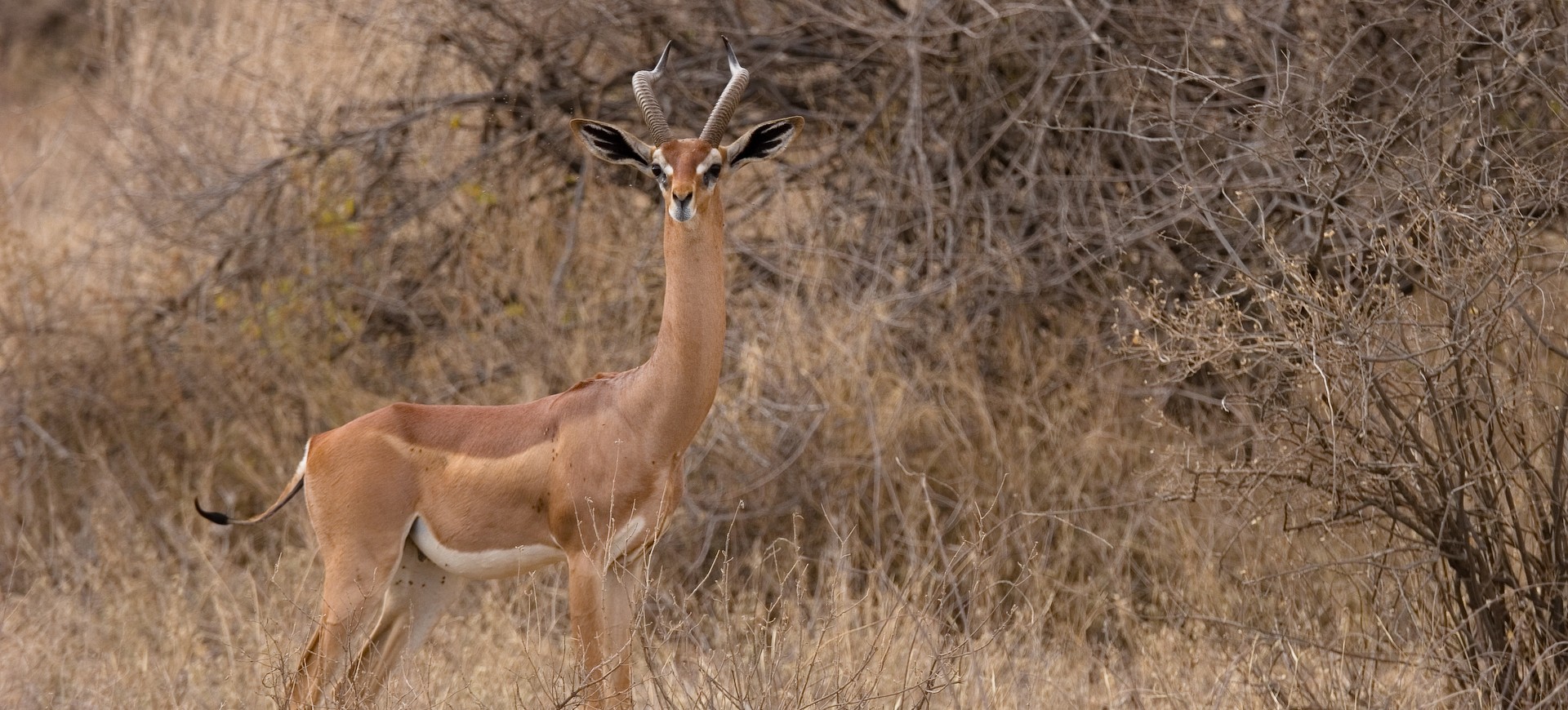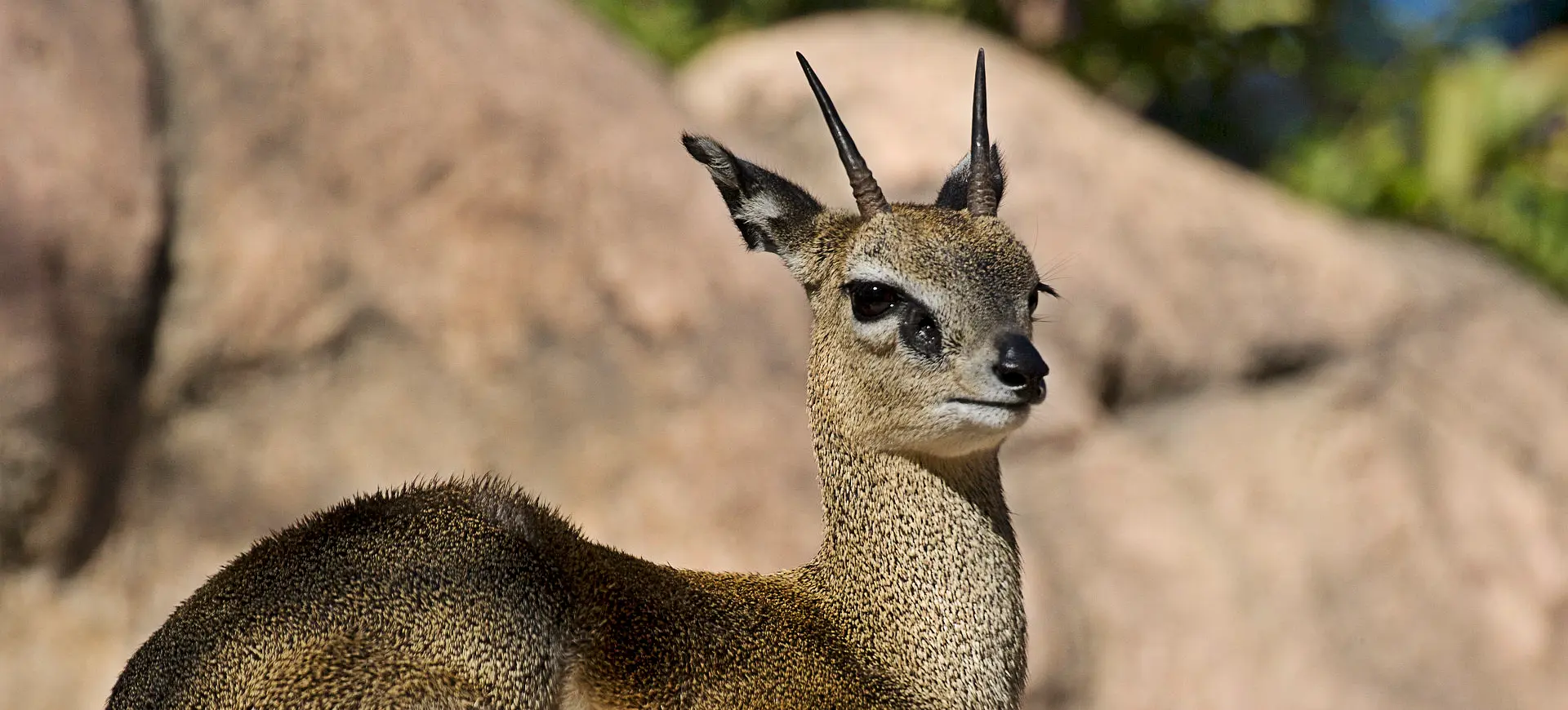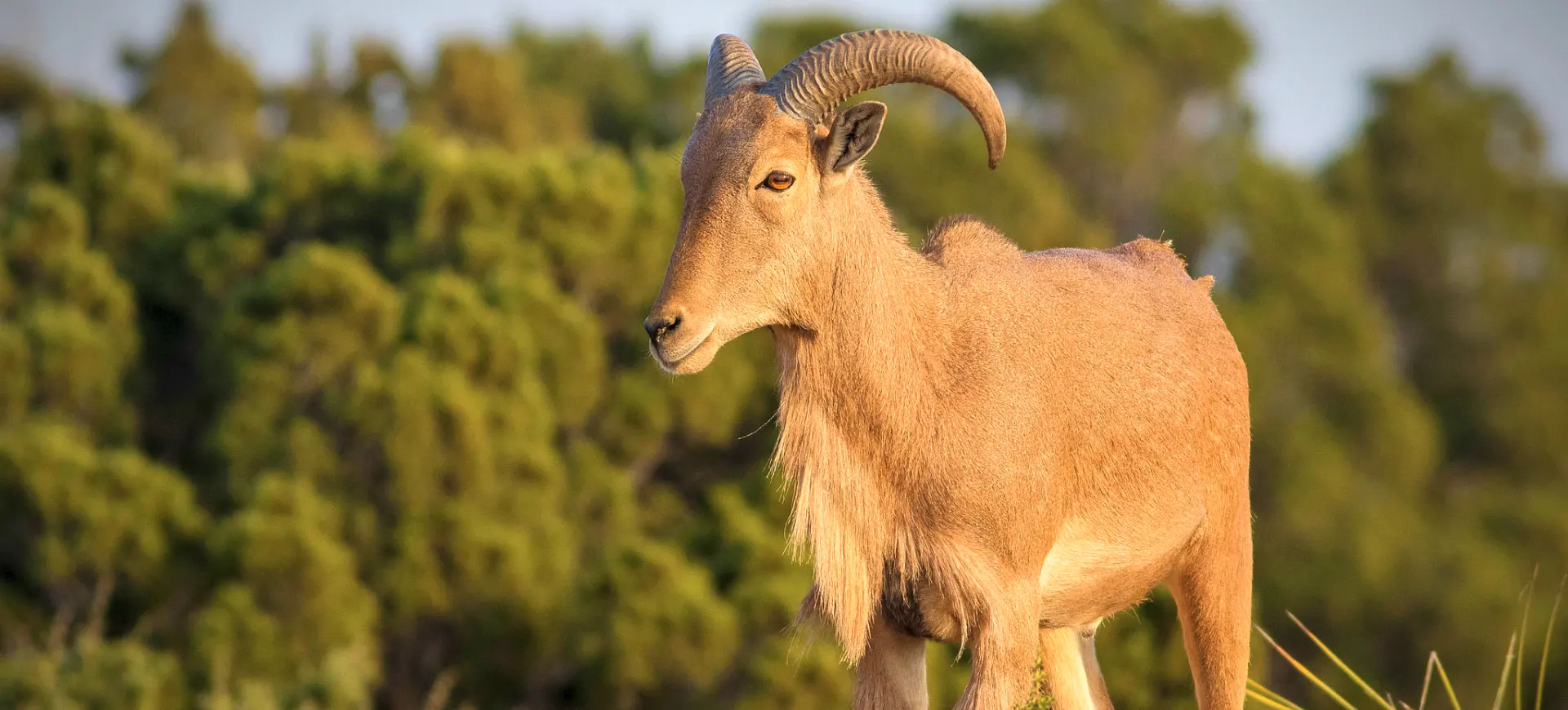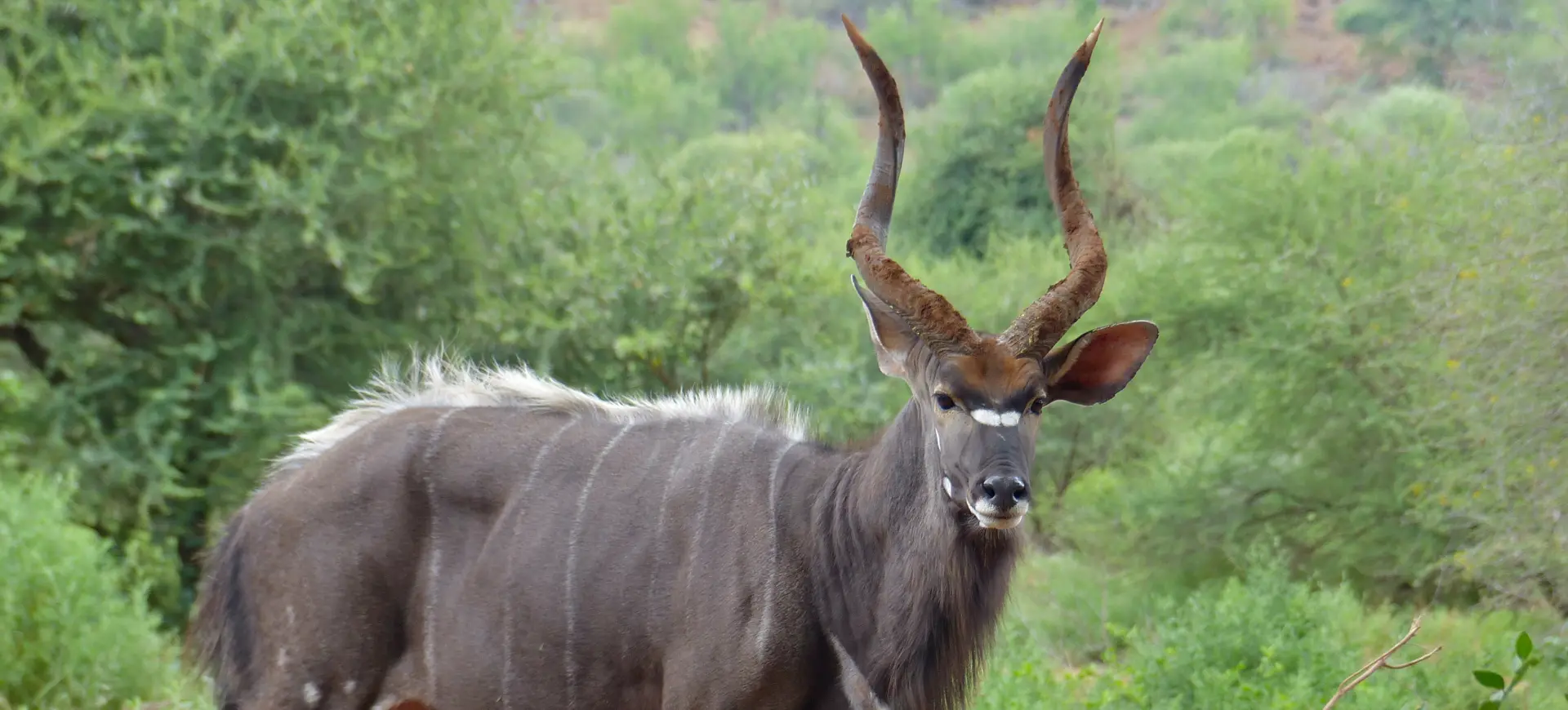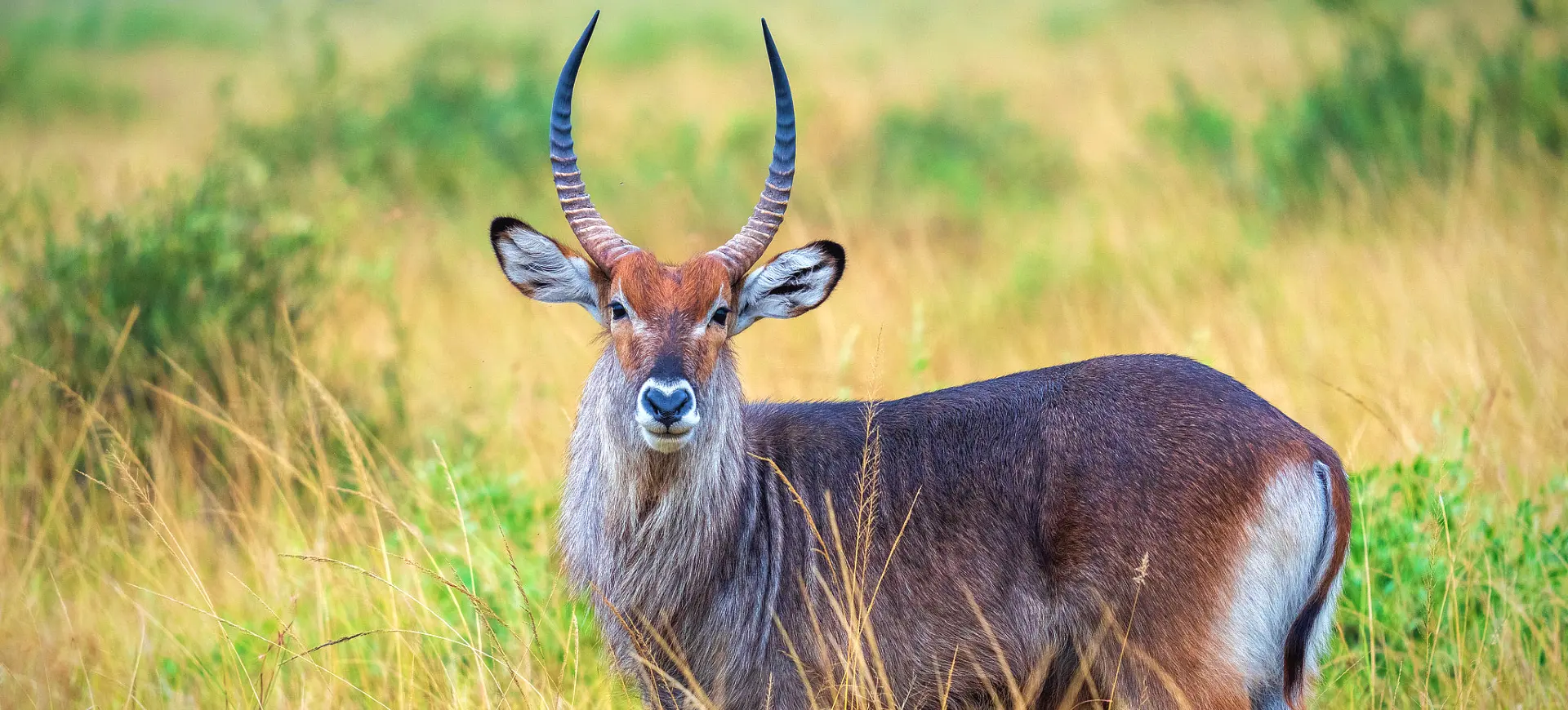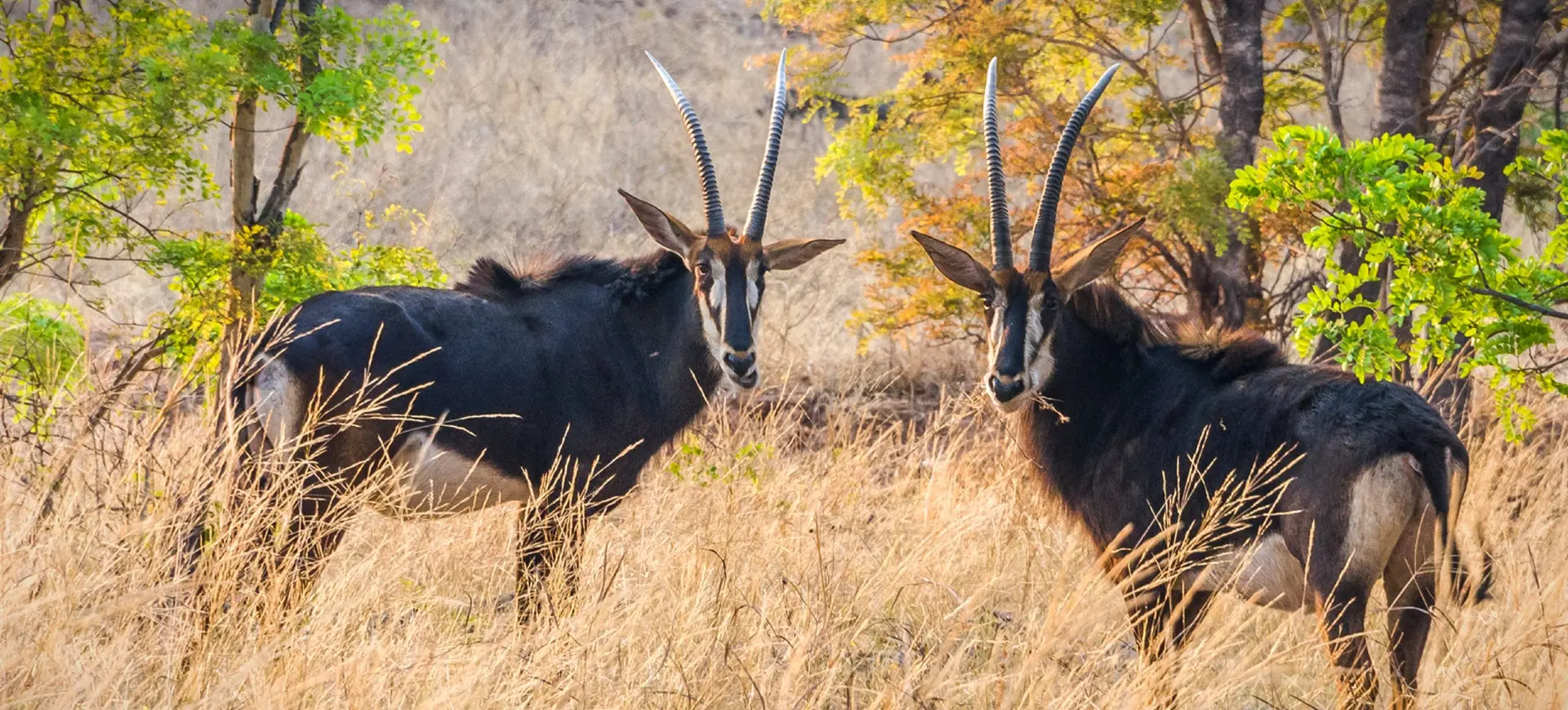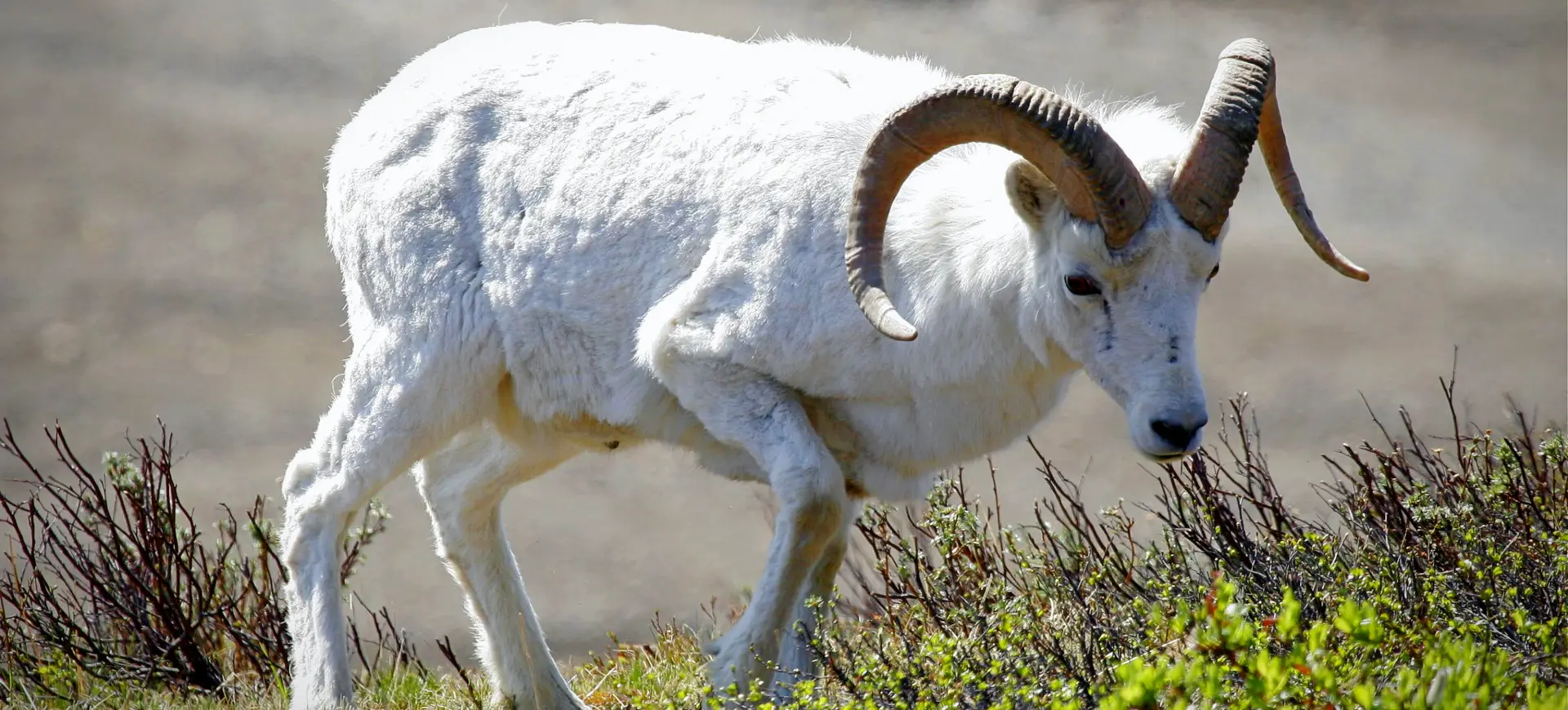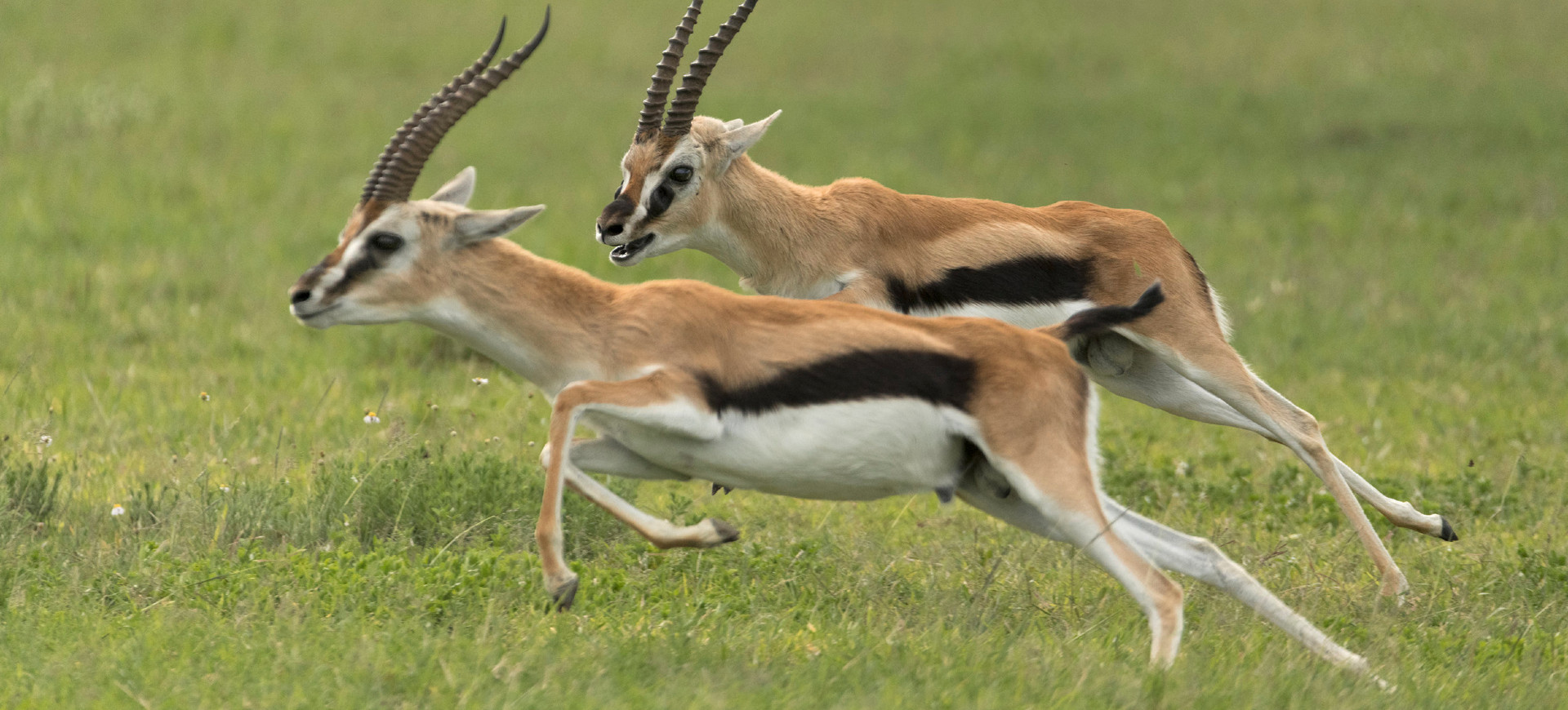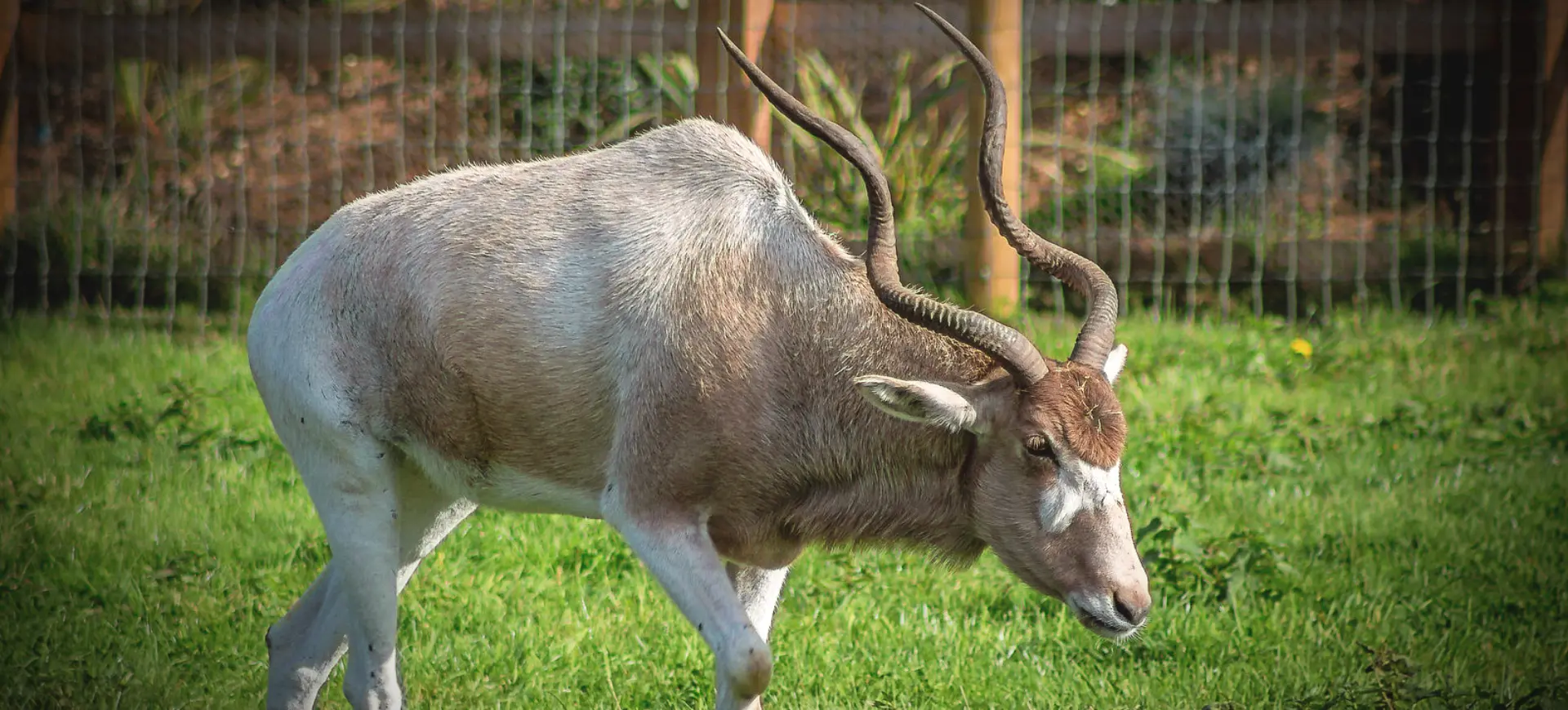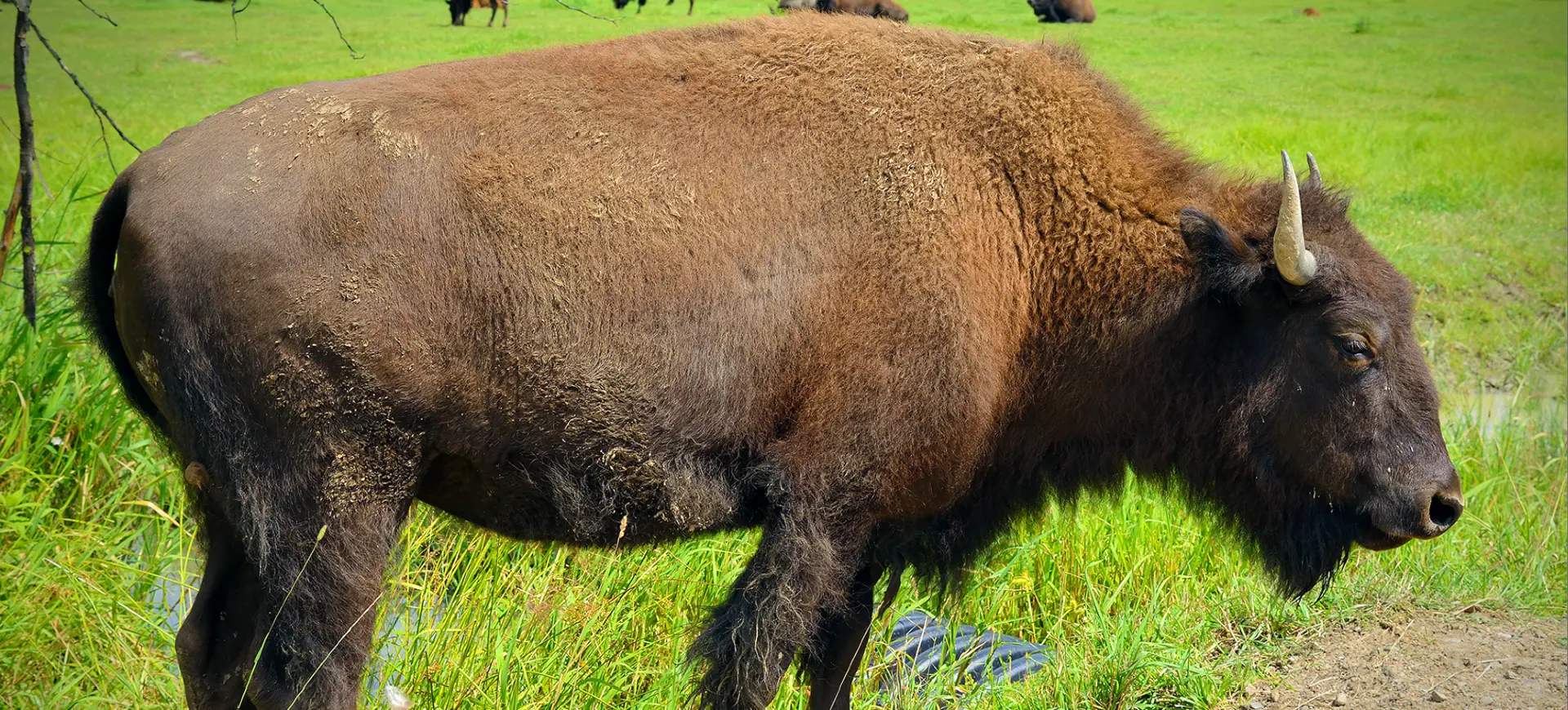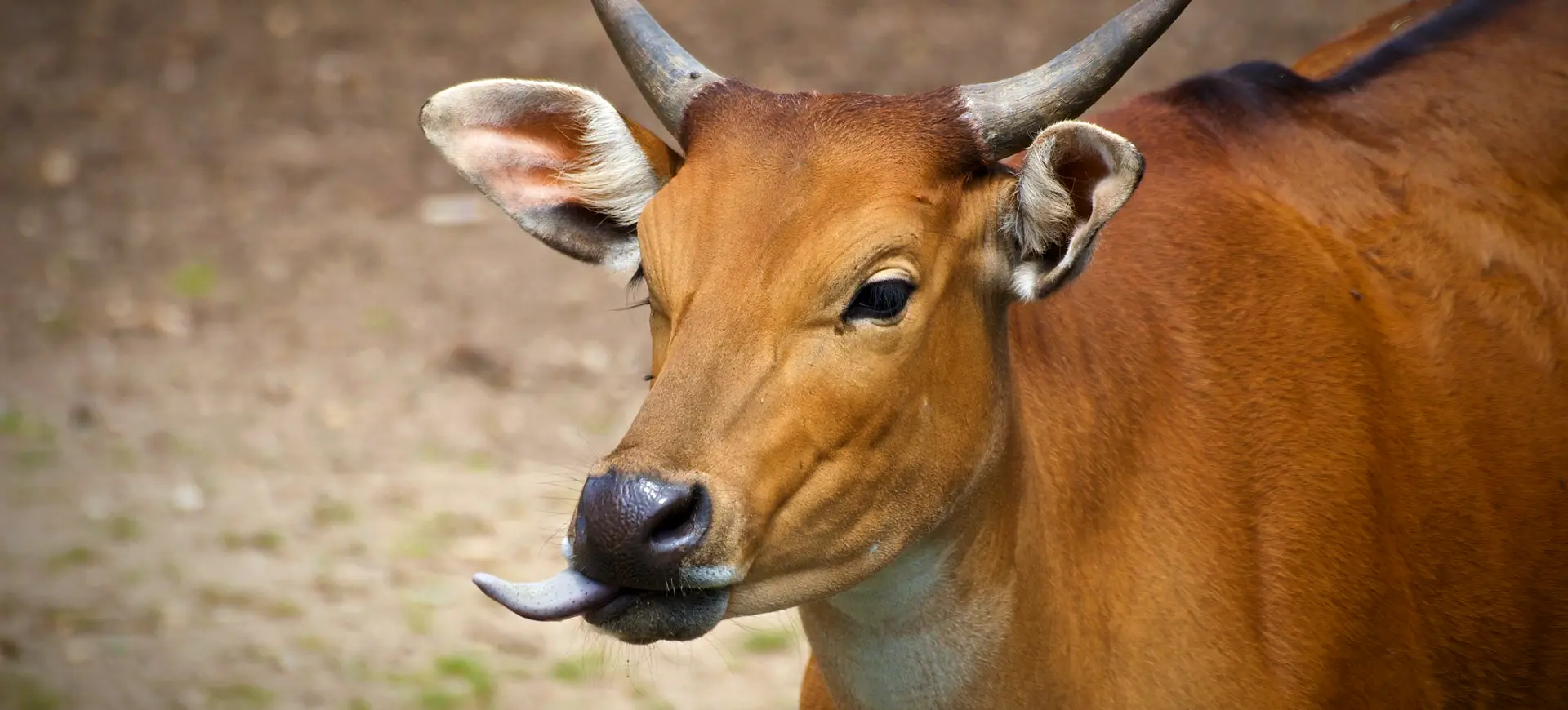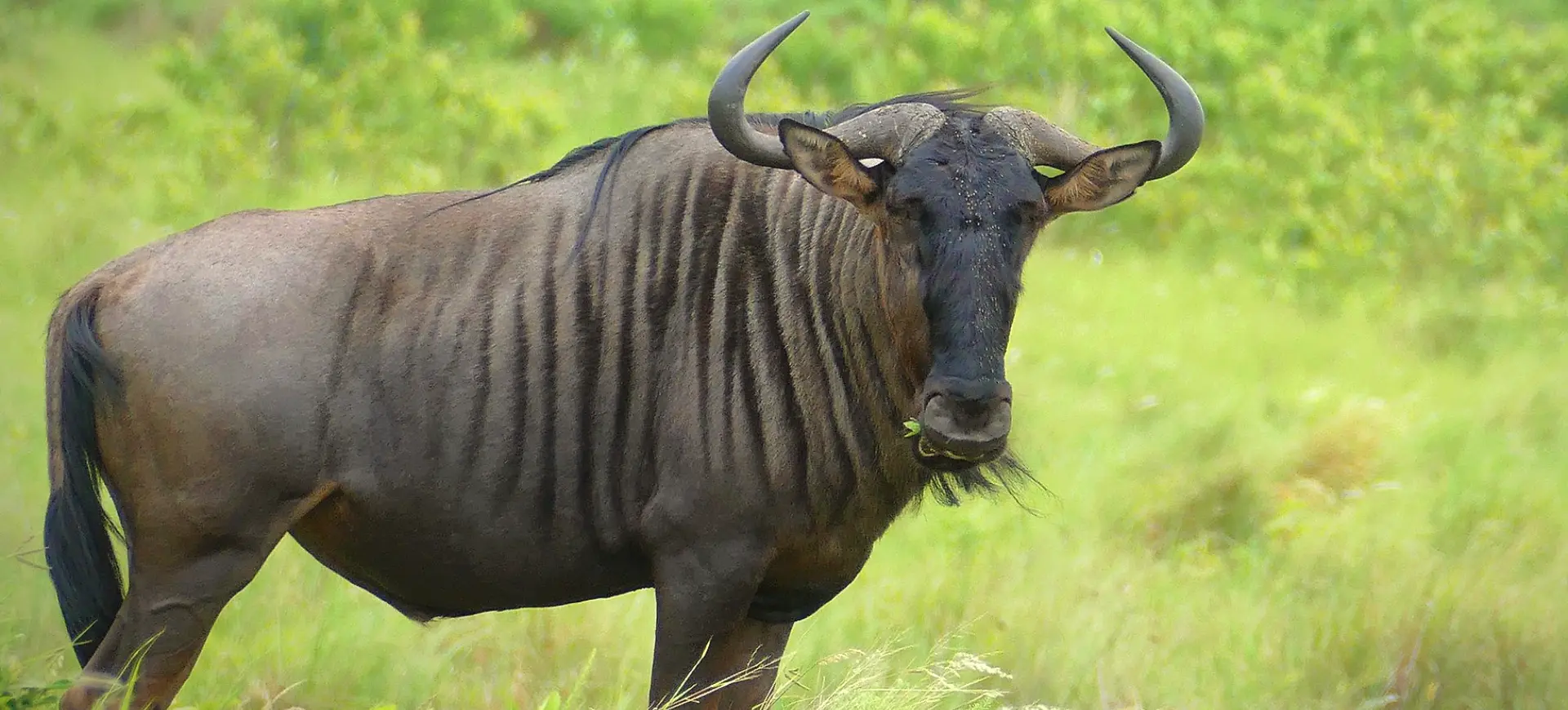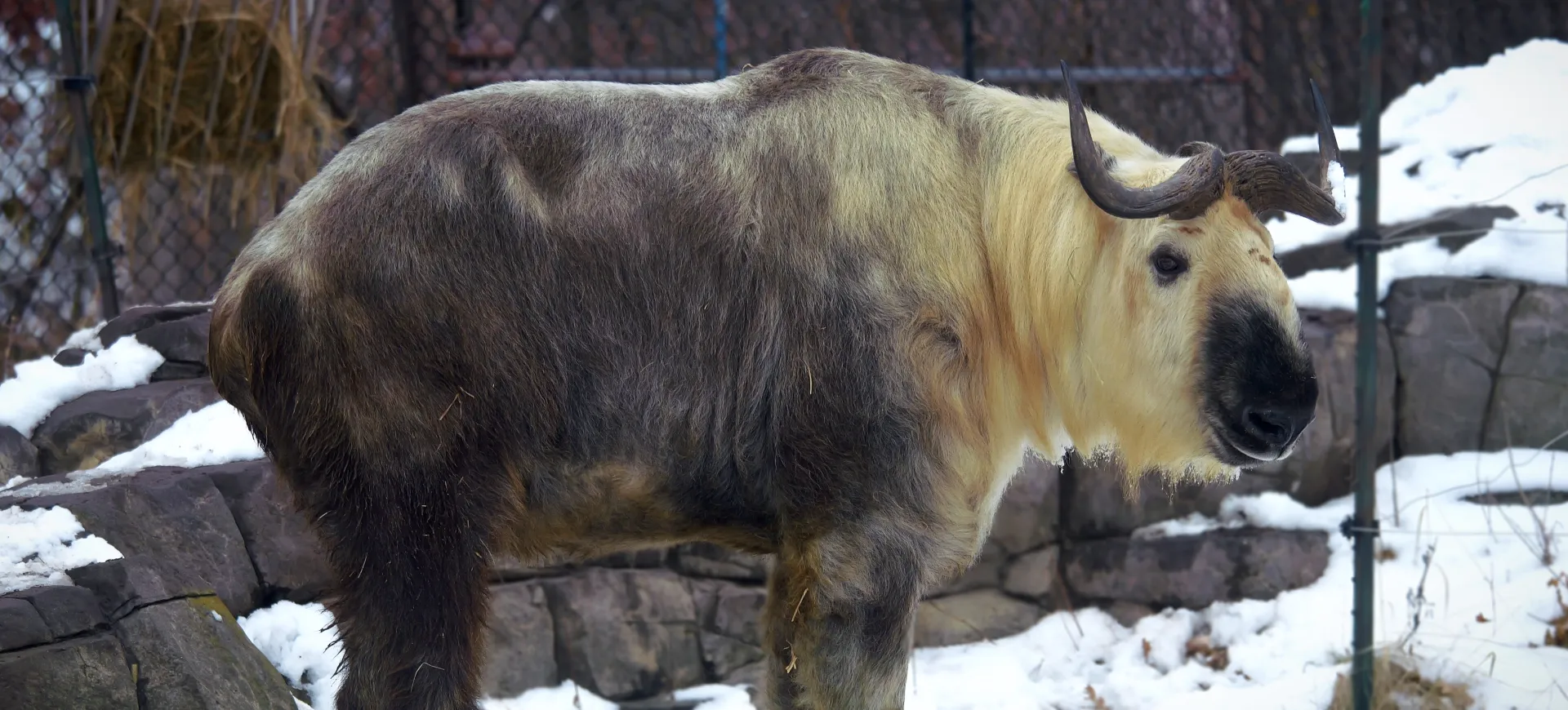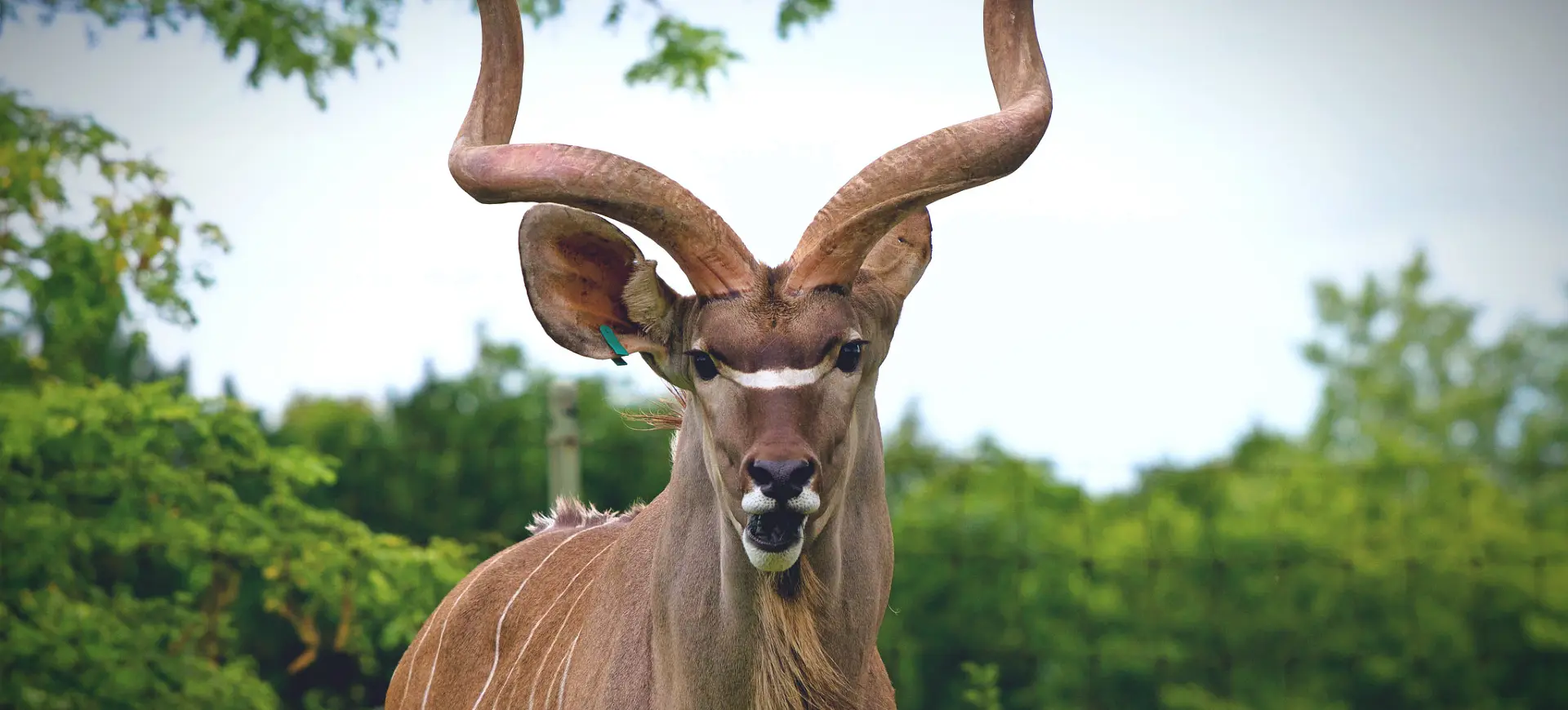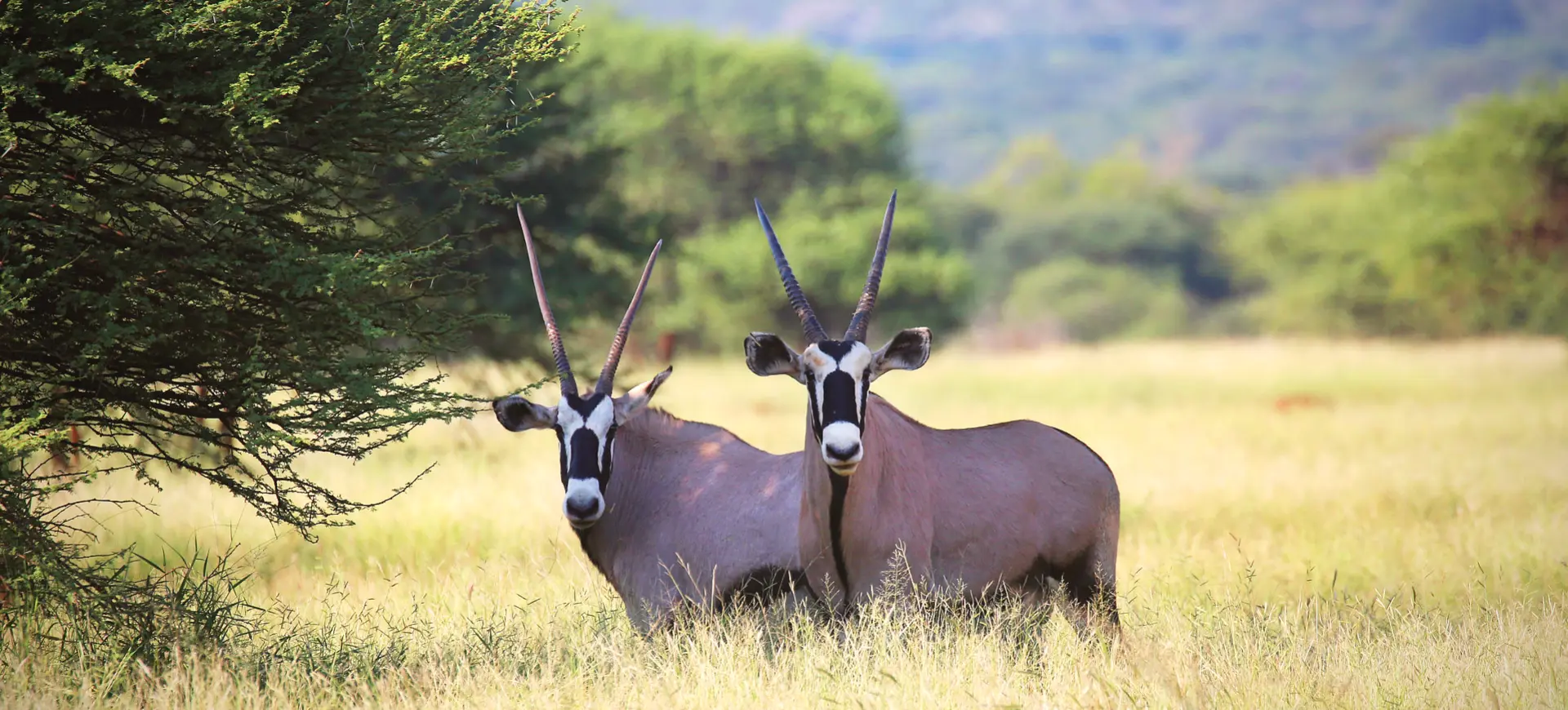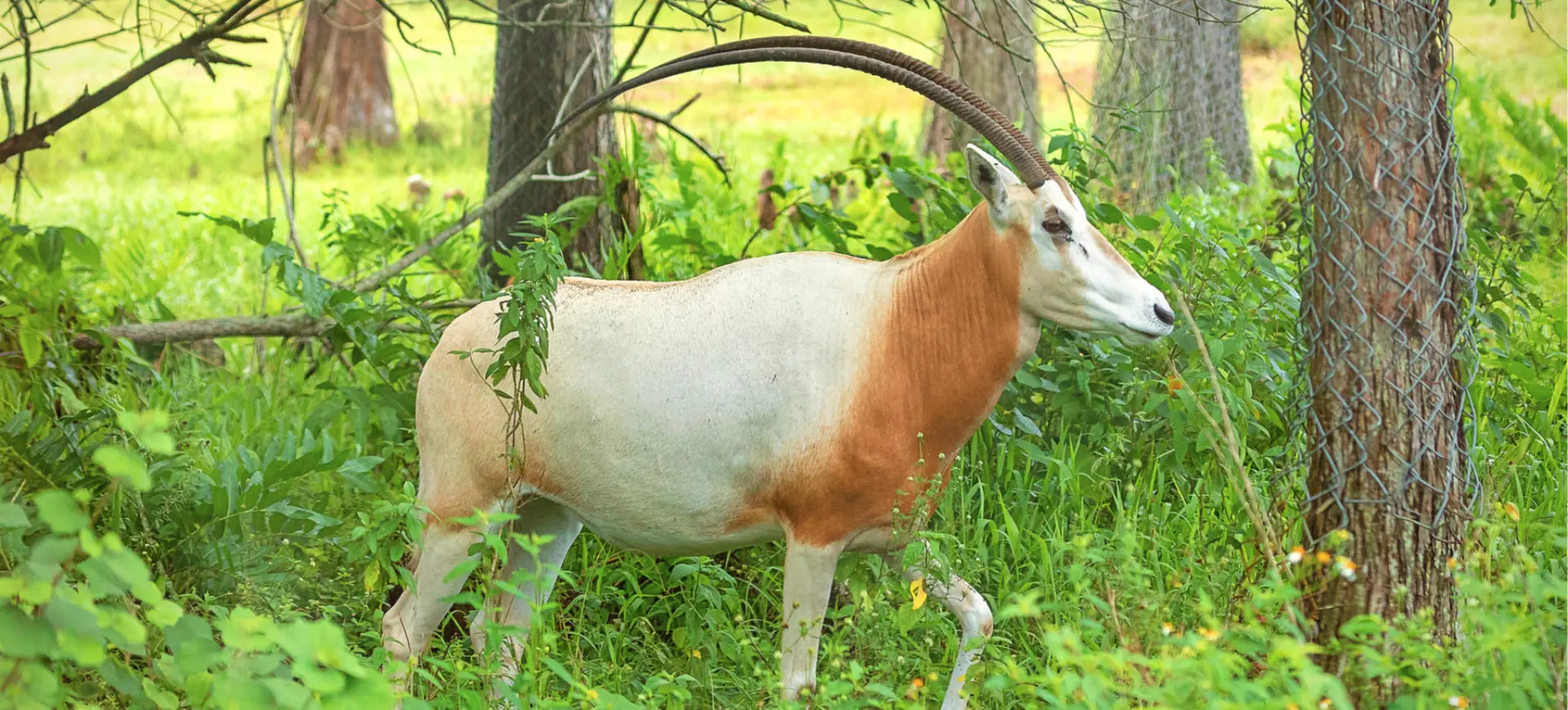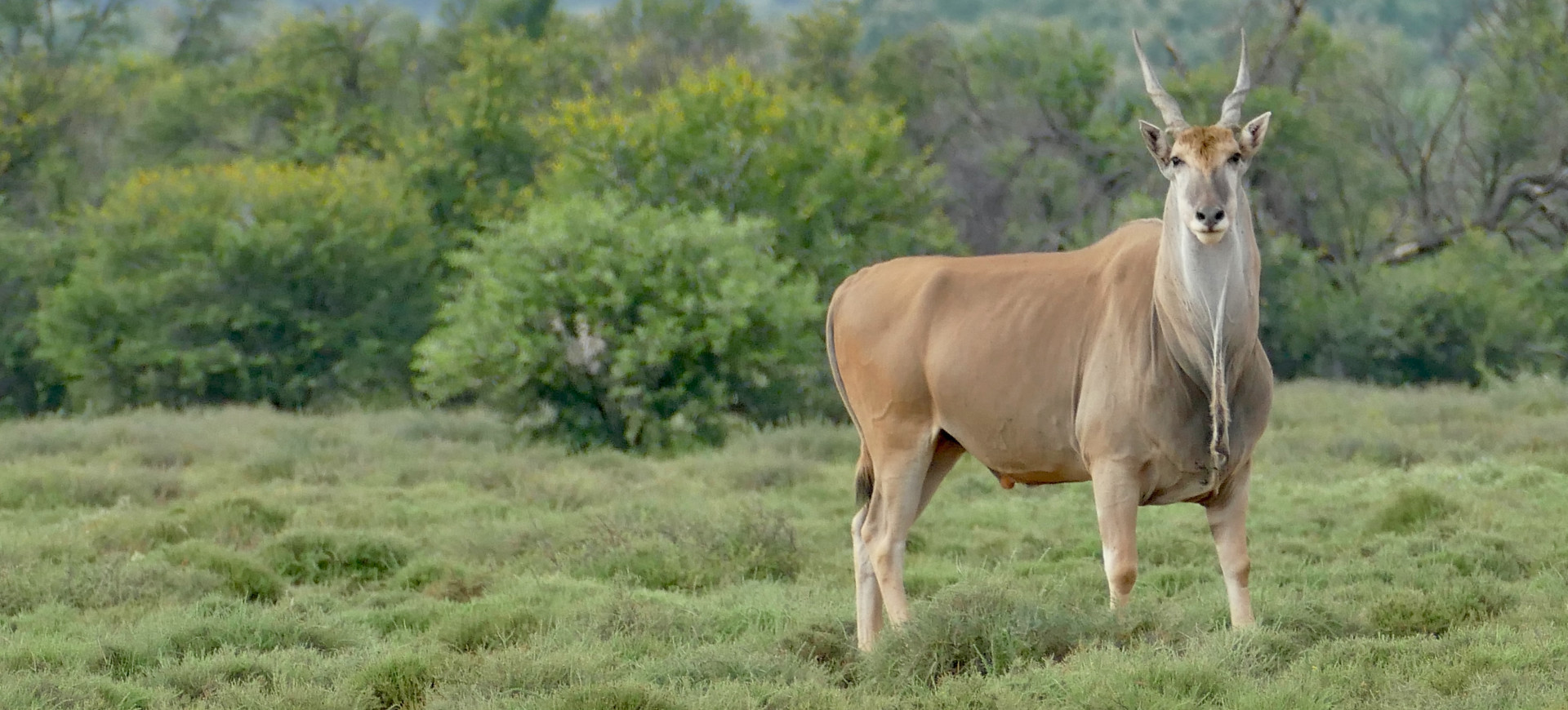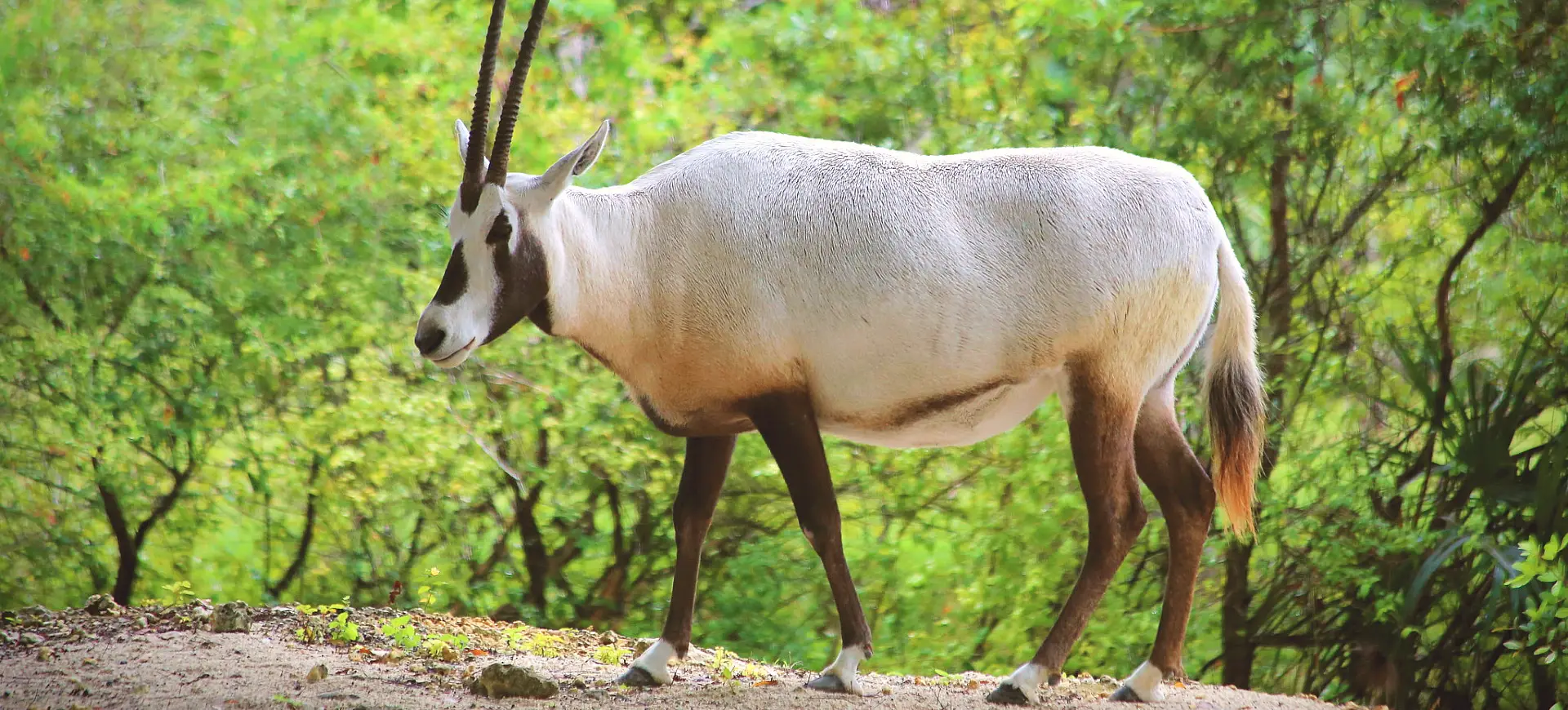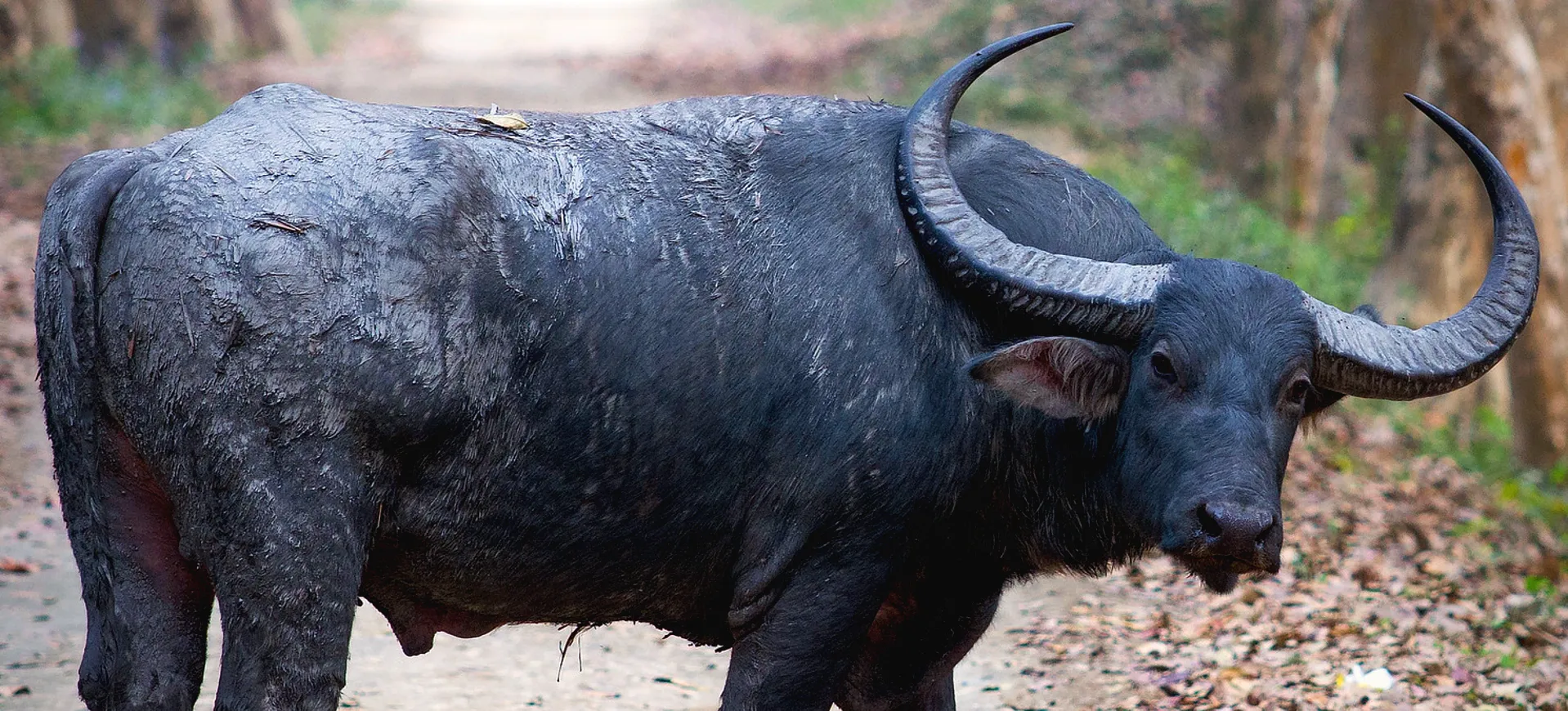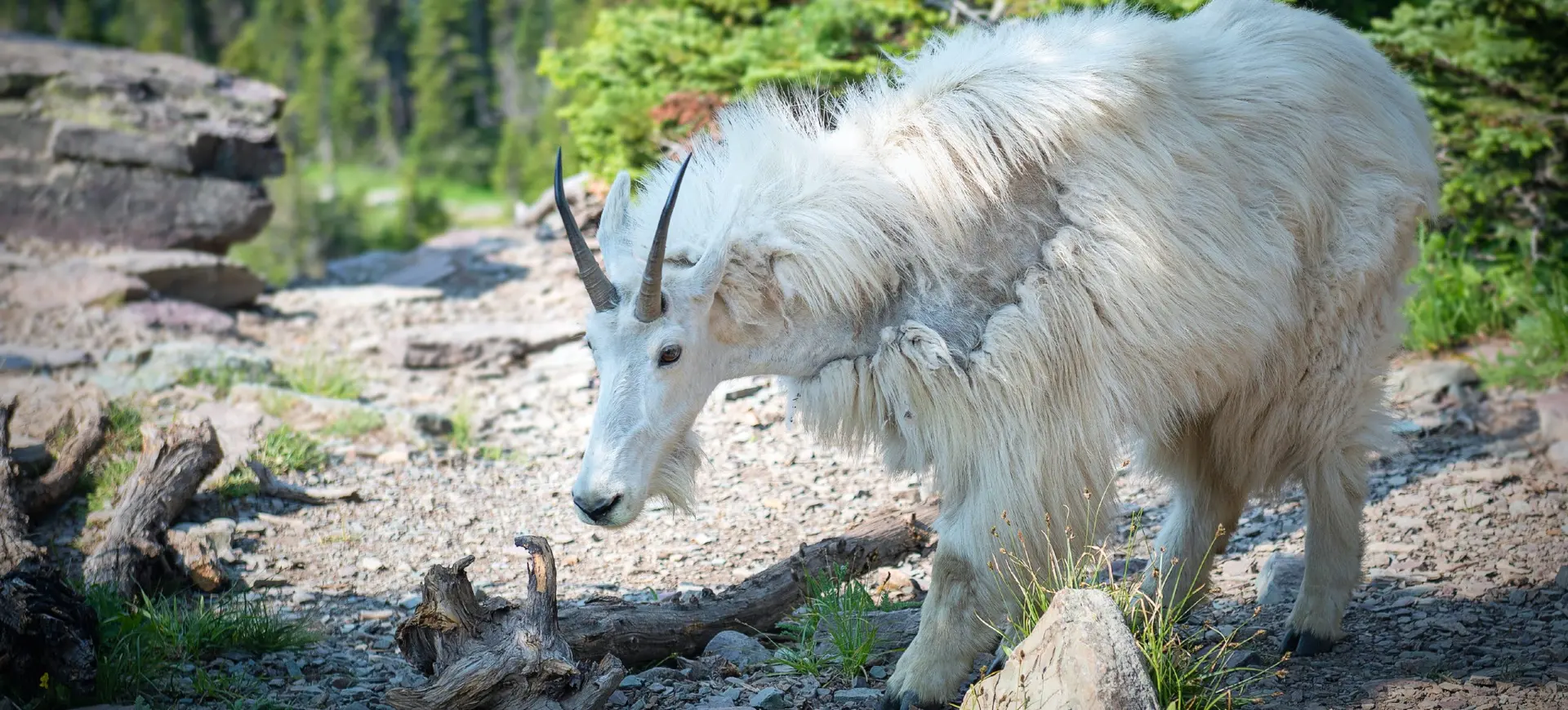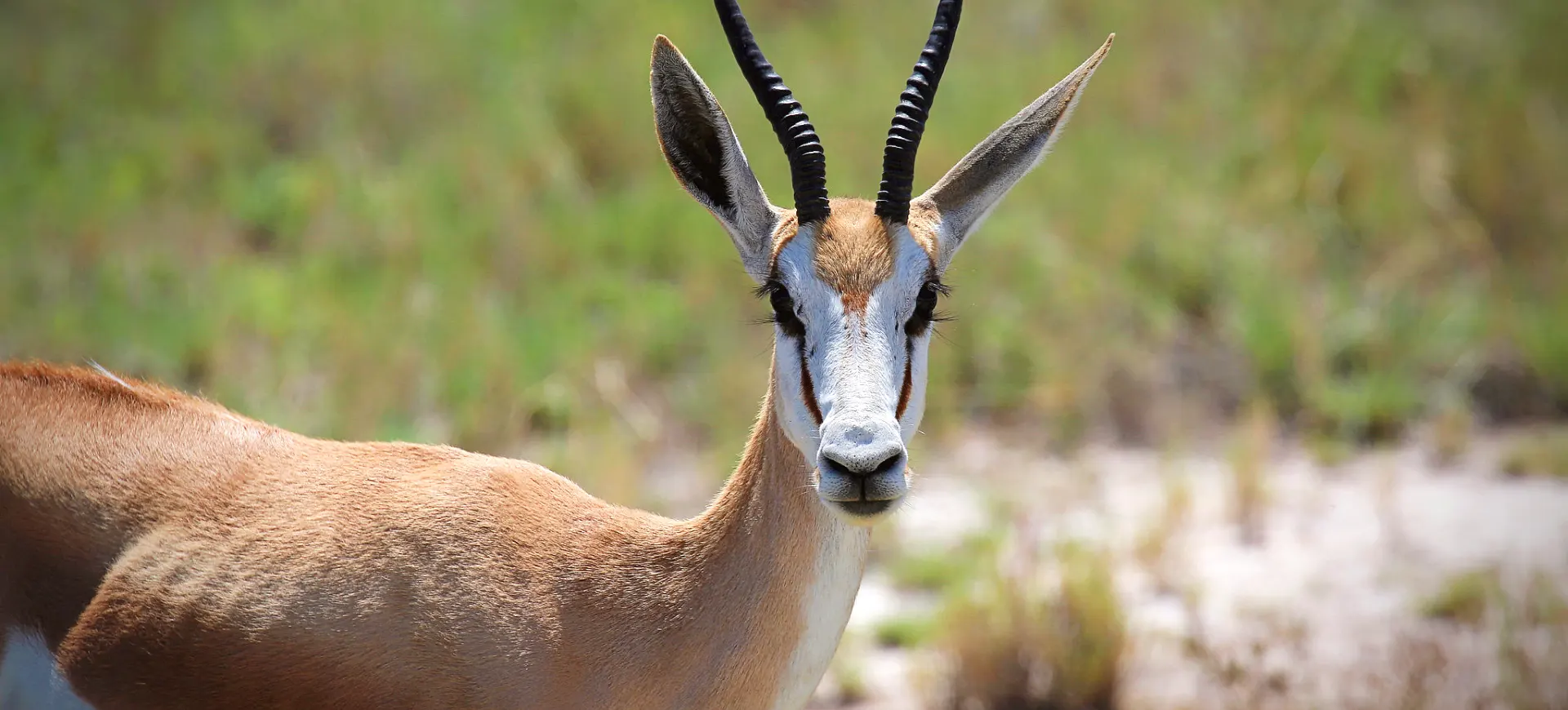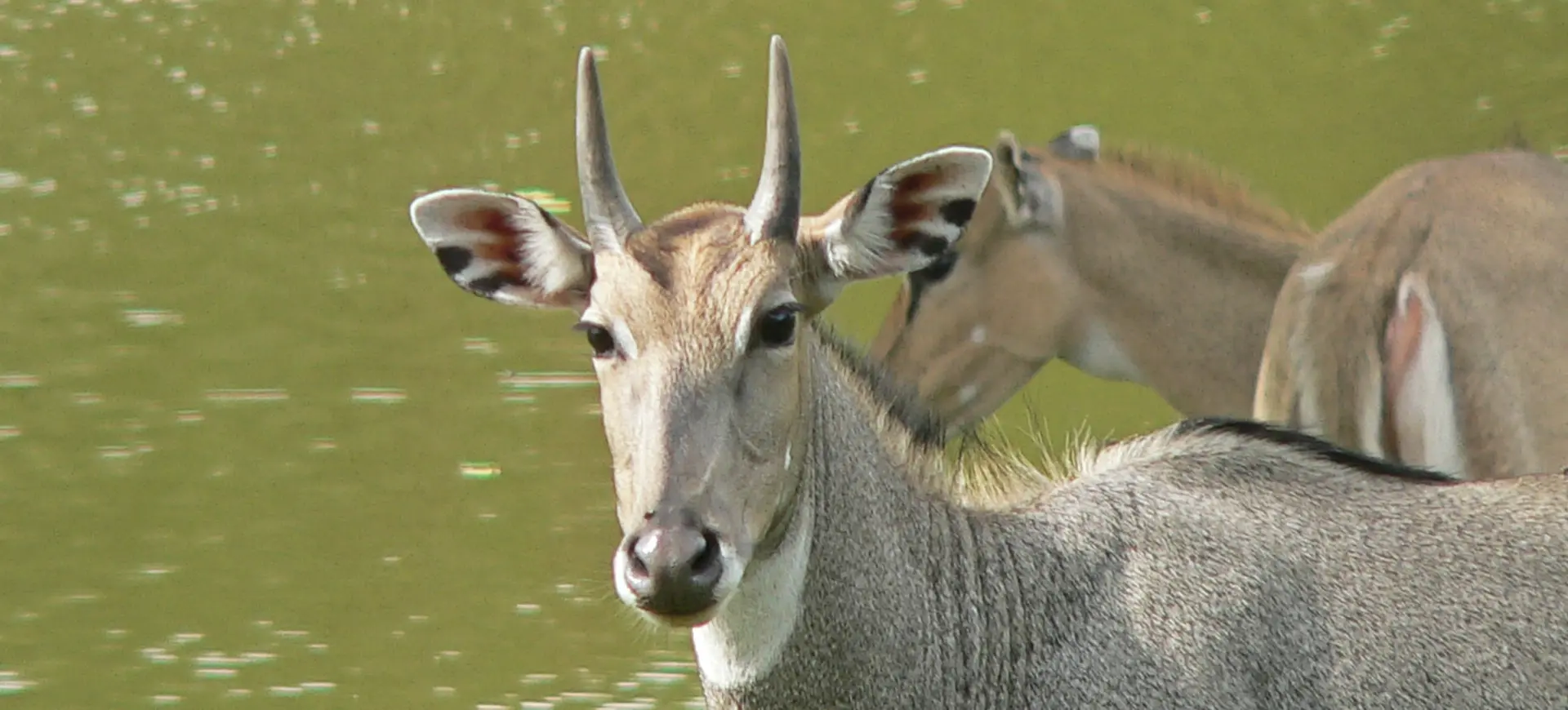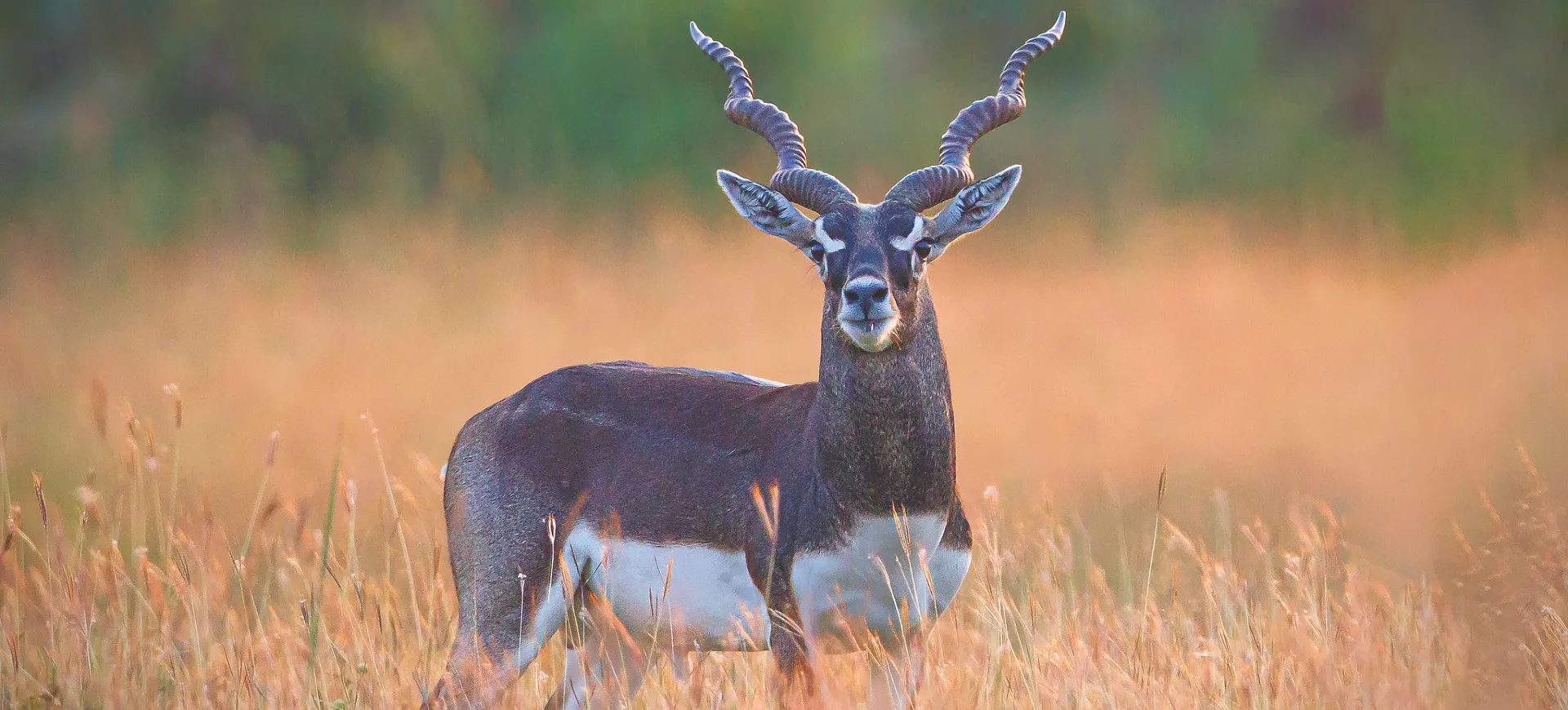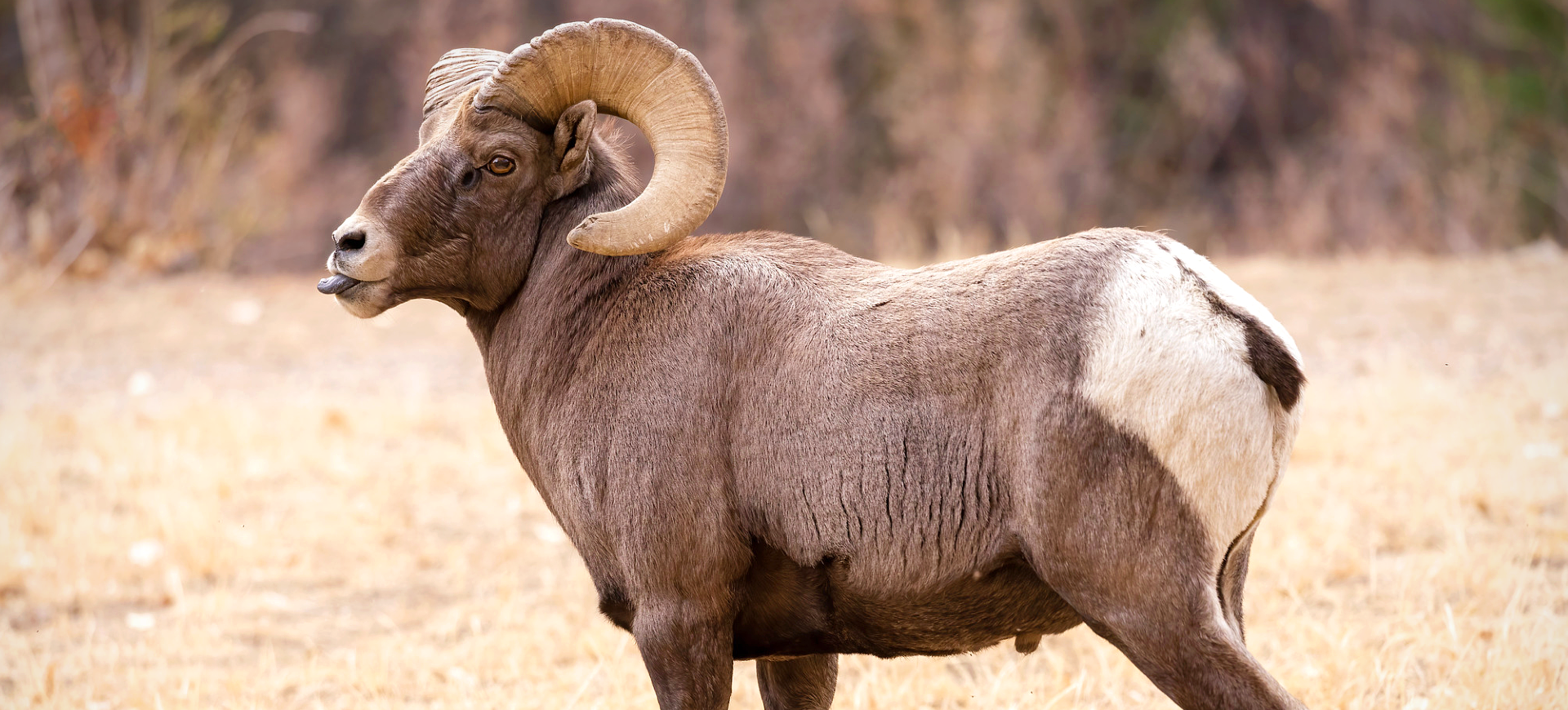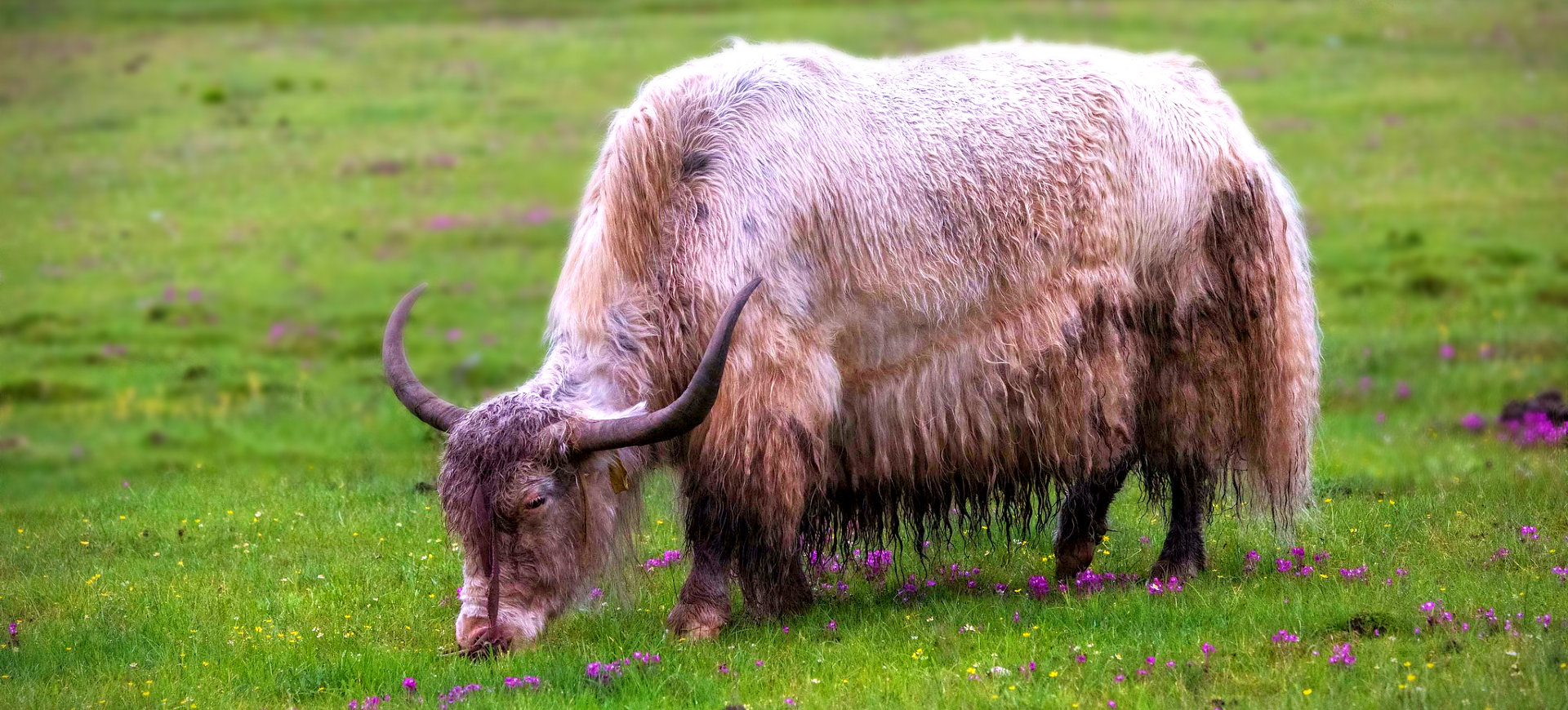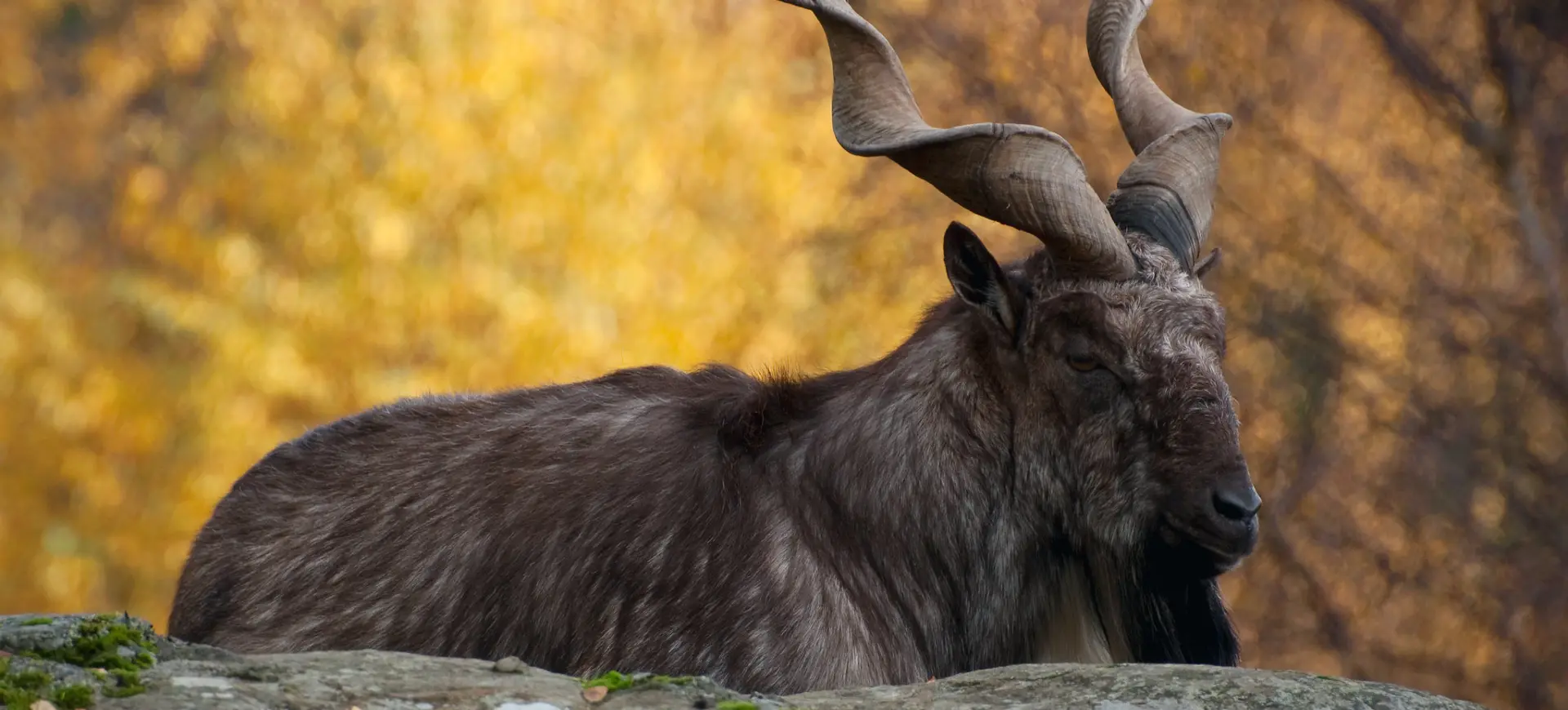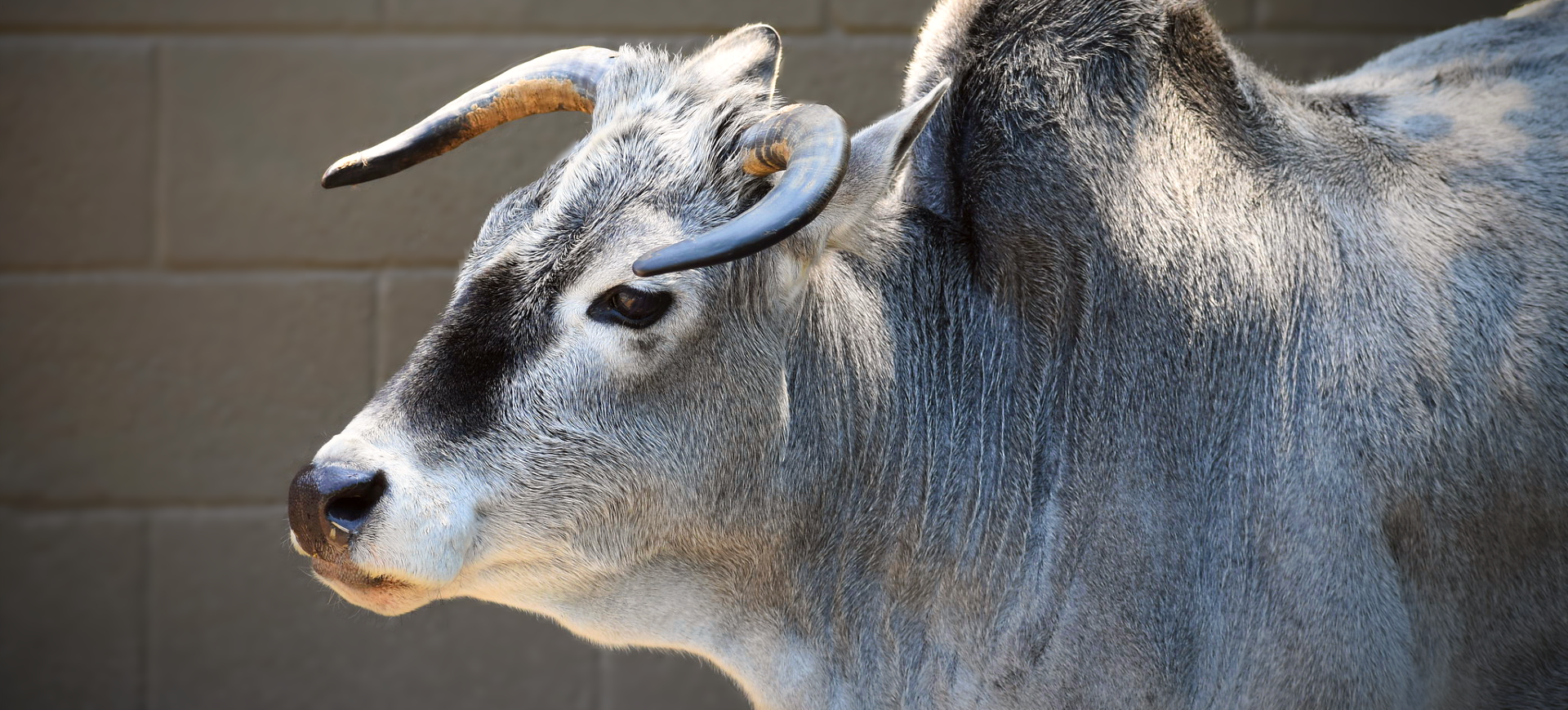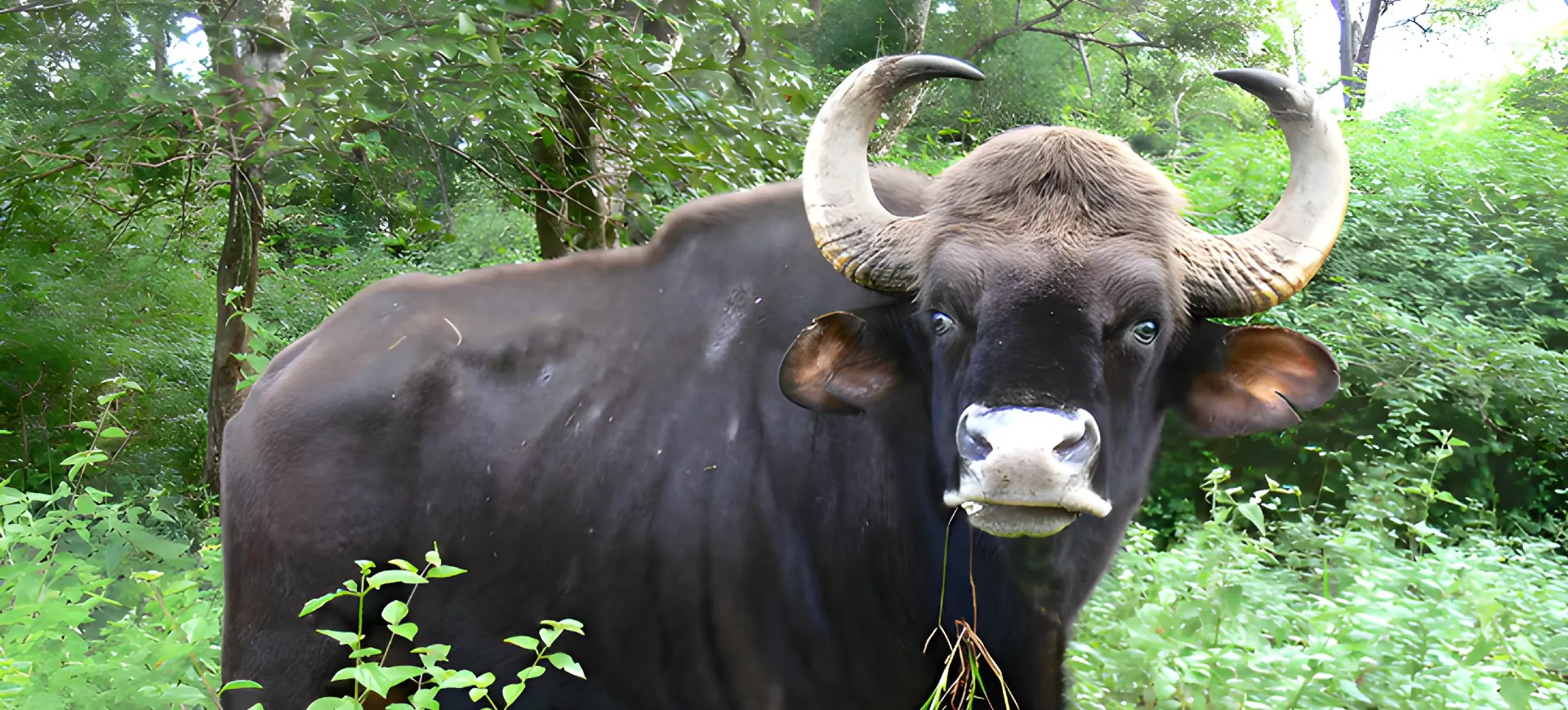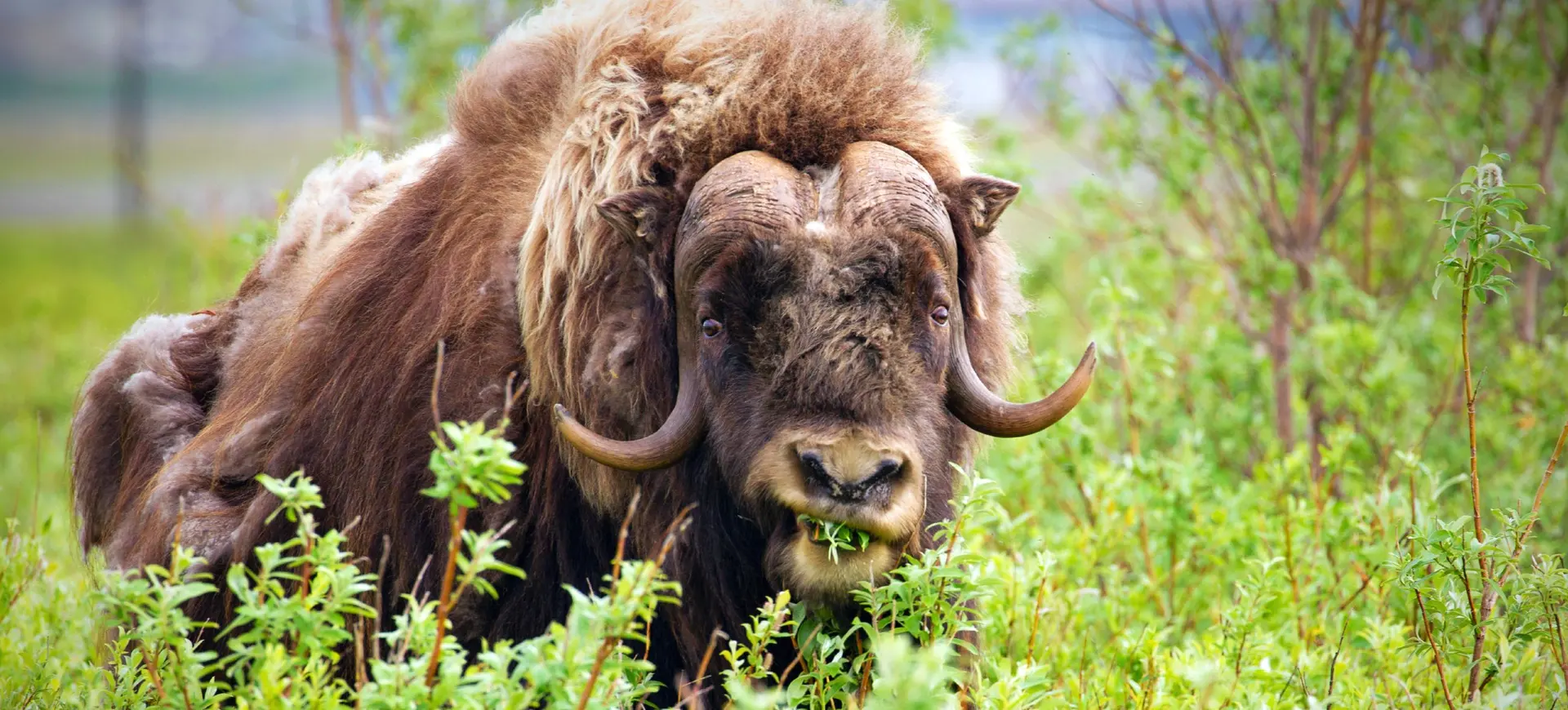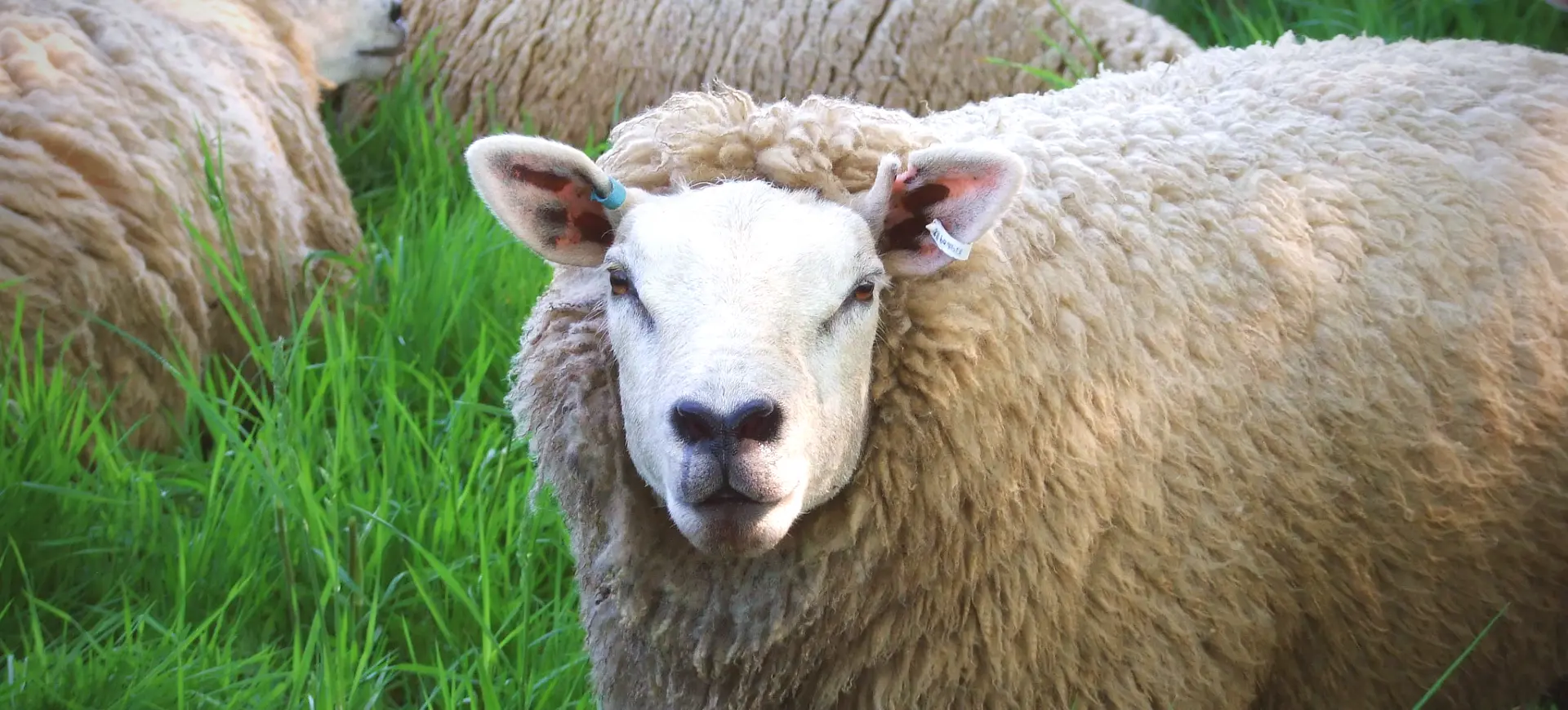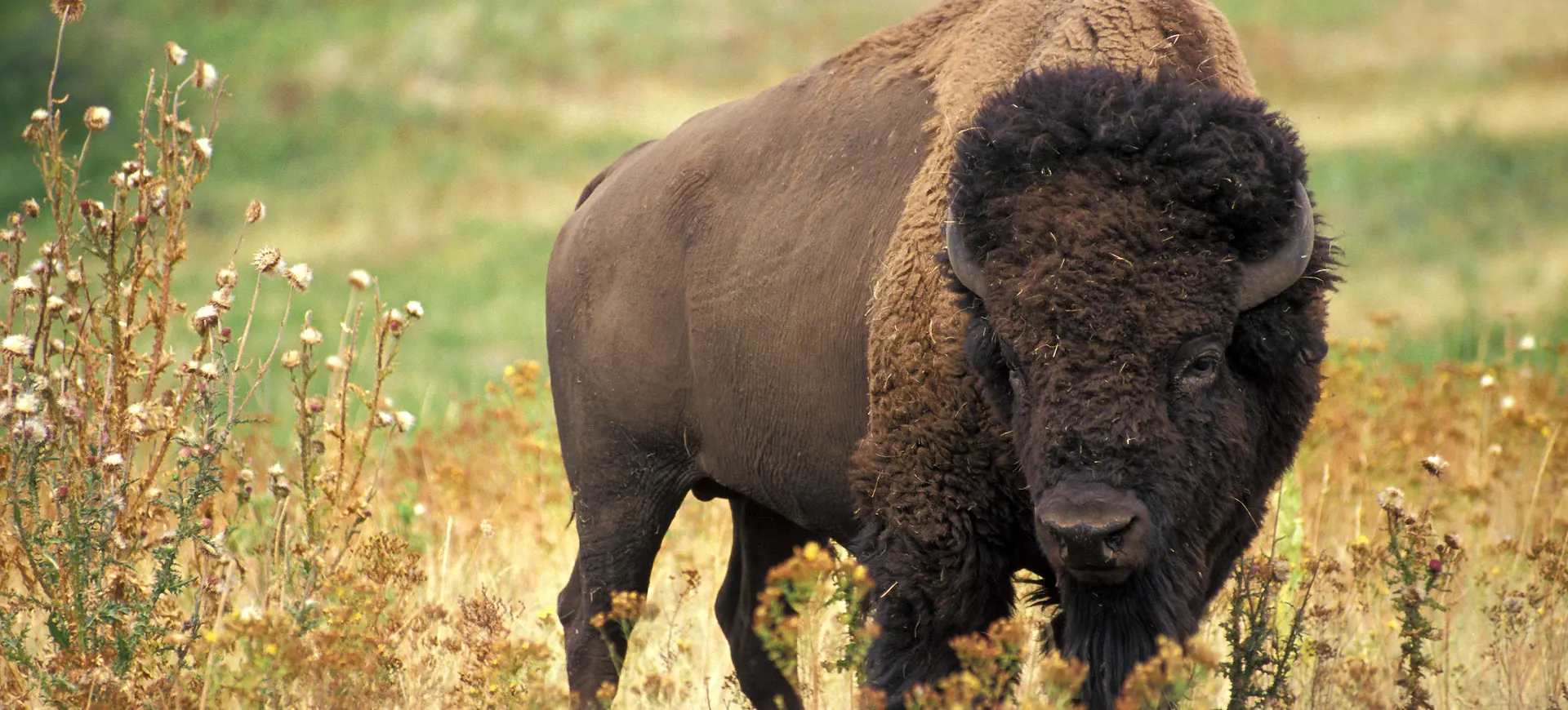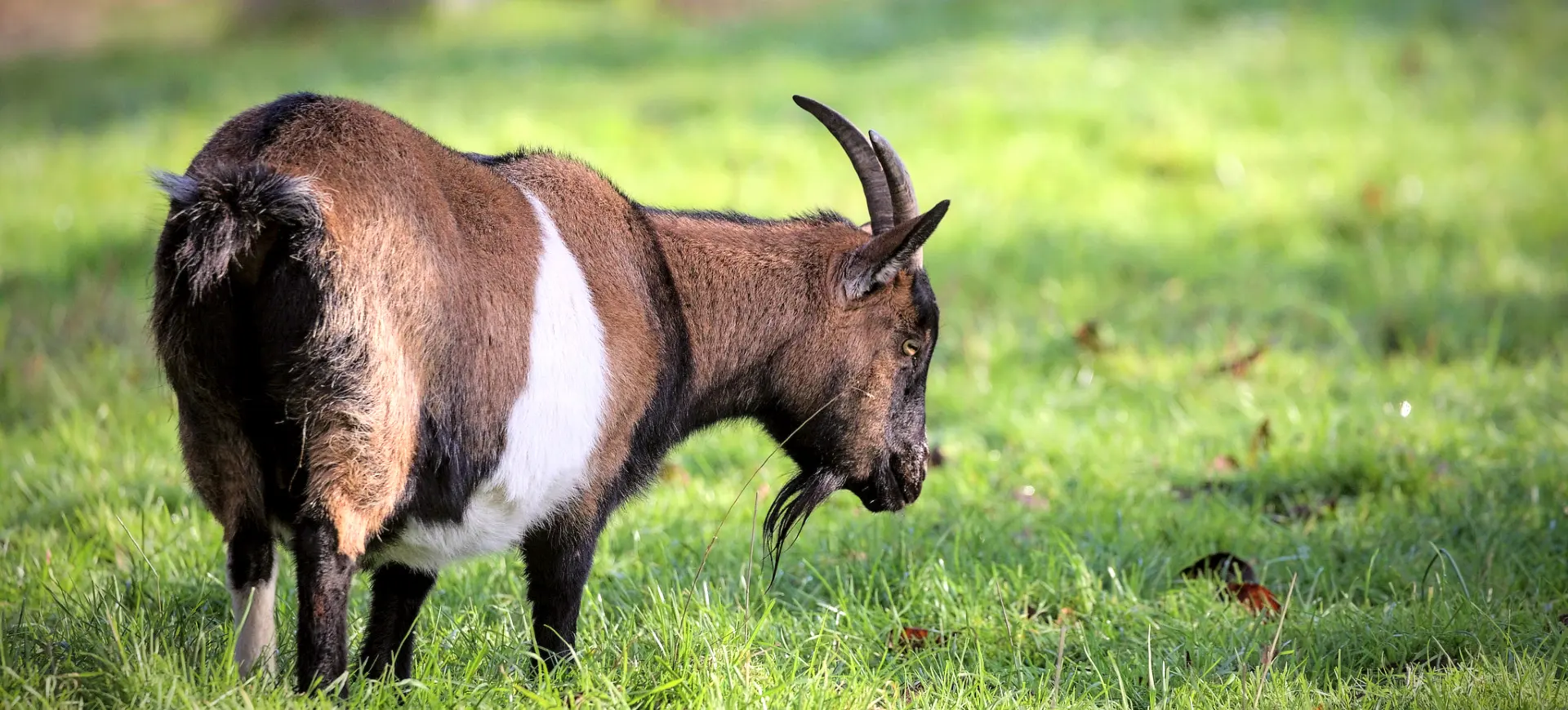Overview
The Golden Takin, Budorcas taxicolor bedfordi, is a subspecies of the Takin found in the eastern Himalayas. Recognized by its striking golden-yellow coat, this large, muscular bovid is adapted to live in rugged terrain and dense bamboo forests of high altitudes. The Golden Takin has a unique appearance with a large, moose-like snout, small eyes, and a robust body that supports its grazing lifestyle. They are social animals, living in herds that can number up to 30 individuals, which helps them protect against predators and navigate their challenging environment.
Golden Takins are herbivores feeding on various leaves, buds, and grasses. Their diet changes seasonally, depending on the availability of vegetation in their mountainous habitat. These animals are well adapted to their cold environment; their thick, oily fur repels water and traps heat, keeping them warm in the freezing temperatures of their high-altitude homes. The conservation status of the Golden Takin is currently classified as vulnerable, with habitat loss and hunting posing significant threats to their populations.
Efforts to conserve the Golden Takin include habitat protection, anti-poaching measures, and environmental education programs for local communities. Establishing protected areas and wildlife reserves in their native range has been crucial for their survival. The Golden Takin’s role in their ecosystem is significant, as their grazing habits help shape the vegetation structure of their habitat. Protecting the Golden Takin also means preserving the biodiversity of the eastern Himalayan region, demonstrating the interconnectedness of species within this unique ecosystem.
Taxonomy
Kingdom
Phylum
Class
Order
Family
Genus
Species
Sub Species
Type
Physical Description:
The Golden Takin is notable for its dense, golden-yellow fur, which provides camouflage in its mountainous environment and distinguishes it from other takin subspecies. They have a large, stocky build, with adults weighing 250 to 350 kilograms (550 to 770 pounds) and standing up to 1.3 meters (4.3 feet) at the shoulder. Their thick necks and strong legs are well-suited for navigating steep, rocky terrain, while their hooves are split, allowing for better grip on slippery surfaces. The males, or bulls, are larger than the females and possess small, curved horns that can grow up to 64 centimeters (25 inches), used for defense and dominance displays within the herd.
The facial features of the Golden Takin include a prominent nose with a prehensile upper lip, aiding in their foraging for leaves and branches. Their eyes are positioned to provide a wide field of vision, essential for detecting predators in their habitat. The oily substance secreted by their skin coats their fur, adding an extra layer of protection against the cold and moisture. This unique combination of physical traits enables the Golden Takin to thrive in the harsh conditions of the eastern Himalayas.

Lifespan: Wild: ~20 years || Captivity: ~20 years

Weight: Male & Female: 550-770 lbs (250-350 kg)

Length: Male & Female: 67-87 inches (170-220 cm)

Height: Male & Female: 39-51 inches (100-130 cm) at the shoulder
Characteristic:
Native Habitat:
Golden Takins are native to the eastern Himalayas, residing in the dense forests and mountainous regions of China and Bhutan. Their preferred habitat includes areas rich in bamboo and other vegetation at elevations ranging from 2,000 to 4,500 meters (6,560 to 14,760 feet). These habitats provide the necessary resources for their diet, and the rugged terrain offers protection from predators. The climate in these regions is characterized by cold temperatures, heavy snowfall in the winter, and moderate to heavy rainfall during the summer months, all of which the Golden Takin is well-adapted to withstand.
The conservation of their habitat is crucial for the survival of the Golden Takin, as it ensures access to food and safe breeding grounds. Establishing protected areas and national parks in the Himalayas has been instrumental in preserving these habitats from deforestation and development. Much of their range’s remote and inaccessible nature has provided some protection, but human encroachment and climate change pose ongoing threats. Conservation efforts focus on habitat protection, research, and monitoring to preserve the Golden Takin and its environment for future generations.
Climate Zones:
Biomes:
Biogeographical Realms:
Continents:
Countries:
Diet:
Diet & Feeding Habits:
The Golden Takin’s diet consists primarily of bamboo, supplemented with other plants, leaves, and grasses in their mountainous habitat. Their specialized digestive system allows them to process the cellulose in bamboo, extracting the necessary nutrients. During the winter, vegetation is scarce, so they descend to lower altitudes to find food, showcasing their adaptability. Their feeding habits play a crucial role in the dispersal of seeds throughout their habitat, contributing to the health and diversity of their ecosystem.
These herbivores travel long distances for food, following ancient paths that wind through the dense forests and cliffs of the Himalayas. The herd’s social structure often influences foraging behavior, with dominant individuals leading the group to the best feeding sites. Feeding on a wide range of vegetation allows Golden Takins to inhabit various forested areas, from dense bamboo thickets to open, grassy slopes. Their role as keystone species in these environments underscores the importance of their conservation for maintaining ecological balance.
Mating Behavior:
Mating Description:
The mating season for Golden Takins occurs in the late spring to early summer when males compete for the attention of females through displays of strength and dominance. These displays often involve horn clashing and physical confrontations, though serious injuries are rare. After a successful courtship, a single calf is born following a gestation period of about seven to eight months, usually in late winter or early spring. The mother then isolates herself with her newborn for several weeks, nurturing and protecting the calf until it is strong enough to join the herd.
Calves are precocial and can stand and walk shortly after birth, crucial for survival in the rugged Himalayan terrain. The strong bond between mother and calf is essential for the young takin’s development, as the mother teaches it to navigate their environment and find food. The herd’s social structure provides additional protection and learning opportunities for calves as they grow. Conservation efforts that protect breeding grounds and critical habitat areas are vital for ensuring the successful reproduction and growth of Golden Takin populations.
Reproduction Season:
Birth Type:
Pregnancy Duration:
Female Name:
Male Name:
Baby Name:
Social Structure Description:
Golden Takins are social animals that form herds of varying sizes, from small family groups to larger aggregations of up to 30 individuals. These herds are structured around a social hierarchy, with dominant individuals leading the group to feeding areas and water sources. Social bonds within the herd play a crucial role in their survival, offering protection against predators and facilitating the sharing of resources. Young takins remain with their mothers for an extended period, learning essential life skills and integrating into the herd’s social structure.
The formation of herds enhances the Golden Takin’s ability to navigate their challenging environment and find food, particularly in winter when resources are scarce. Seasonal migrations and changes in herd composition reflect the dynamic nature of their social life and the species’ adaptability. The protection of social groups is important for conserving the Golden Takin, as it supports their reproductive success and the population’s health. Understanding the social behavior of the Golden Takin is key to developing effective conservation strategies that ensure their continued survival in the wild.
Groups:
Conservation Status:
Population Trend:
The Golden Takin is classified as Vulnerable by the IUCN Red List, facing habitat loss, fragmentation, and hunting threats. Despite legal protections, illegal poaching for their unique fur and horns continues in some areas, further endangering their populations. Creating protected areas and implementing strict anti-poaching measures have been crucial in stabilizing some populations. Yet, ongoing efforts are required to ensure their long-term survival. Conservation programs that focus on habitat restoration, community engagement, and education are key to mitigating the threats faced by the Golden Takin.
Research and monitoring programs are essential for gathering data on Golden Takin populations, their health, and habitat conditions. This information aids in the development of effective conservation strategies and the management of protected areas. International cooperation is also important for addressing transboundary conservation challenges and promoting the recovery of Golden Takin populations across their range. Continued support for conservation initiatives is necessary to prevent further declines and to promote the recovery of this unique and charismatic species.
Population Threats:
The main threats to the Golden Takin include habitat destruction due to logging, agriculture, and infrastructure development, which result in the loss and fragmentation of their natural environment. Illegal hunting, driven by demand for their fur, horns, and meat, poses a significant risk to their survival. Climate change also threatens to alter their habitat, affecting food availability and suitable living conditions. Additionally, competition with livestock for grazing areas can lead to reduced food resources and increased contact with domestic animals, raising the risk of disease transmission.
Conservation measures must address these threats through effective habitat management, law enforcement to combat poaching and policies that promote sustainable land use. Efforts to reduce human-wildlife conflict and promote coexistence are also important for conserving the Golden Takin. Disease monitoring and management strategies can help mitigate the impact of disease on wild populations. Protecting the Golden Takin requires a comprehensive approach that includes habitat conservation, legal protection, and community involvement.
Conservation Efforts:
Conservation efforts for the Golden Takin have focused on establishing protected areas within their native habitat, which provide a refuge from hunting and habitat destruction. Anti-poaching patrols and stricter enforcement of wildlife protection laws have been implemented to combat illegal hunting. Habitat restoration projects aim to reconnect fragmented habitats, ensuring the Golden Takin has access to ample feeding grounds and breeding sites. Community-based conservation initiatives engage local populations in protecting the Golden Takin, promoting sustainable practices that benefit wildlife and people.
Education and awareness programs raise public knowledge about the Golden Takin and the importance of biodiversity conservation. Research into the ecology and behavior of the Golden Takin informs conservation strategies and habitat management practices. International collaboration enhances the effectiveness of conservation efforts, sharing knowledge and resources to protect this species. Through these efforts, there is hope for preserving the Golden Takin and the rich biodiversity of the Himalayan region.
Additional Resources:
Fun Facts
- Golden Takins have a thick, oily secretion that coats their fur, providing additional insulation and waterproofing in their cold, damp habitat.
- Despite their bulky appearance, Golden Takins are agile climbers capable of easily navigating steep and rocky terrain.
- They use their strong horns to break ice and drink water in winter.
- Golden Takins have a unique vocalization that sounds like a cough, which they use to communicate within the herd.
- Newborn takins can stand and walk within a few hours of birth, an essential adaptation for survival in their predator-rich environment.
- Their coat color provides camouflage against the rocky and grassy backdrop of their Himalayan habitat.
- In Chinese culture, the Golden Takin is often associated with good fortune and is considered a national treasure.
- They have a keen sense of smell, which they use to locate food and recognize individual members within their herd.
- Golden Takins do not hibernate; they are active year-round, even in the harsh winter conditions of the Himalayas.
- Conservation programs for the Golden Takin sometimes involve local communities in habitat protection efforts, highlighting the importance of human-wildlife coexistence.









